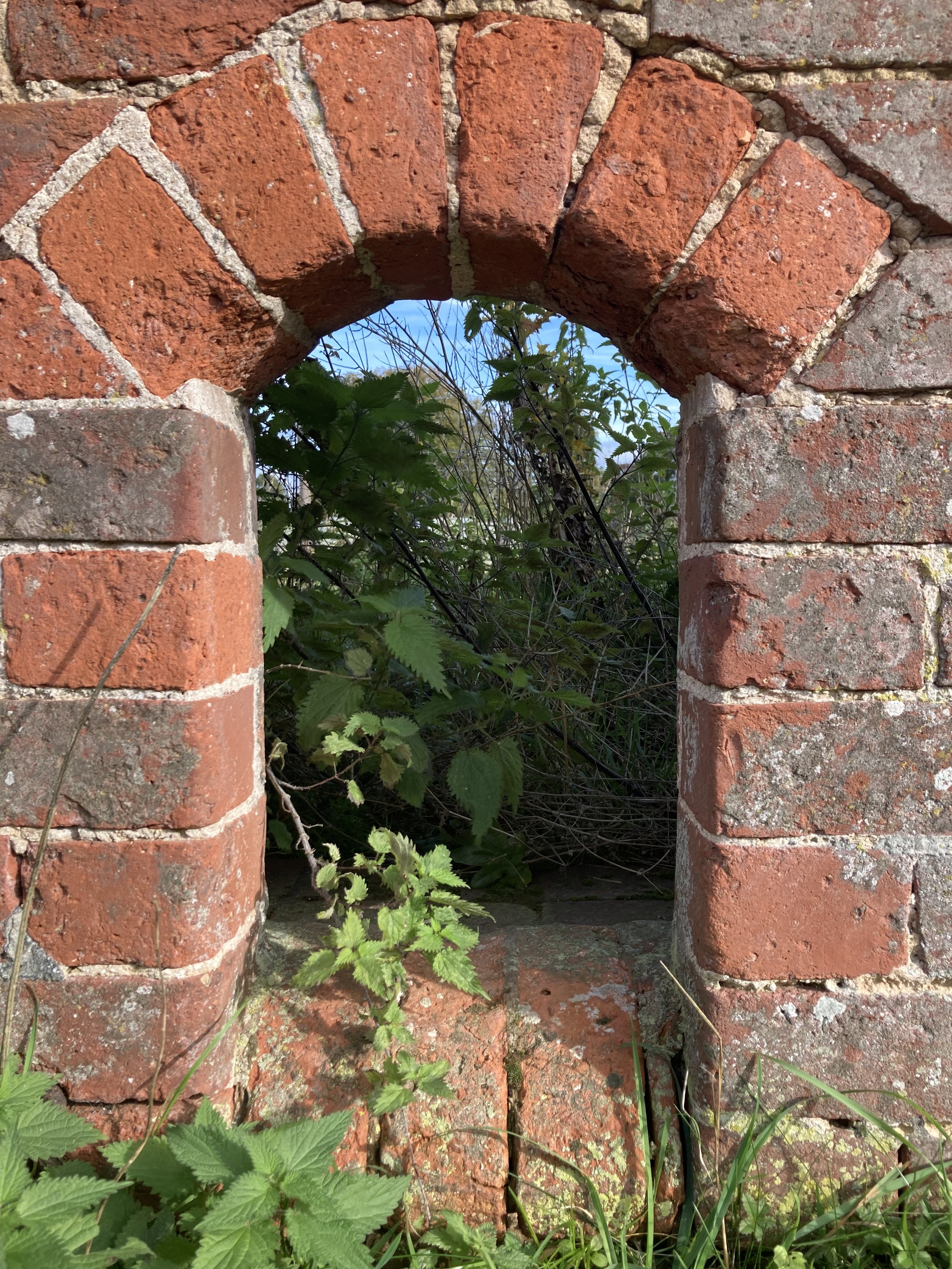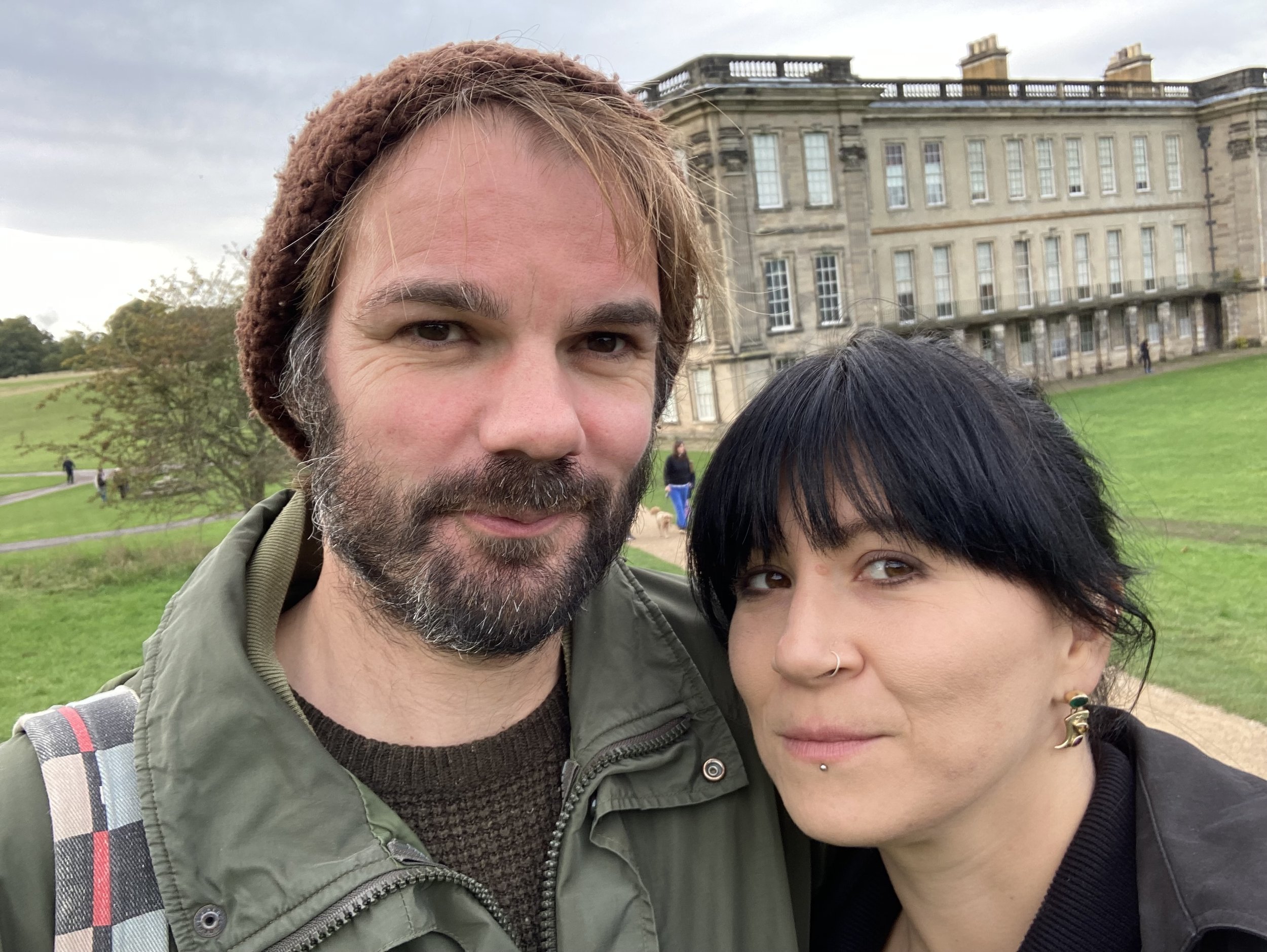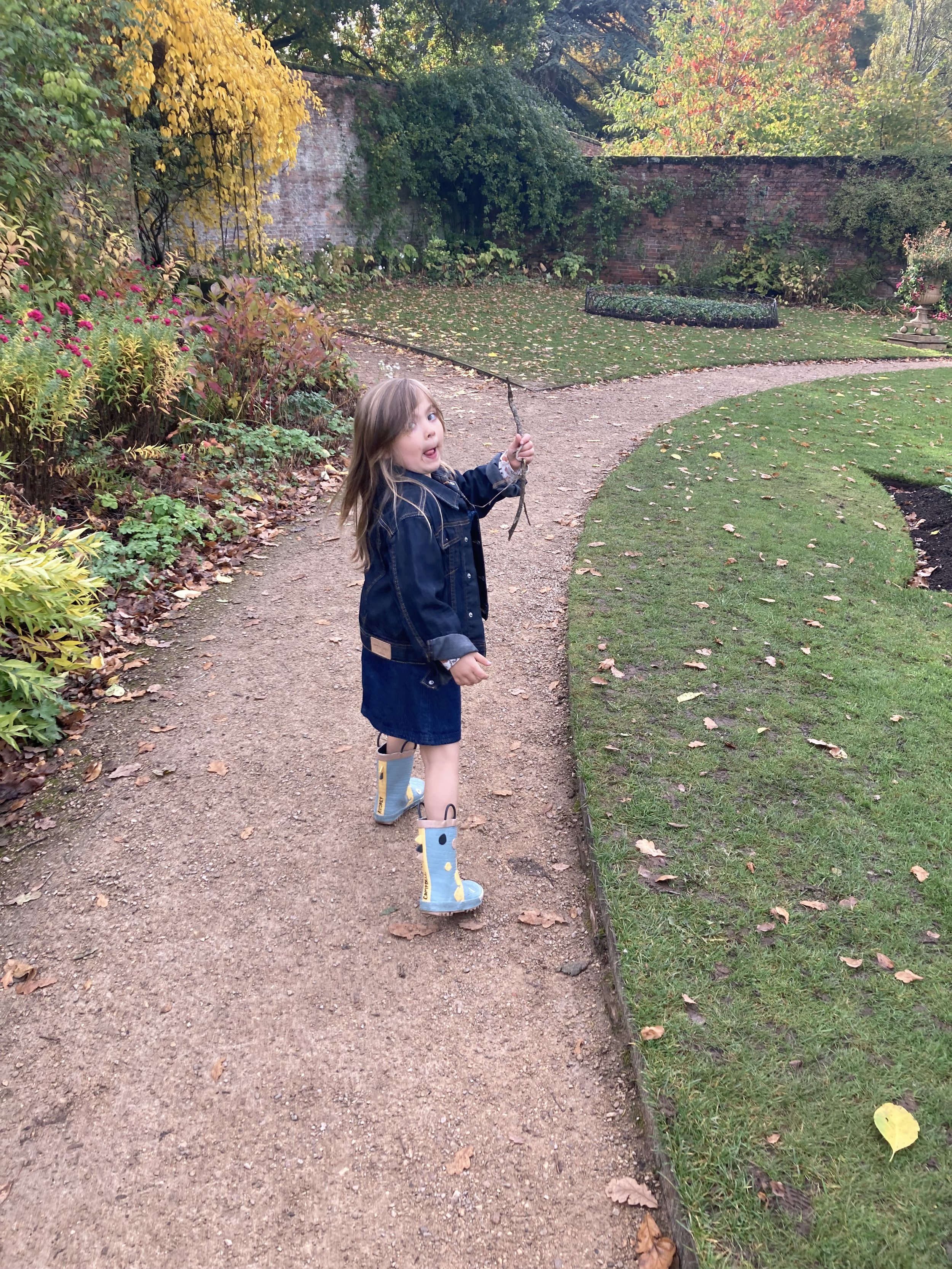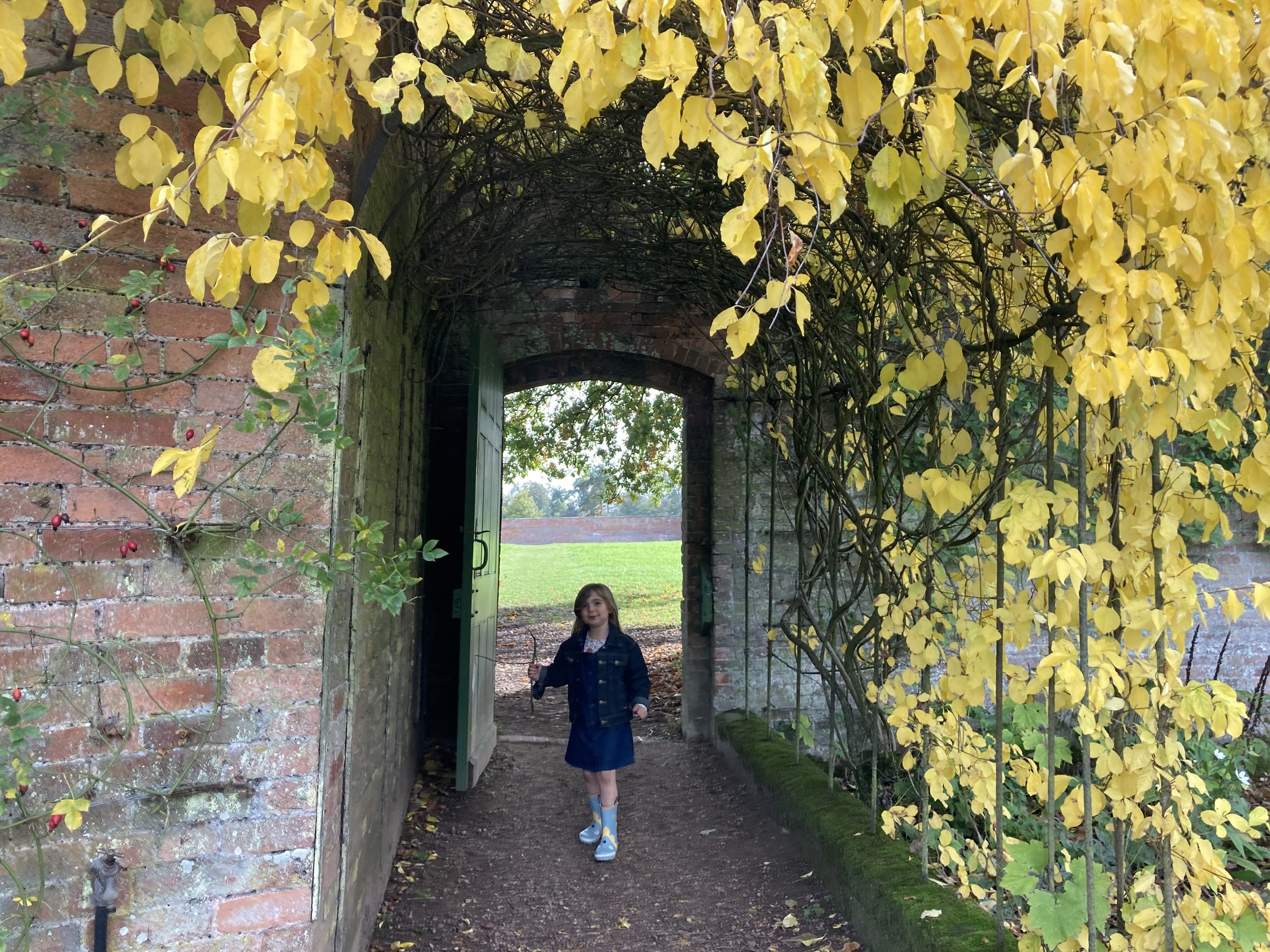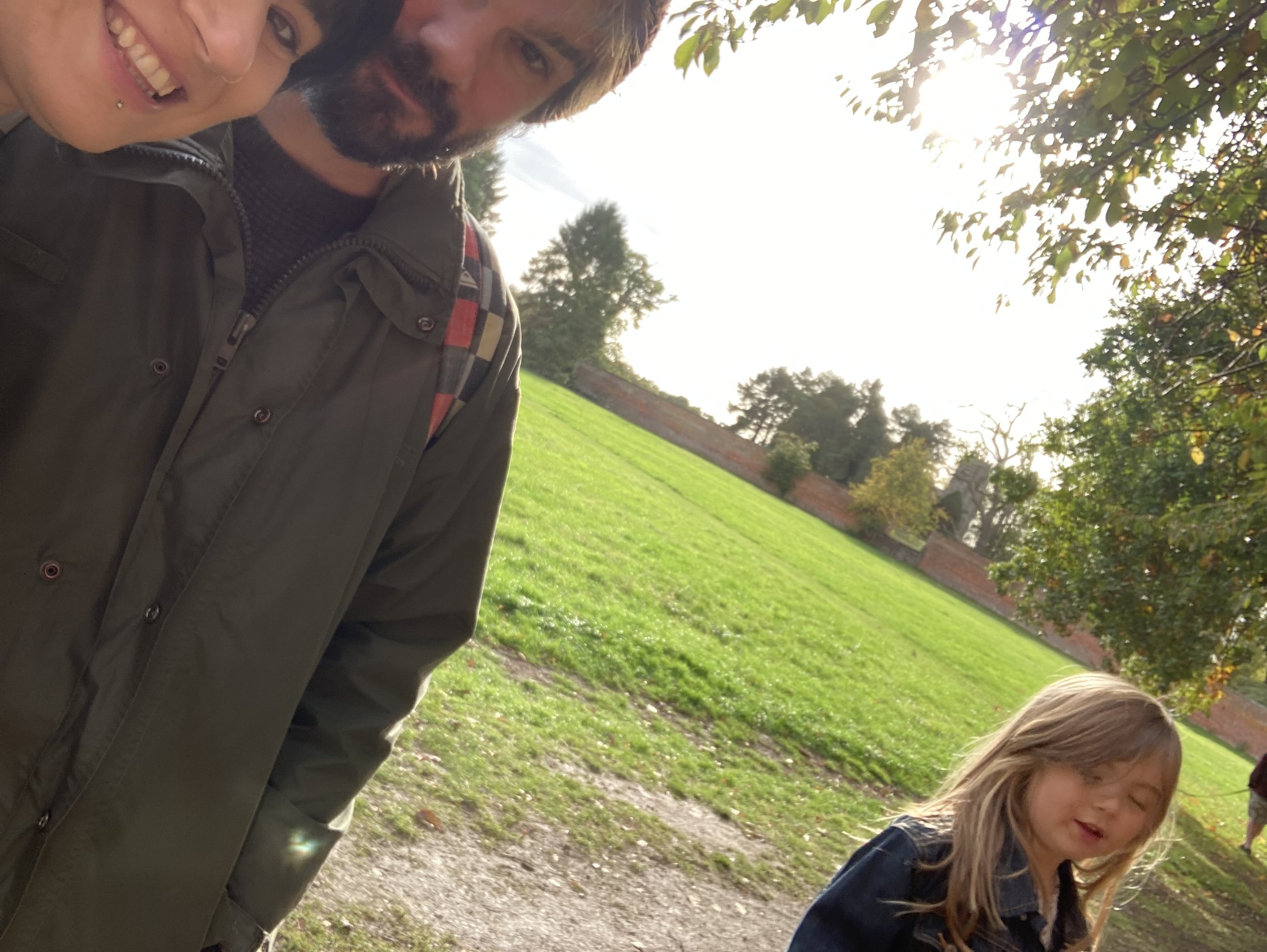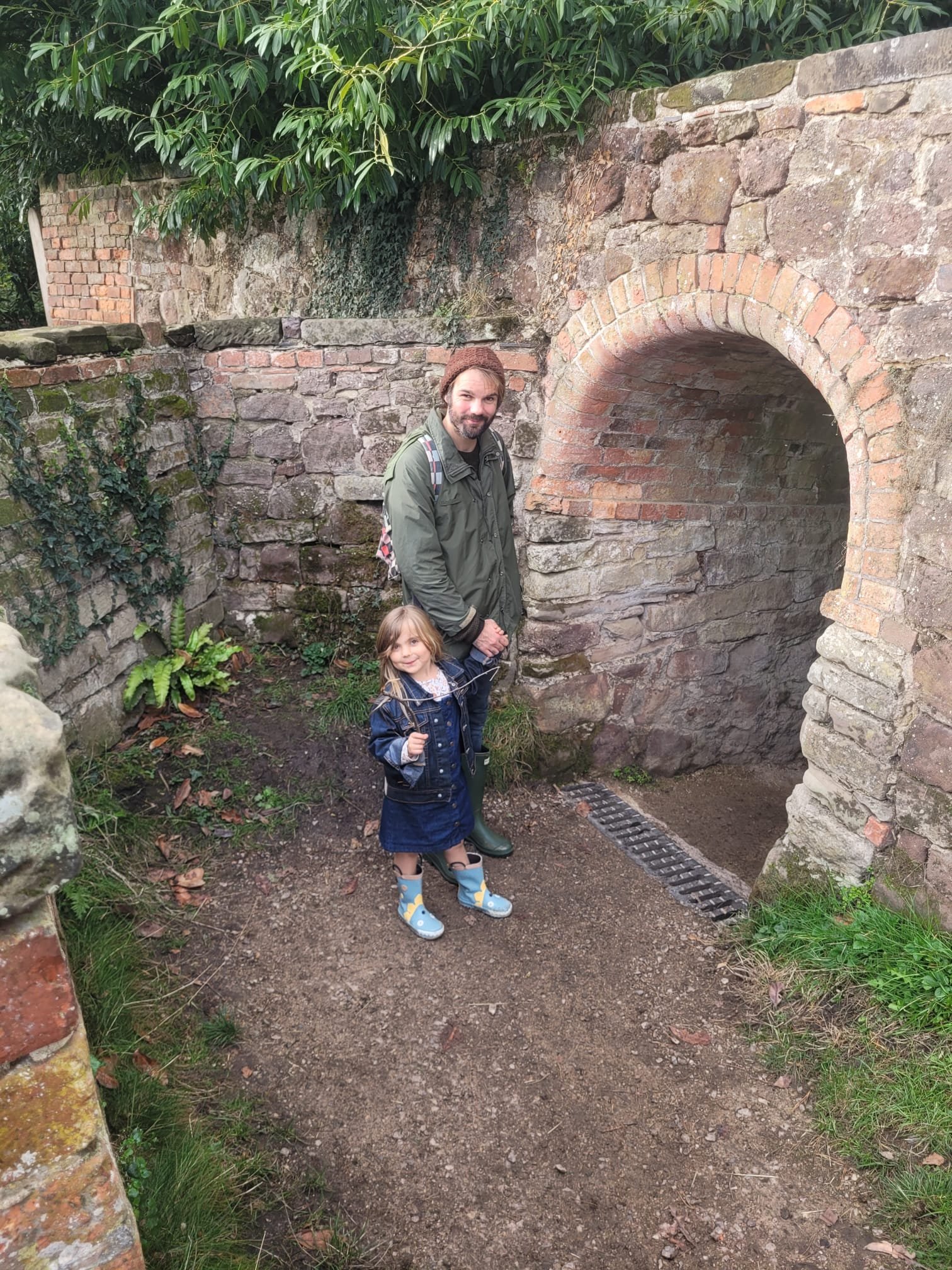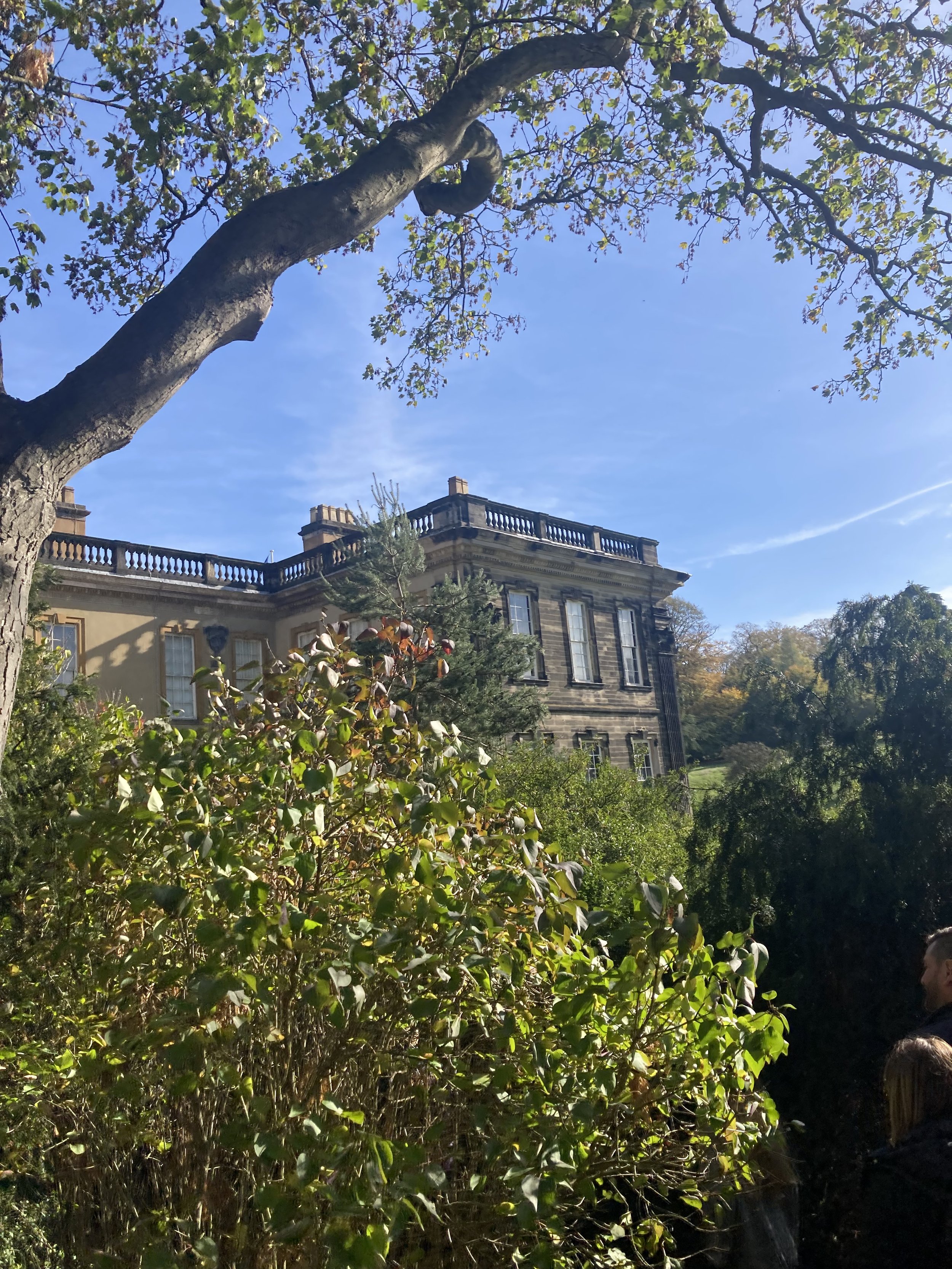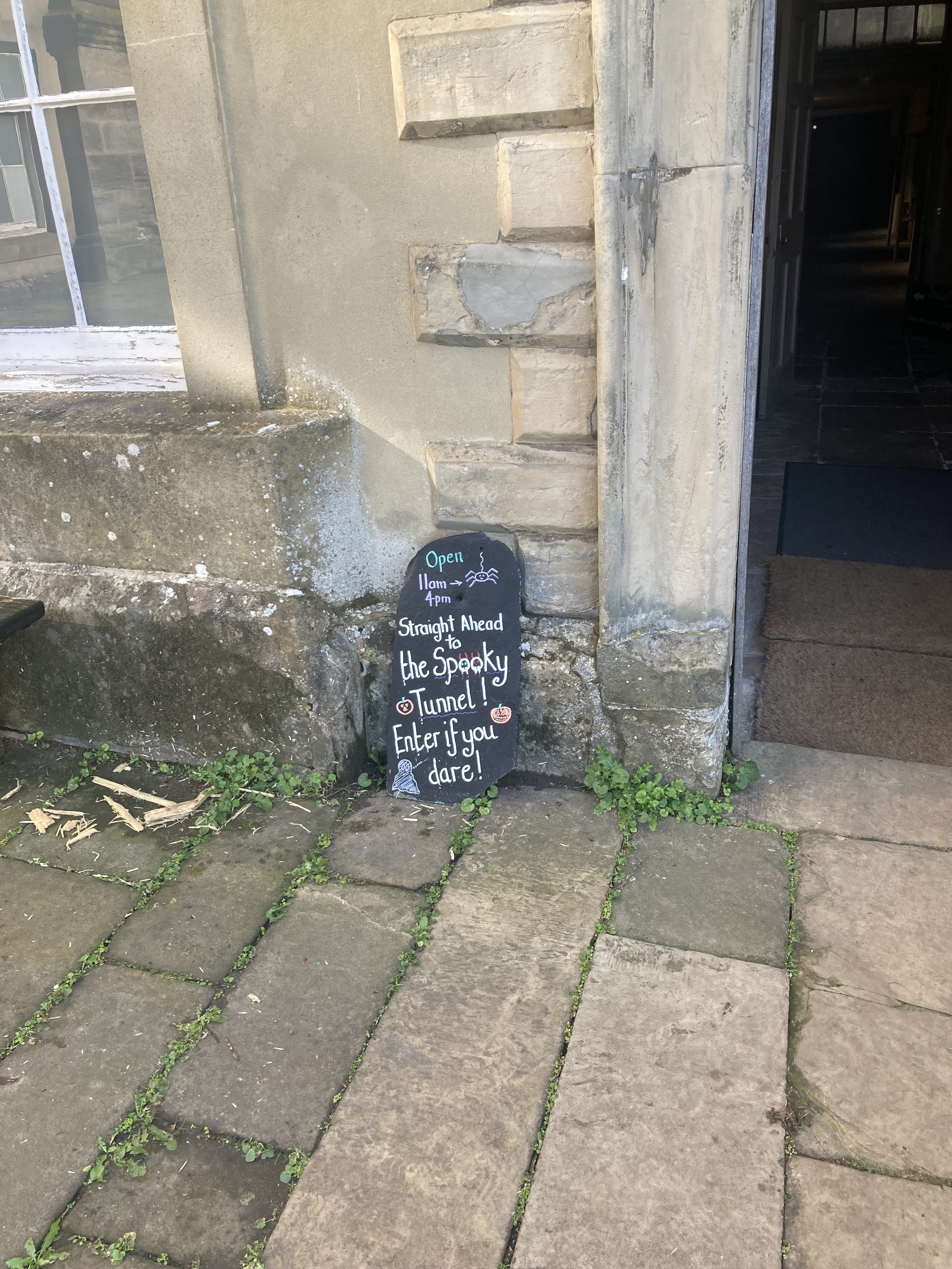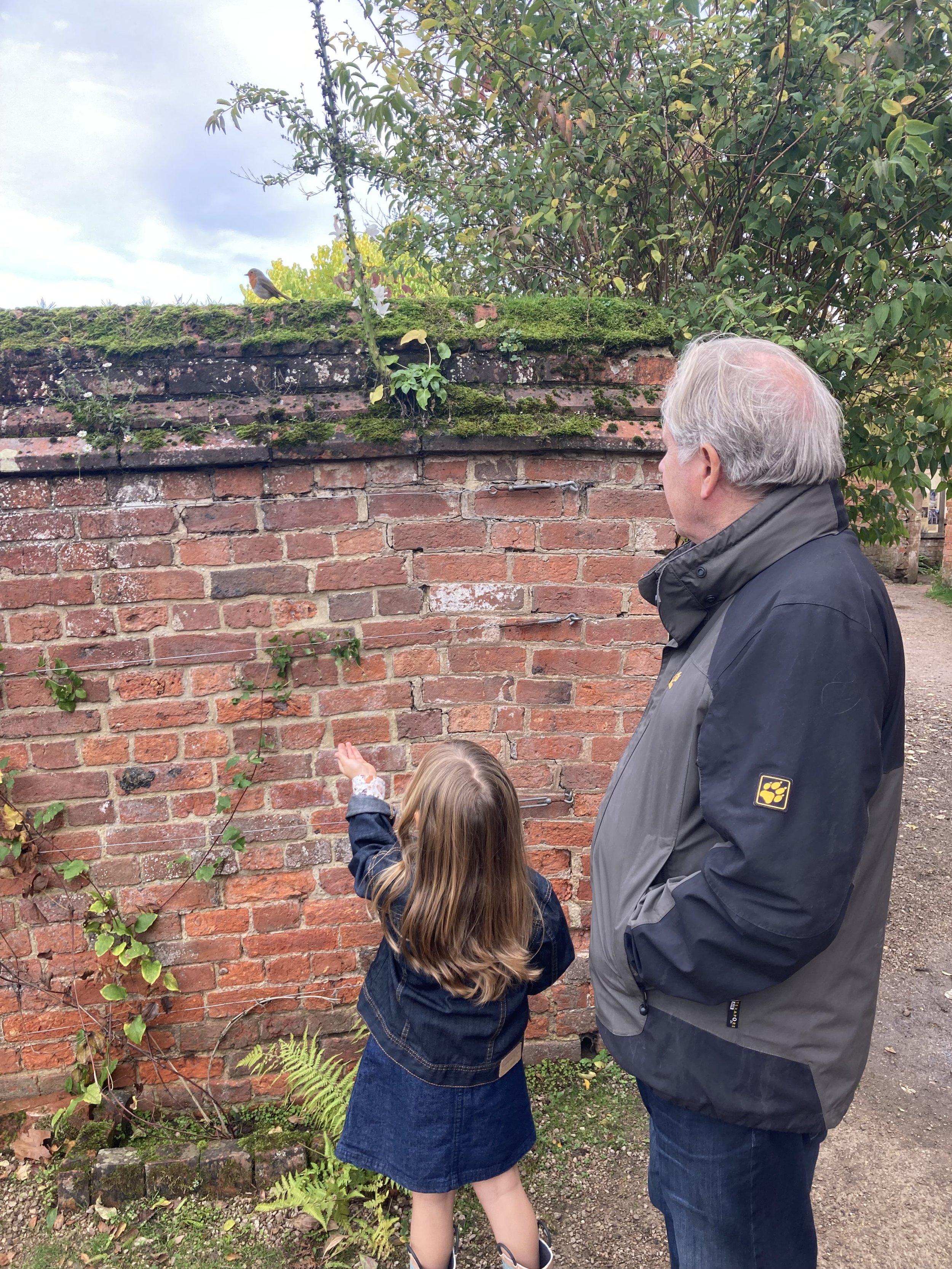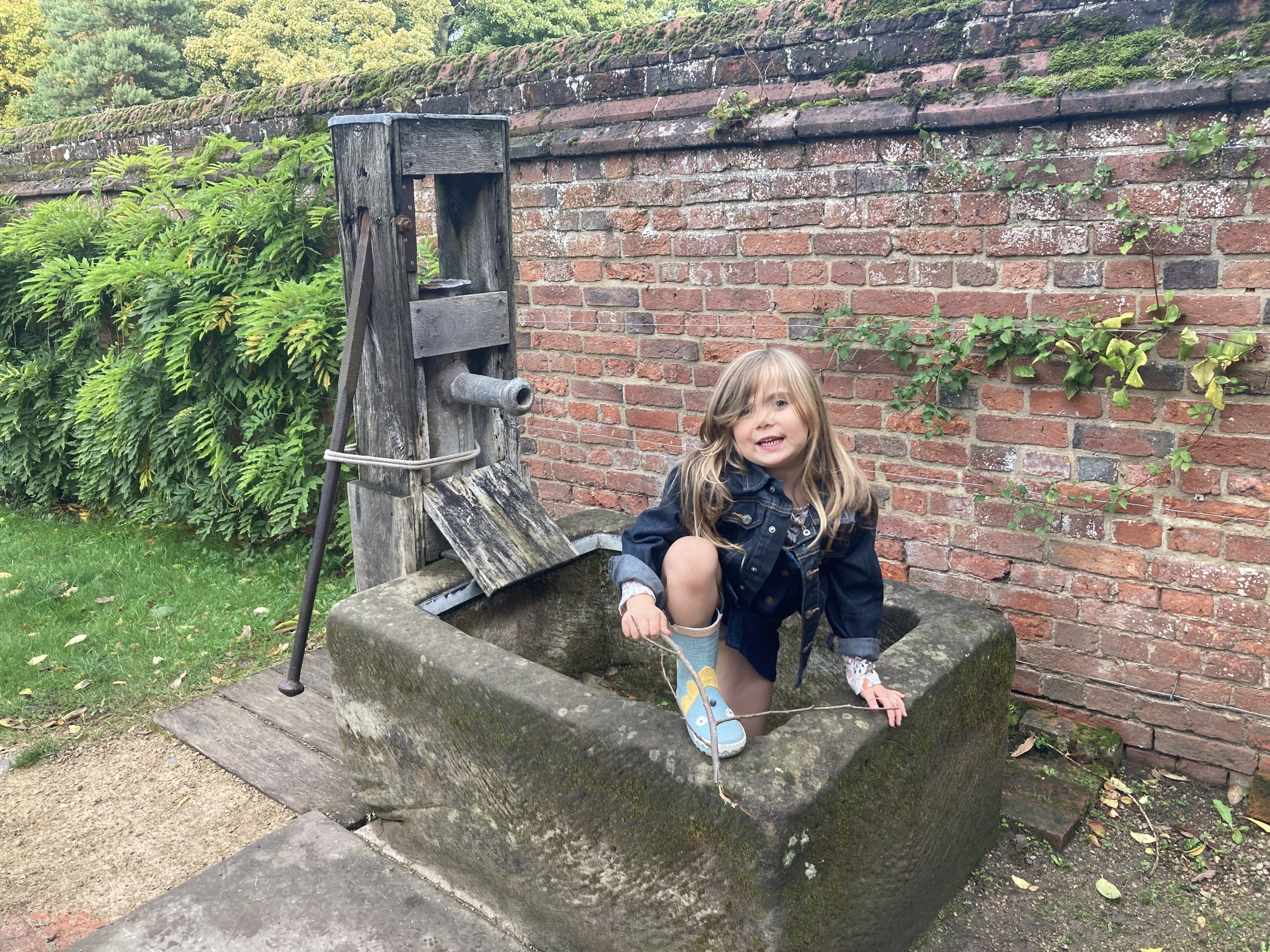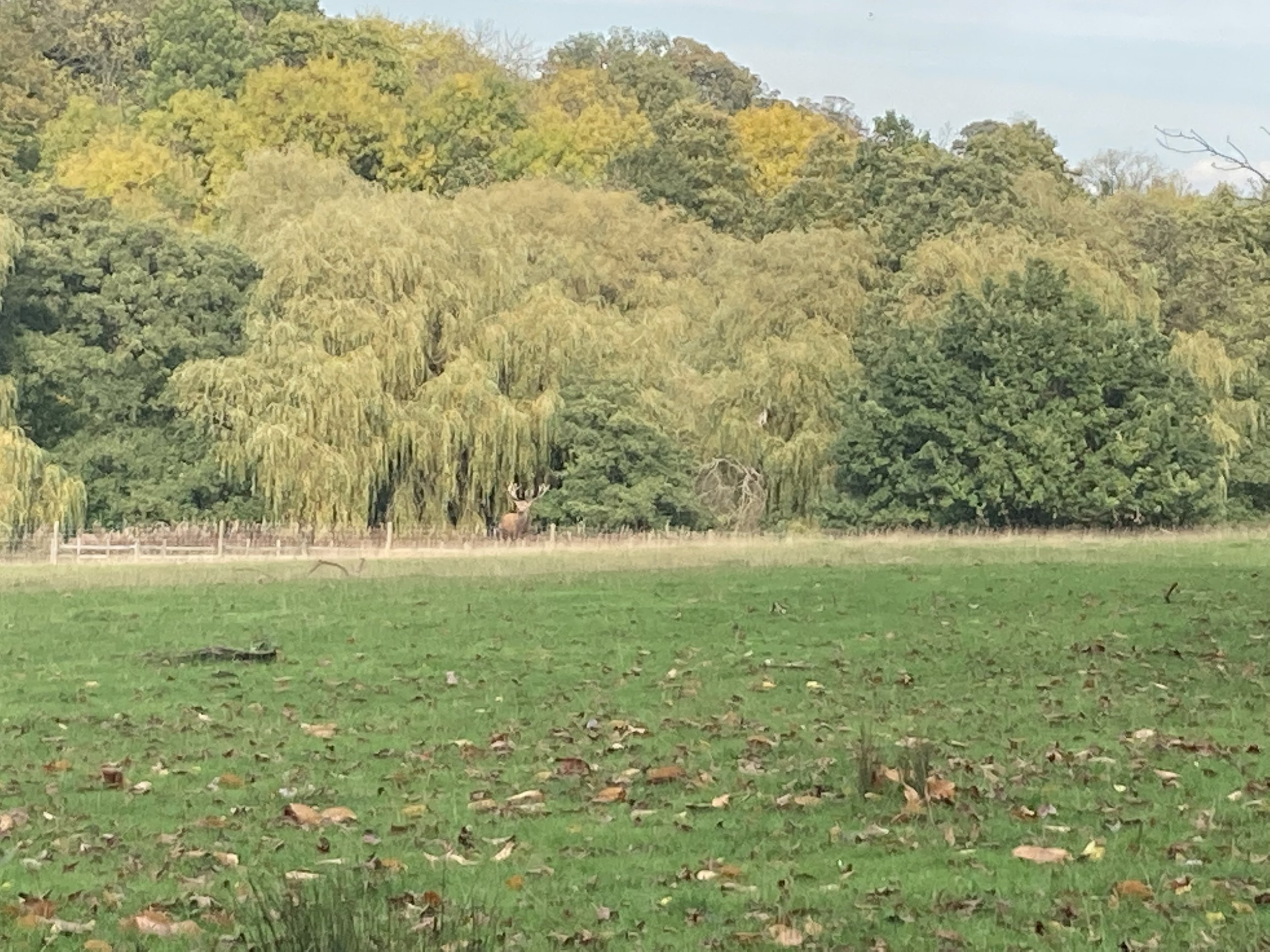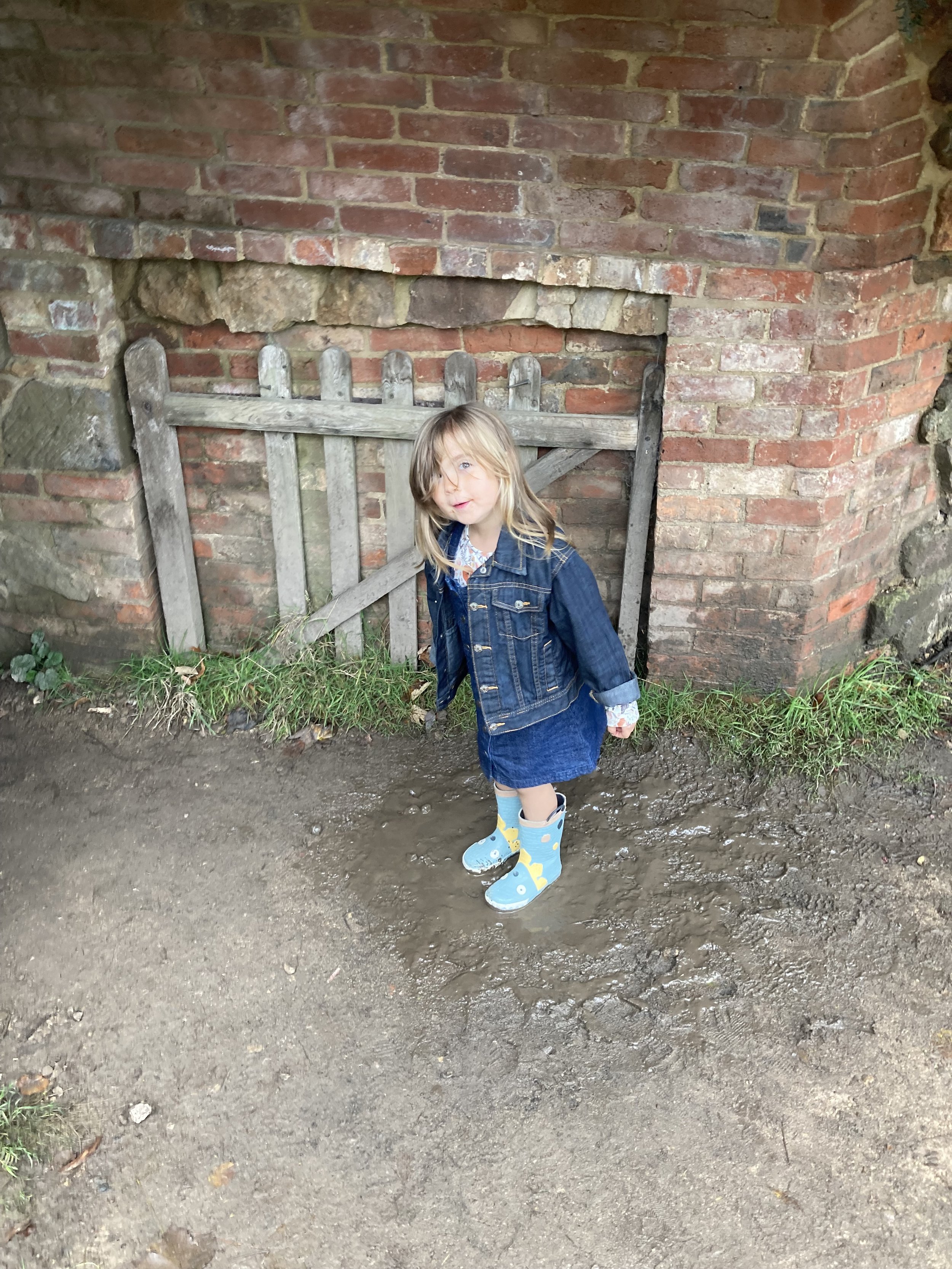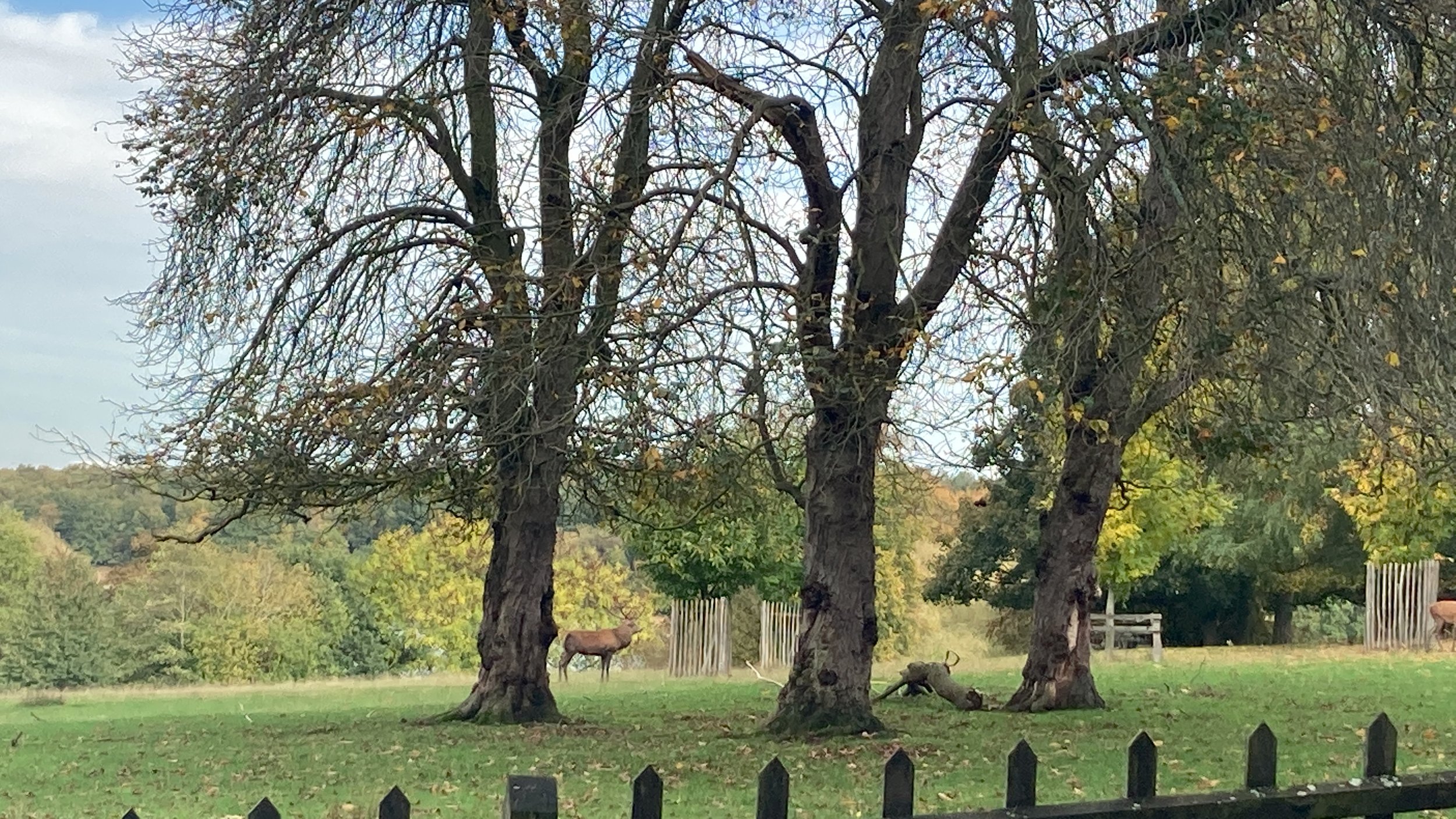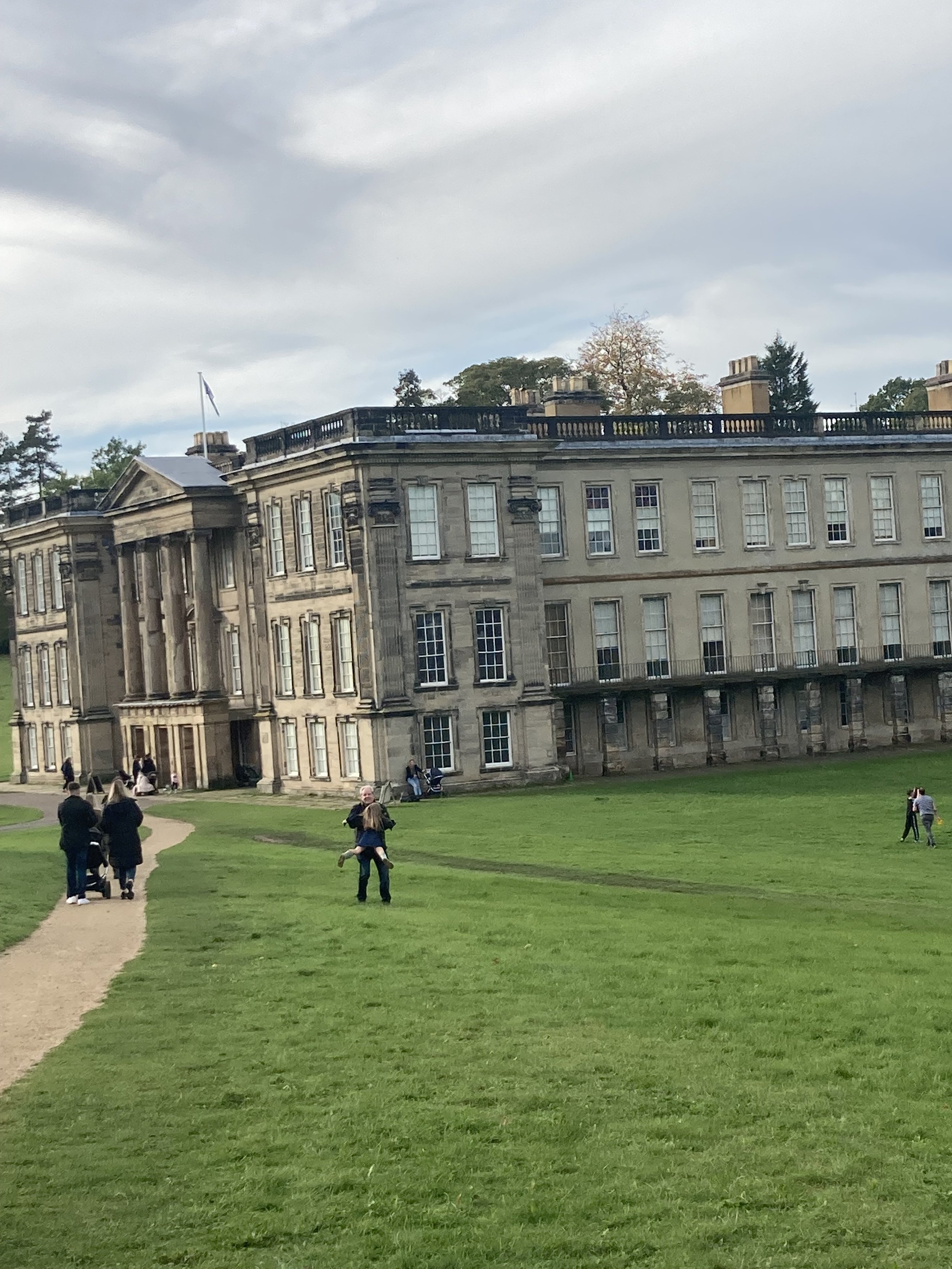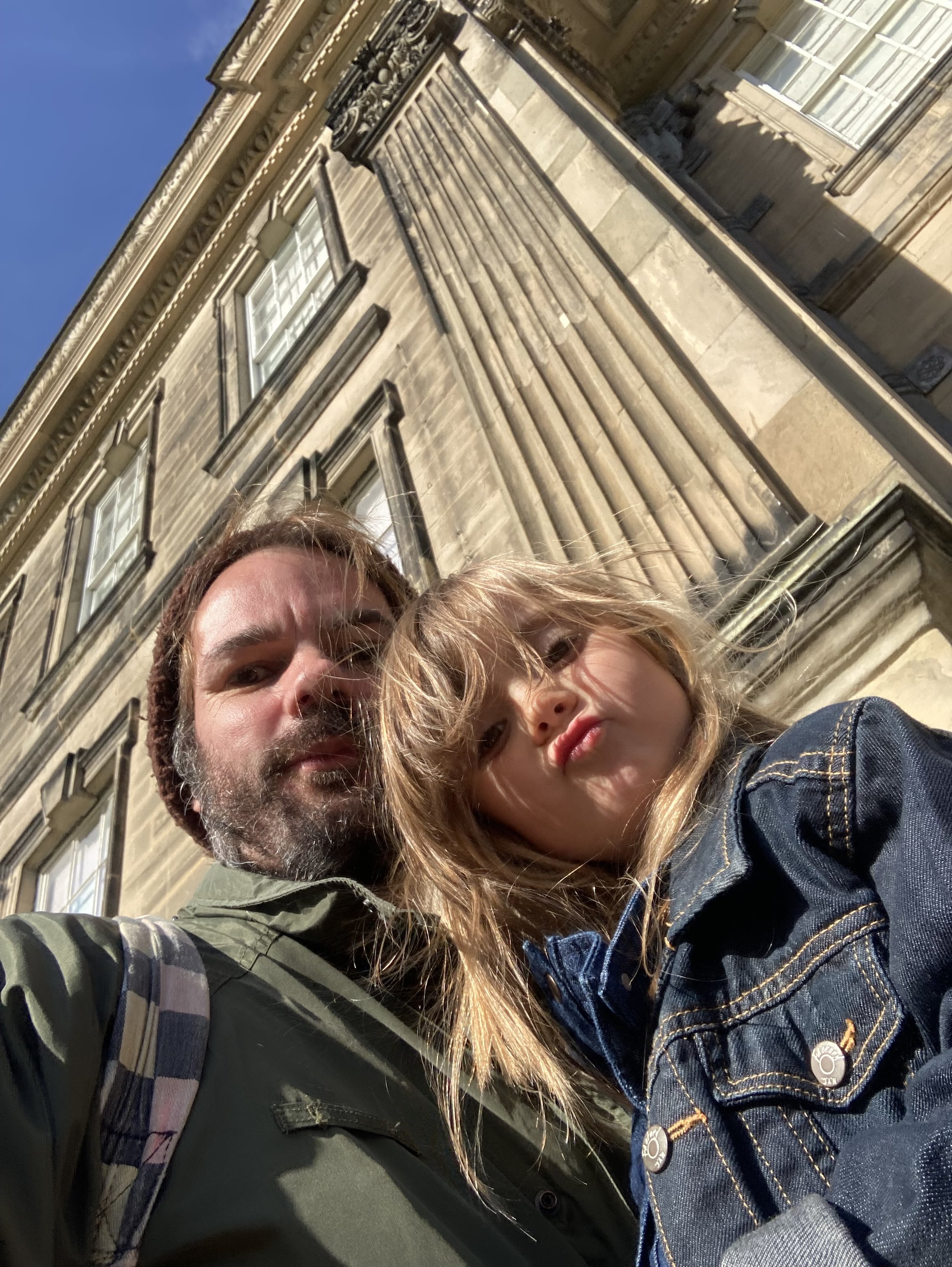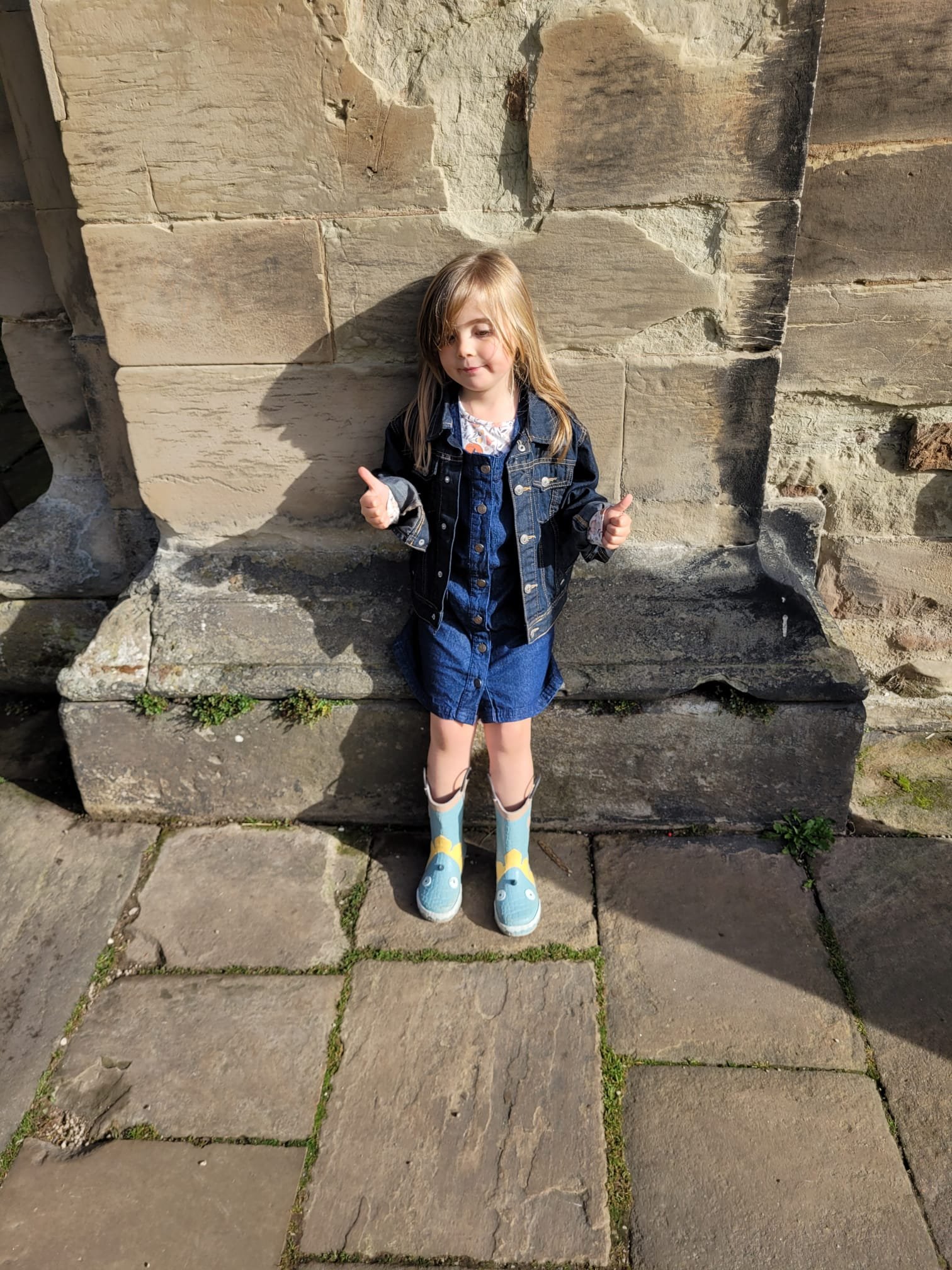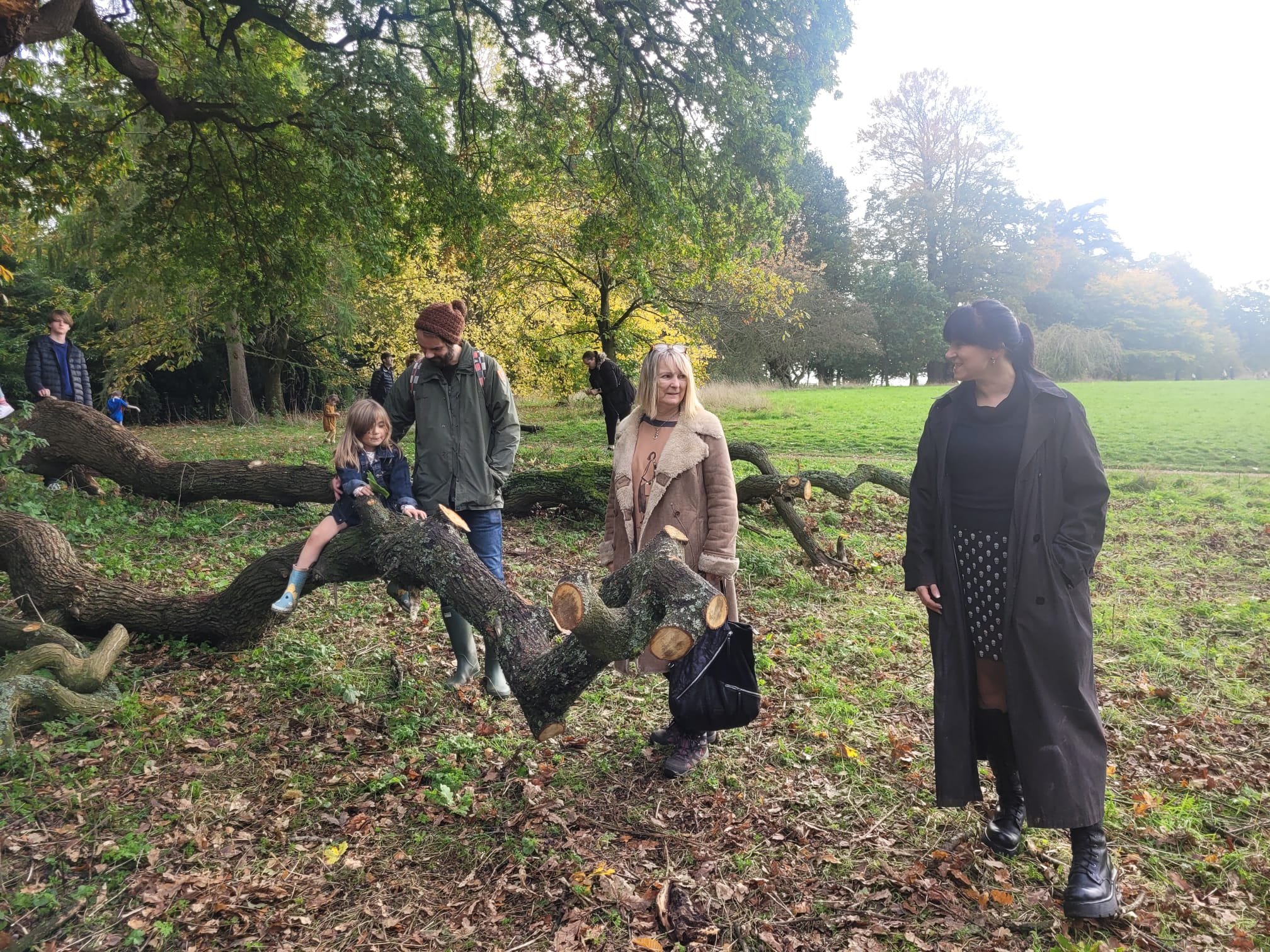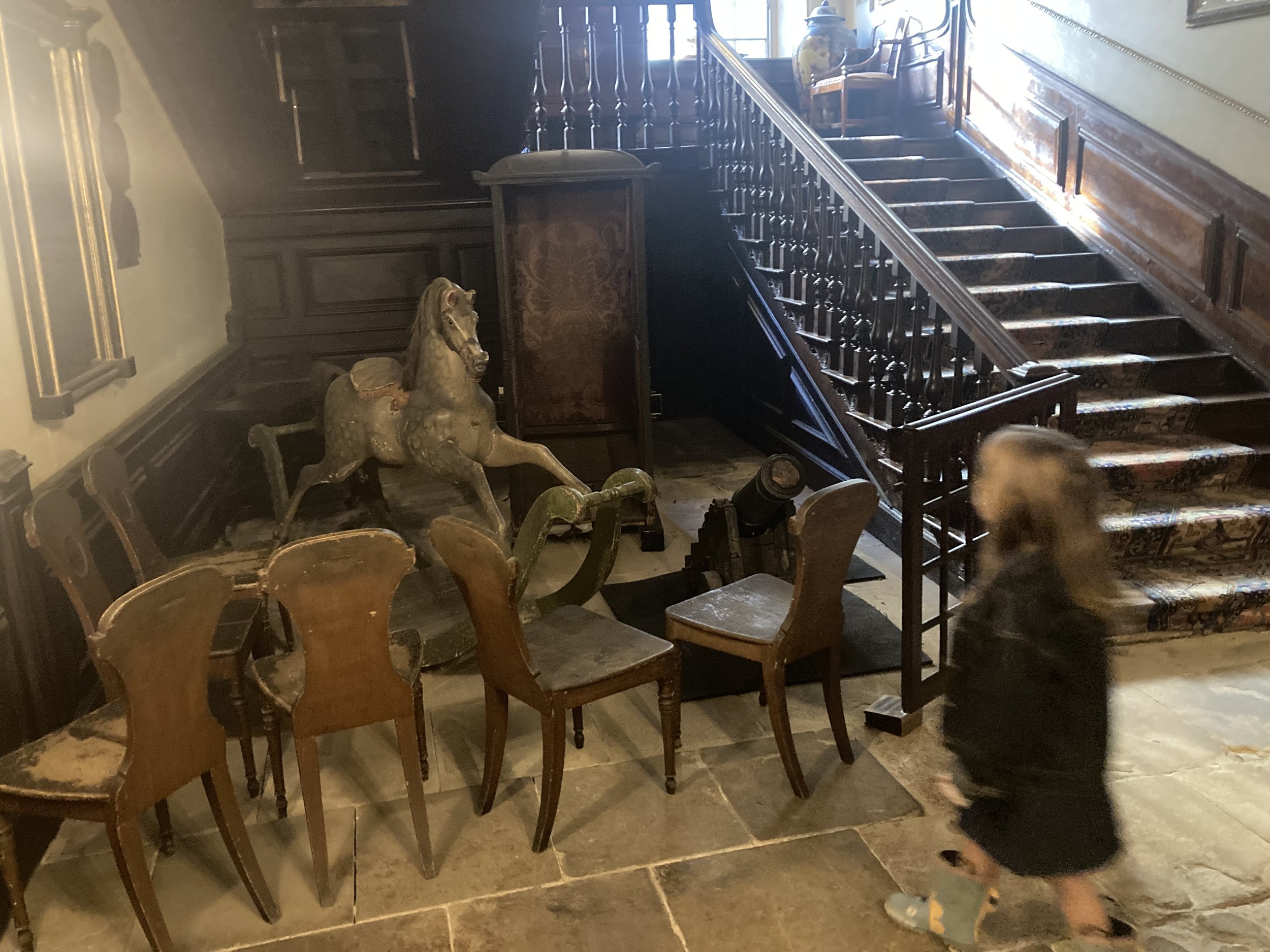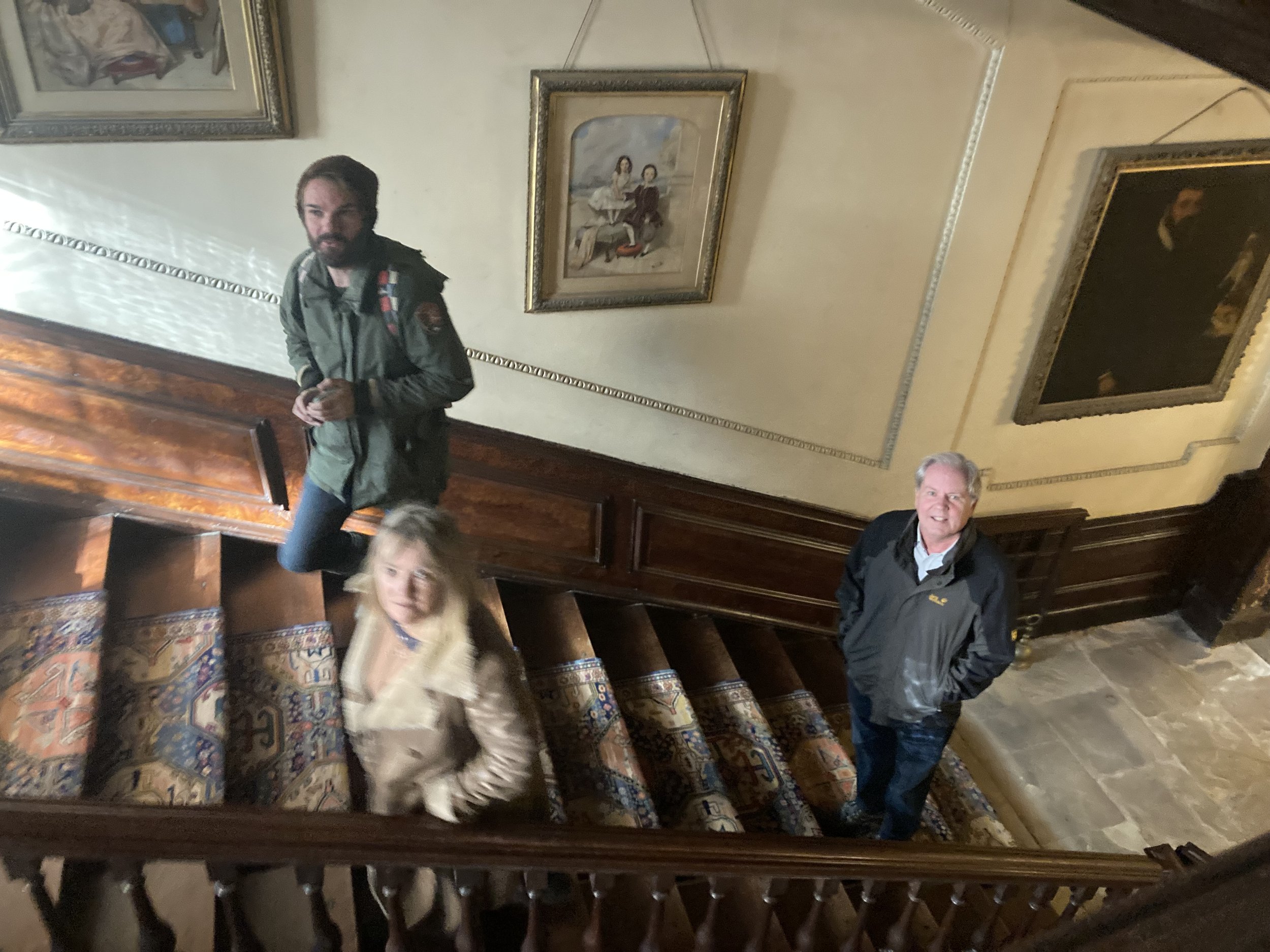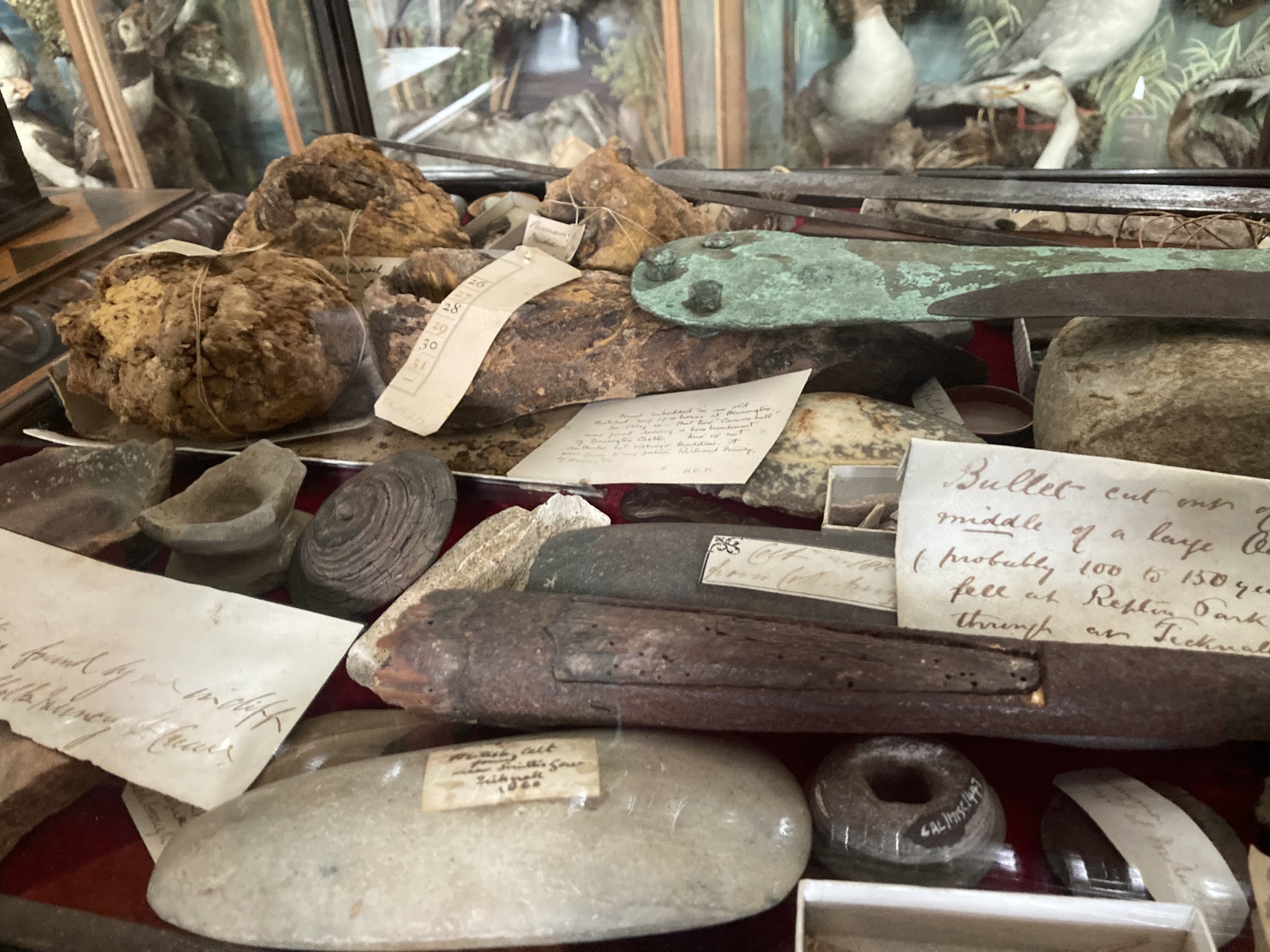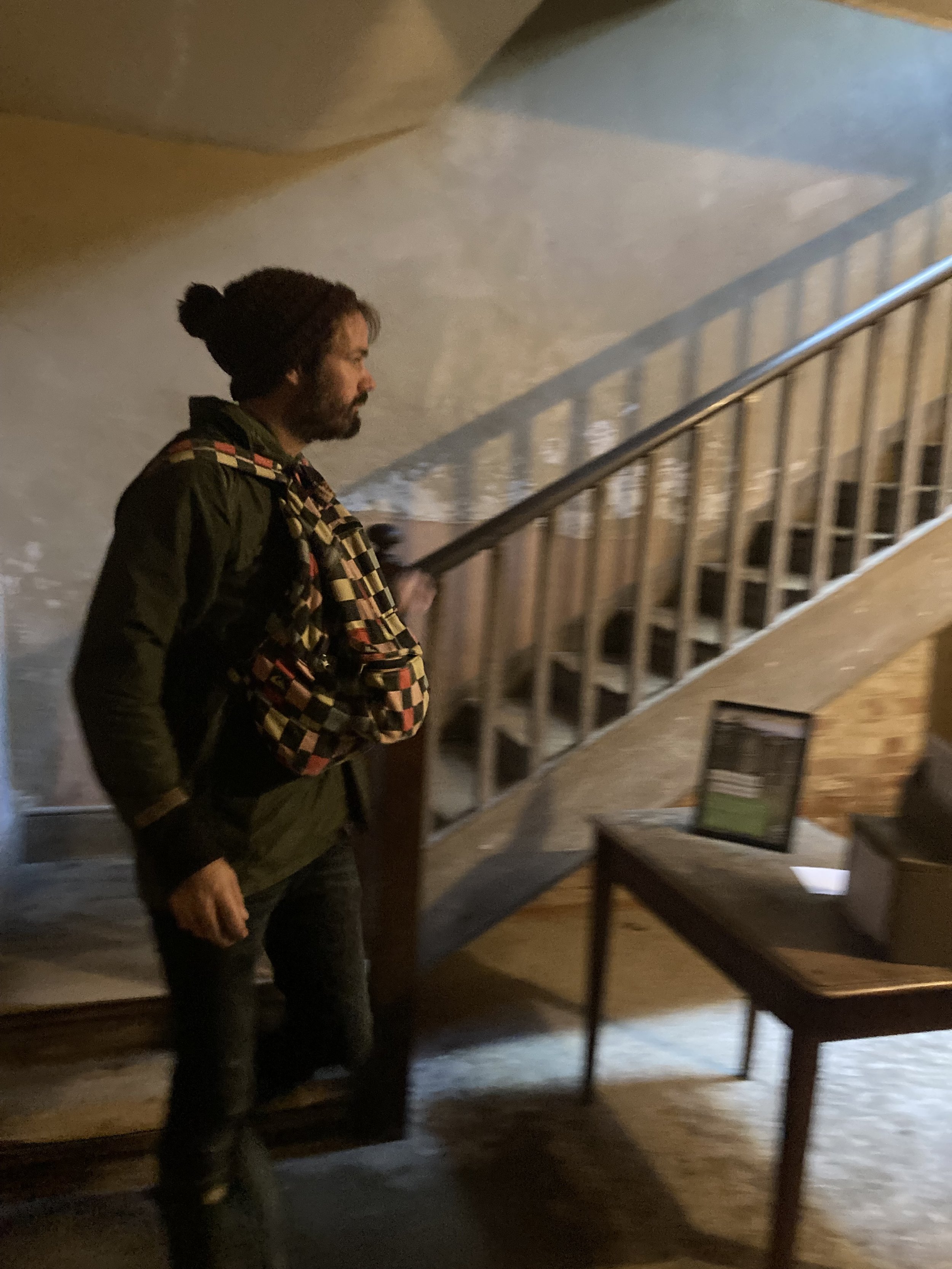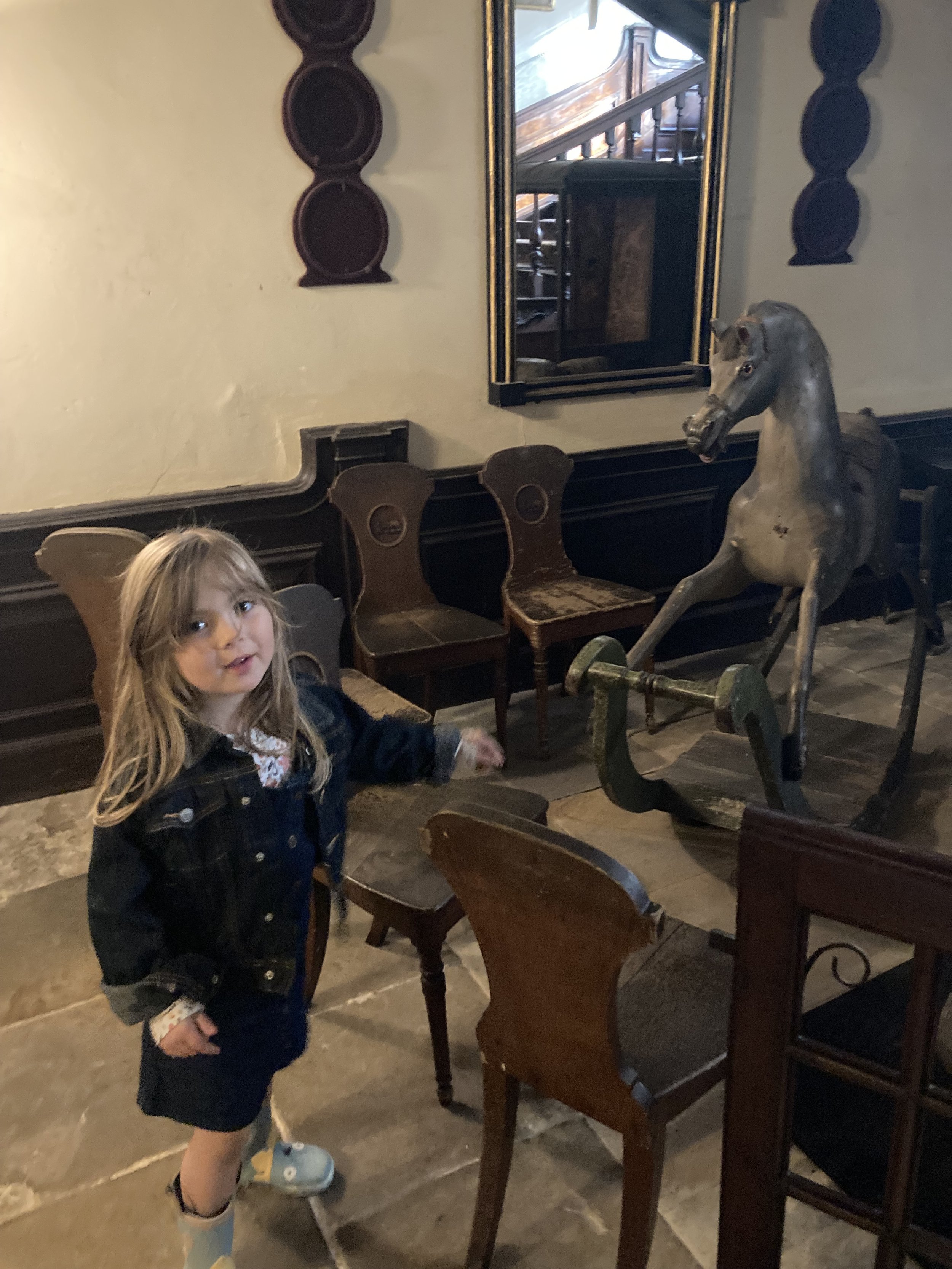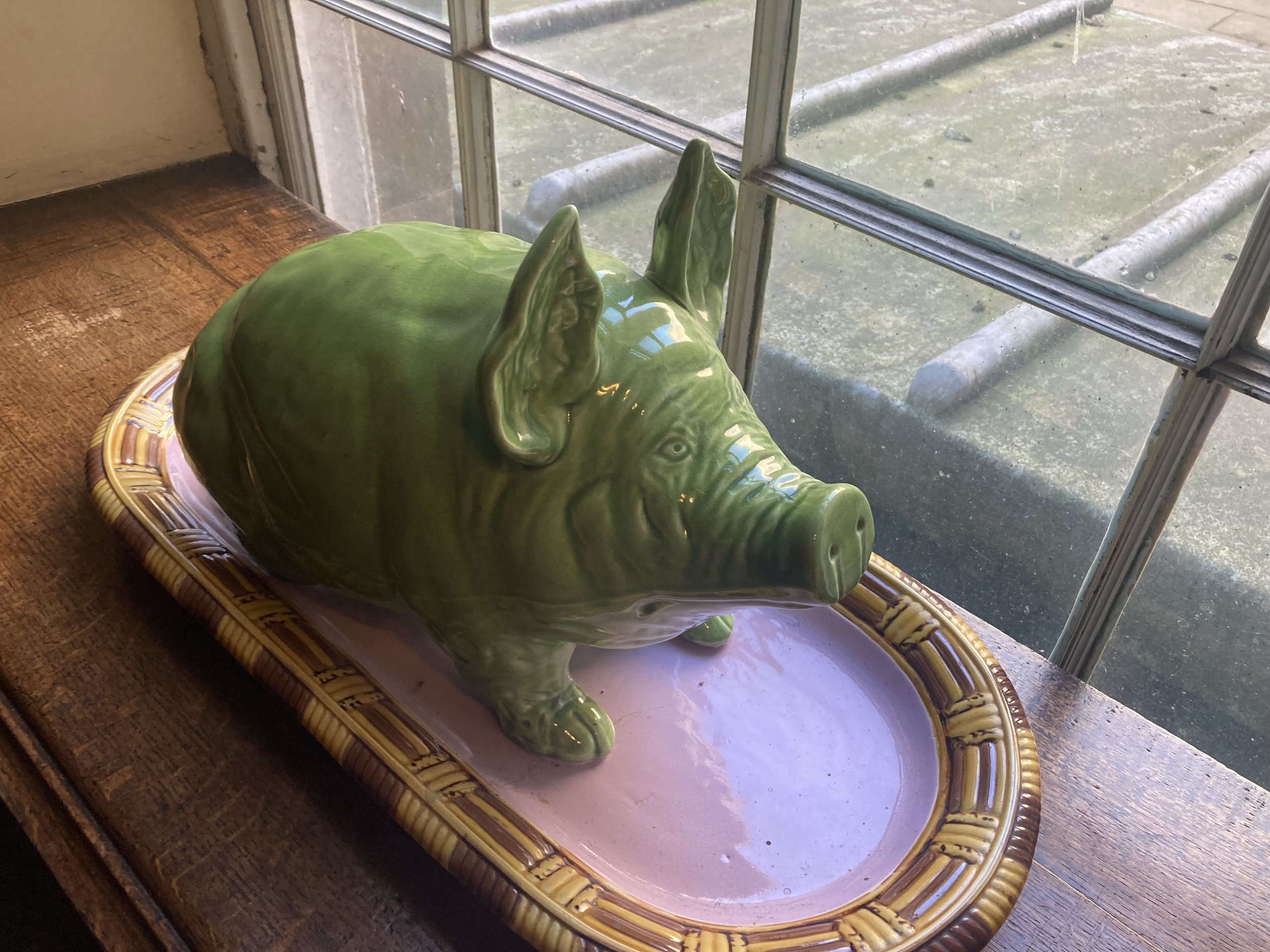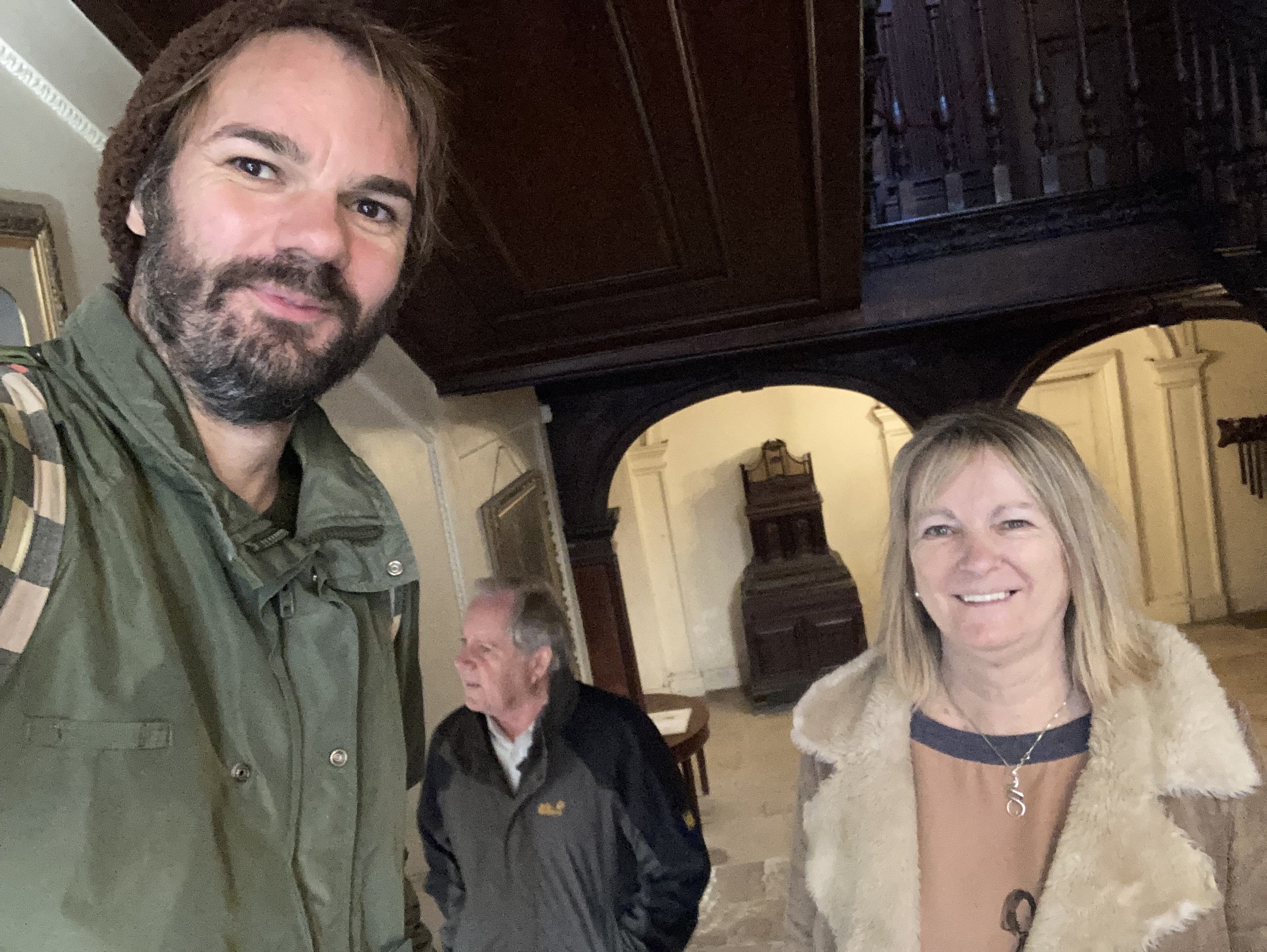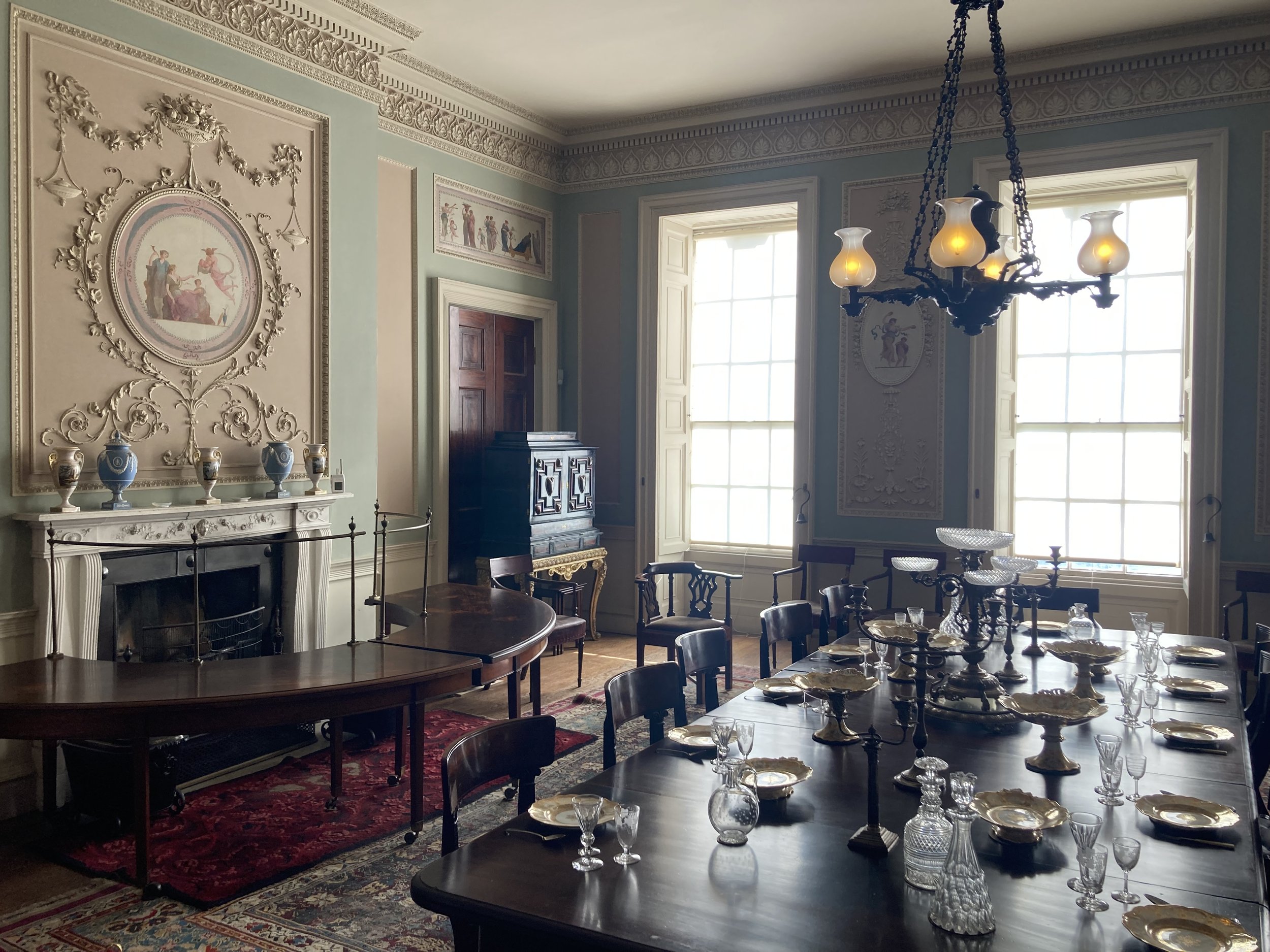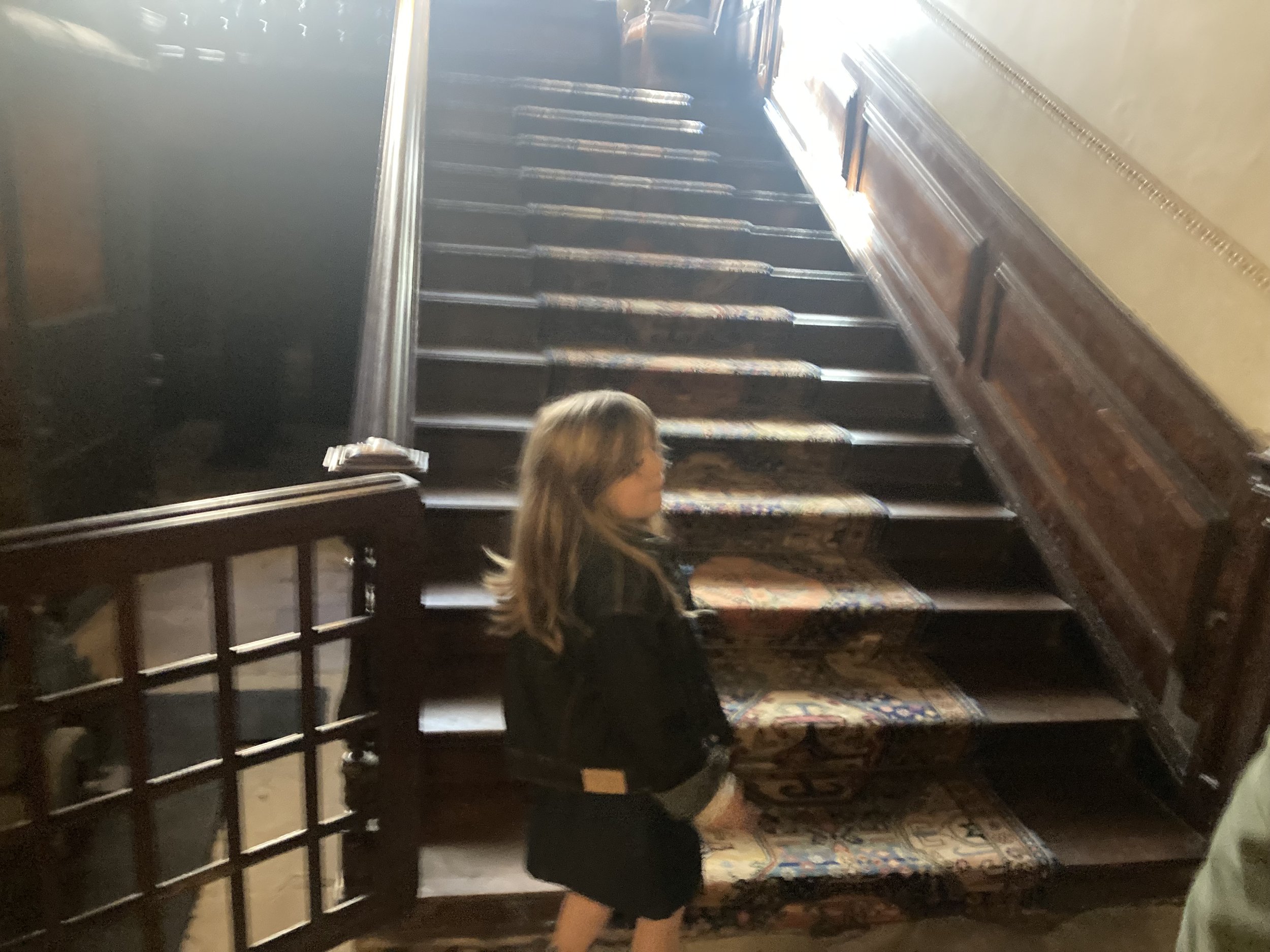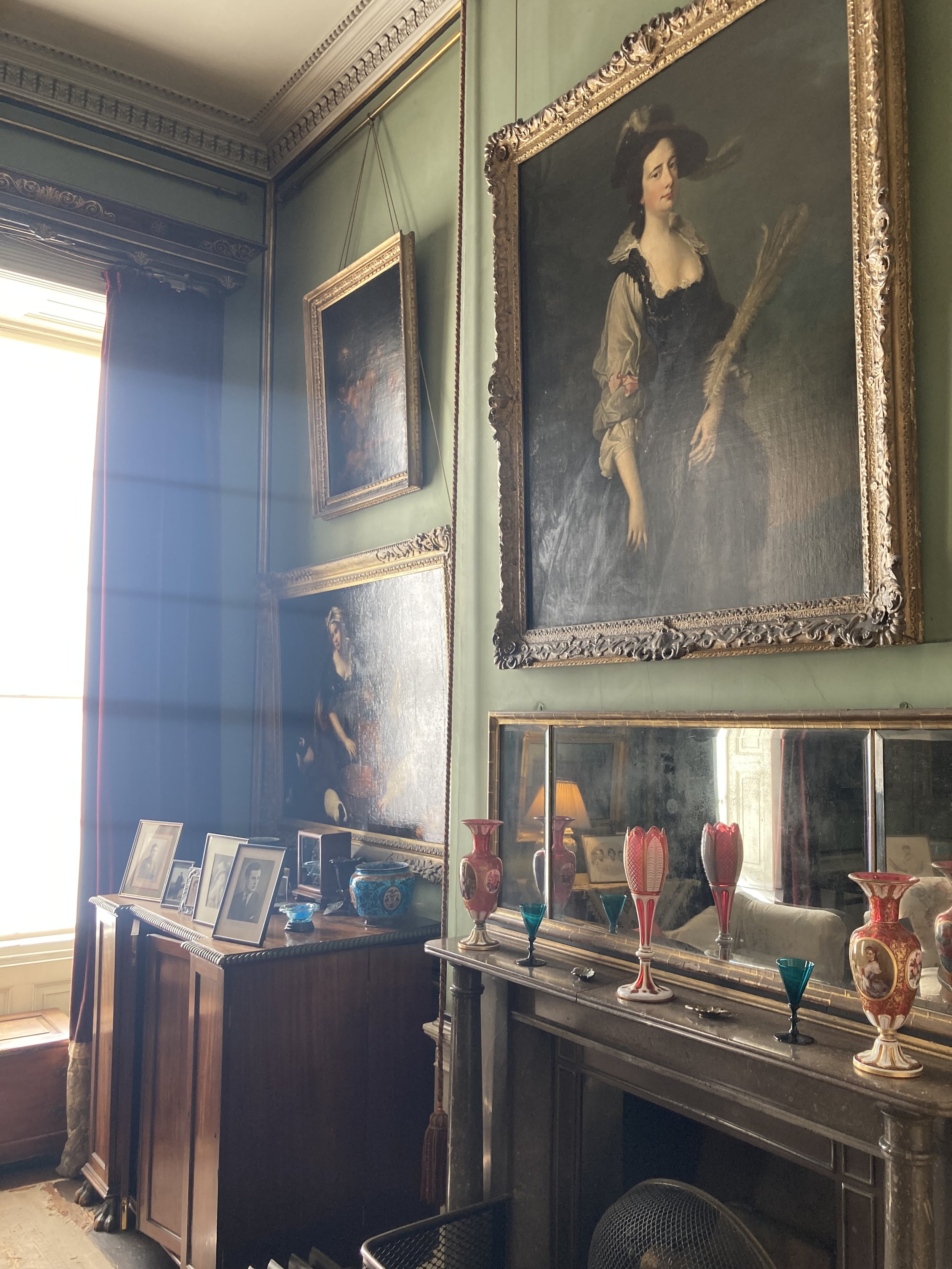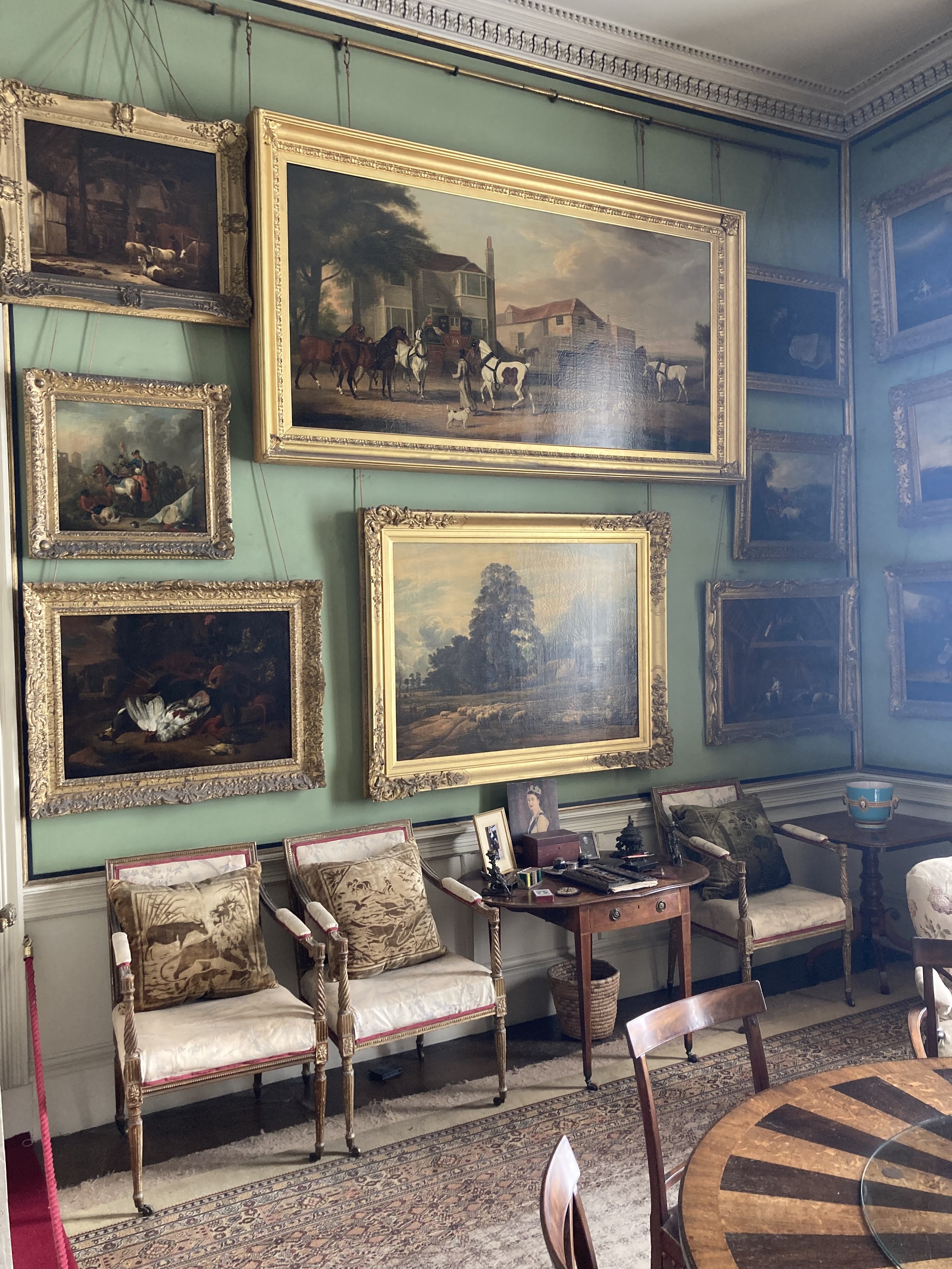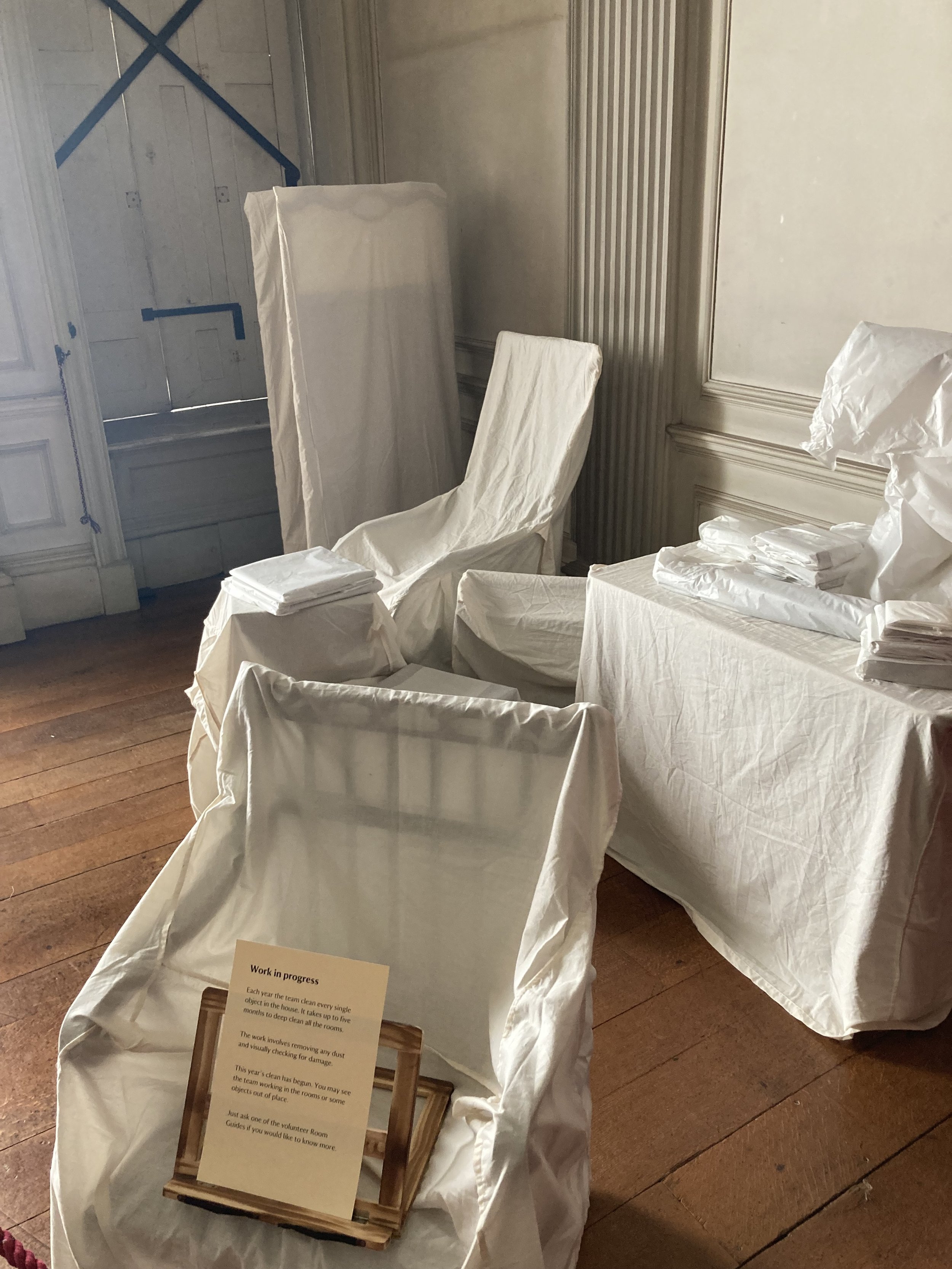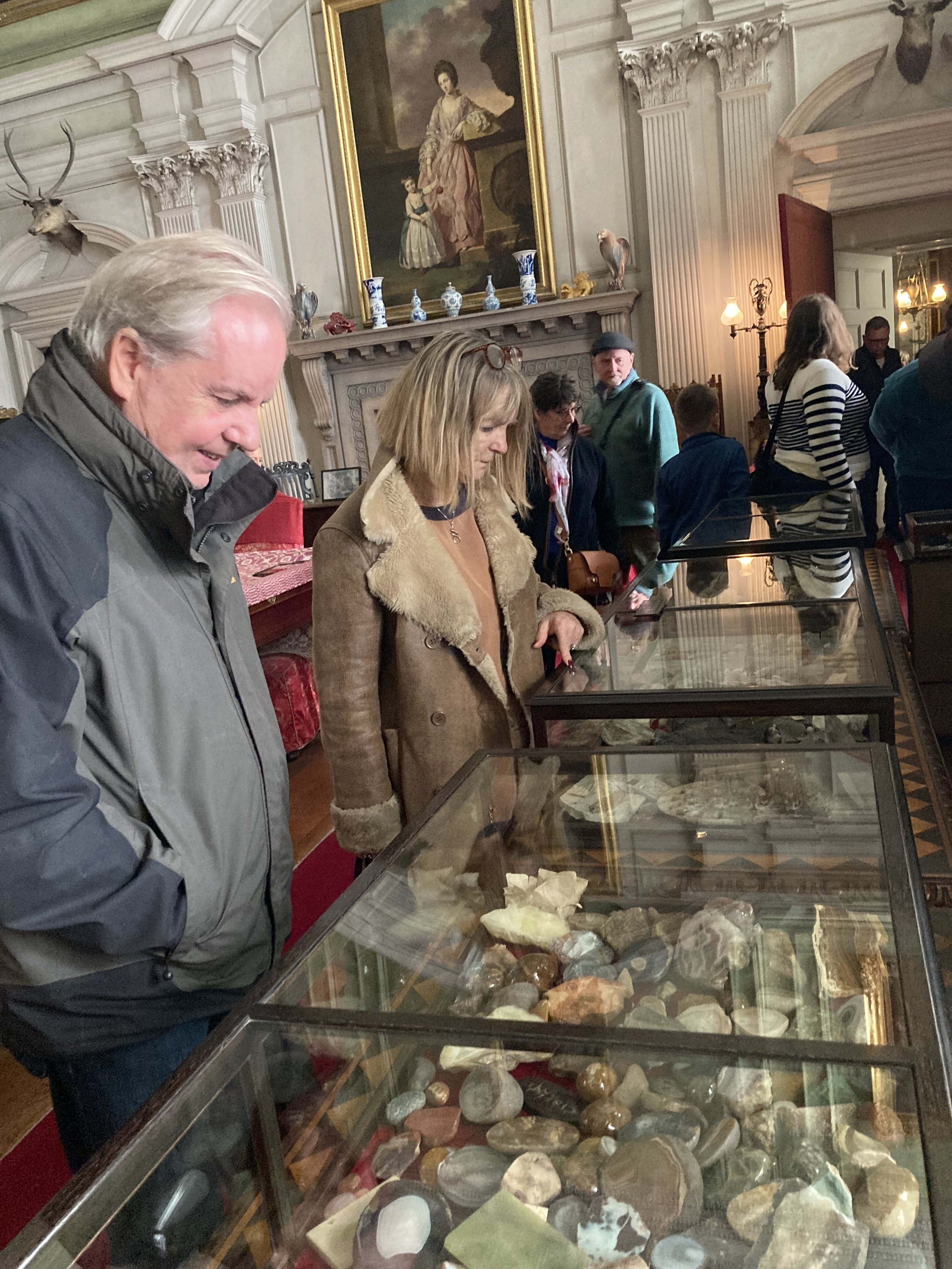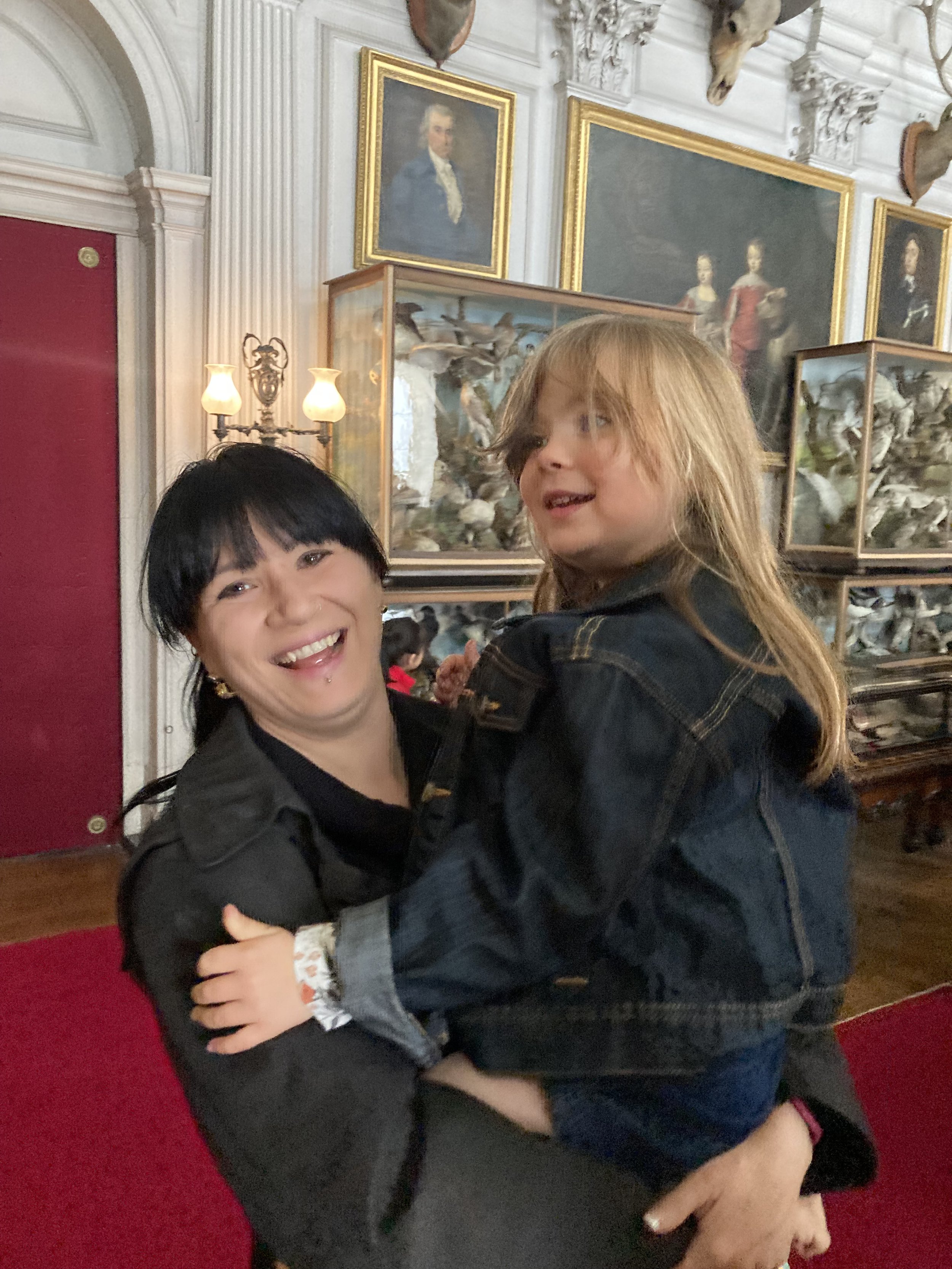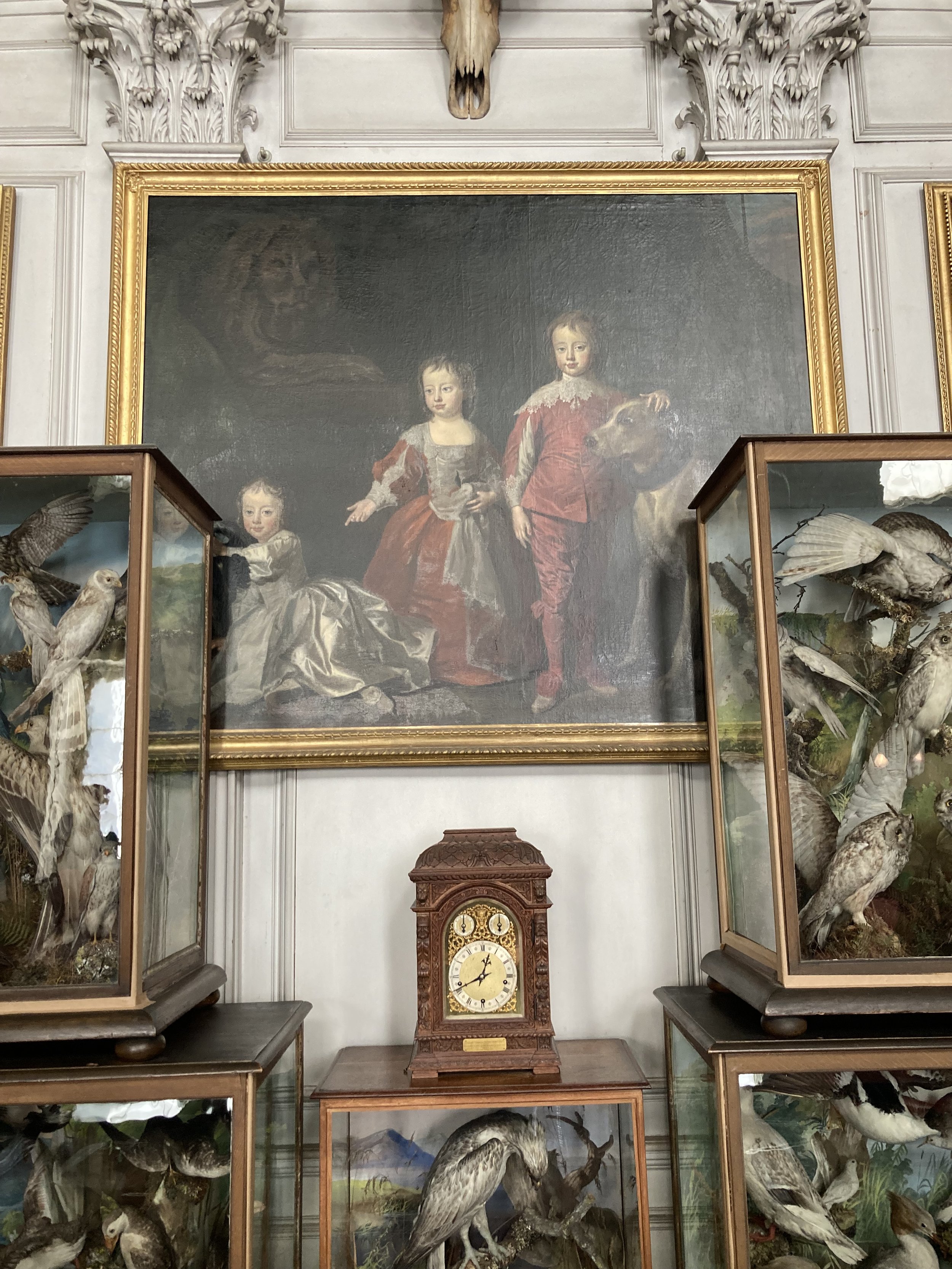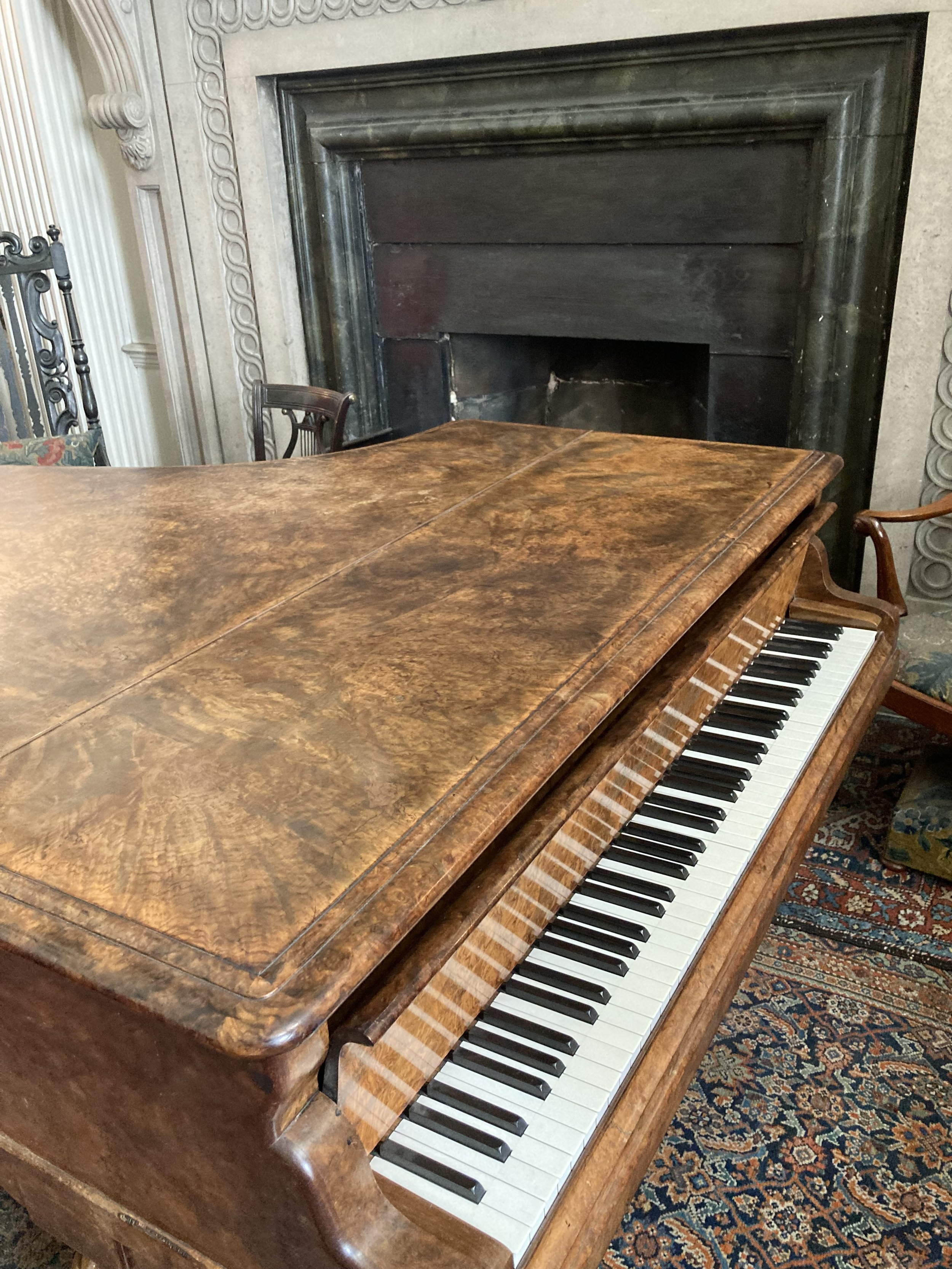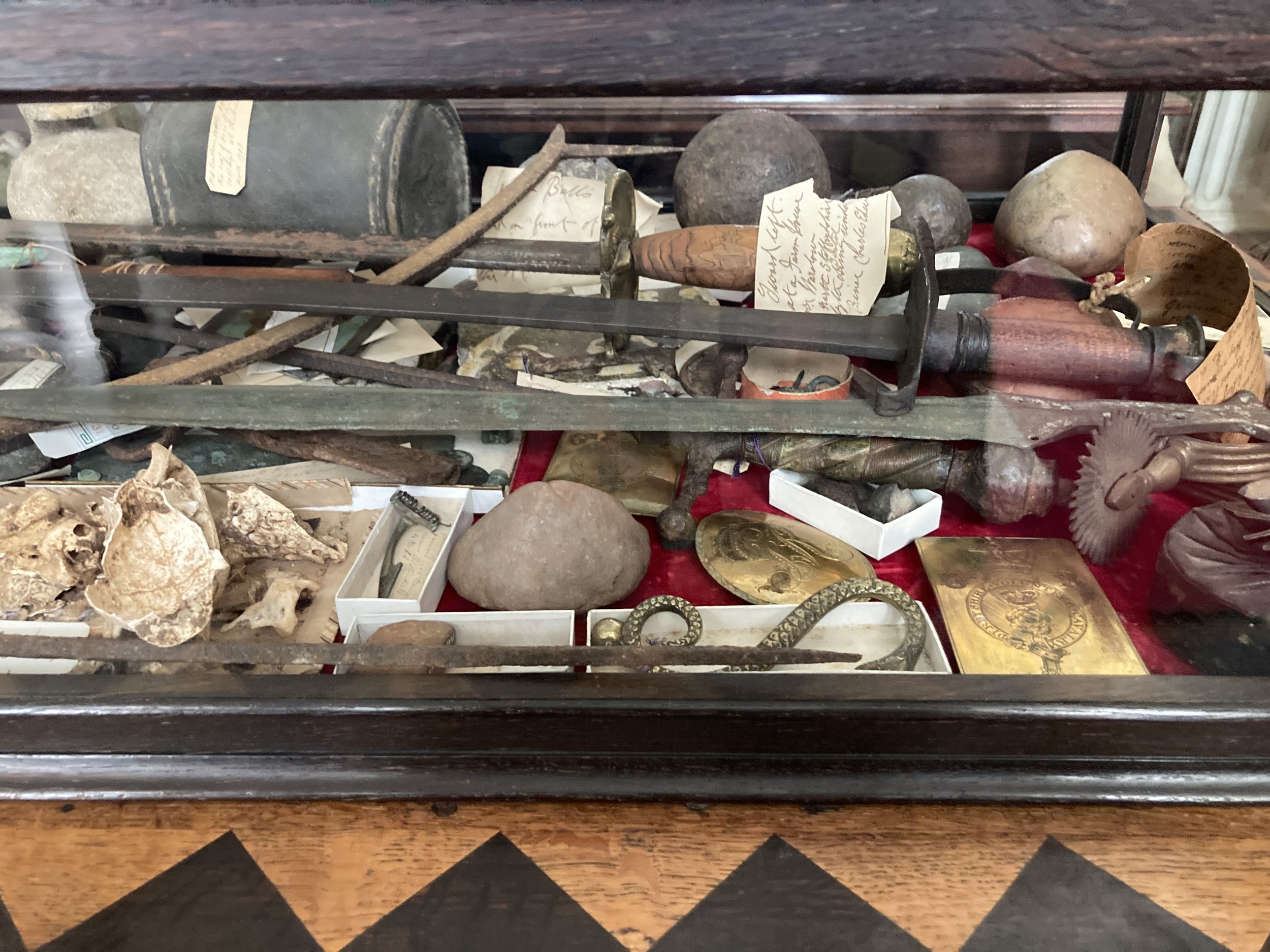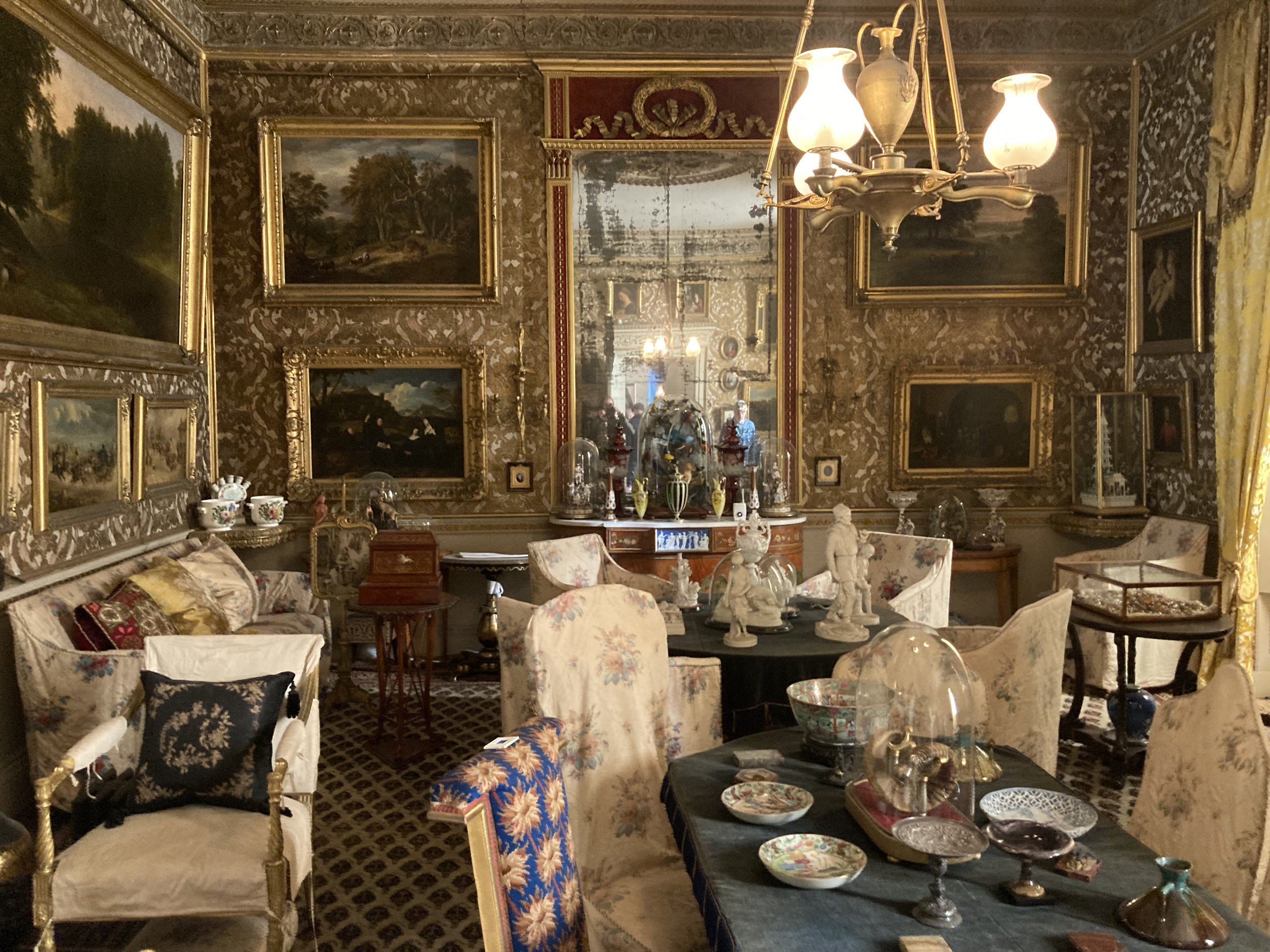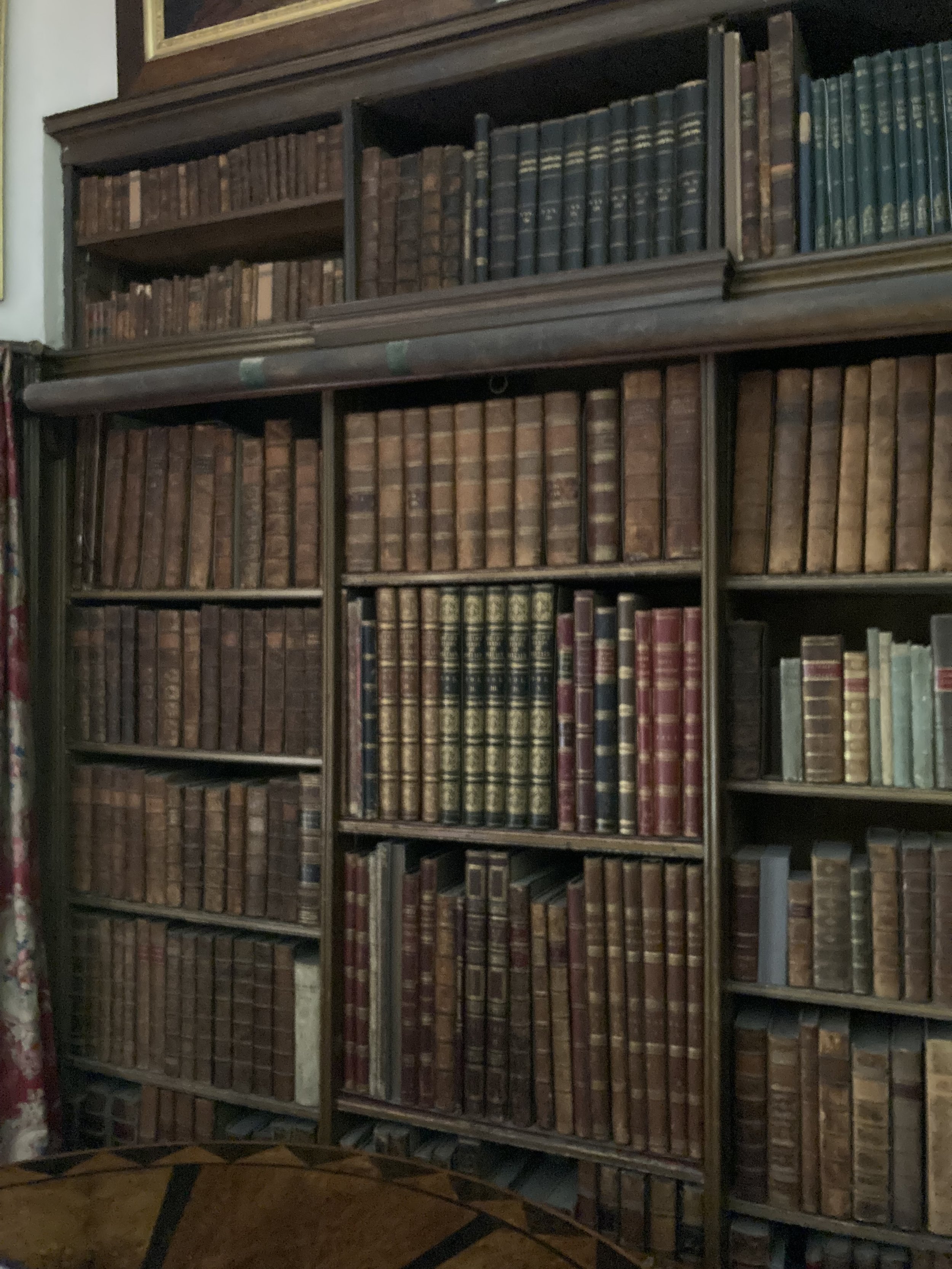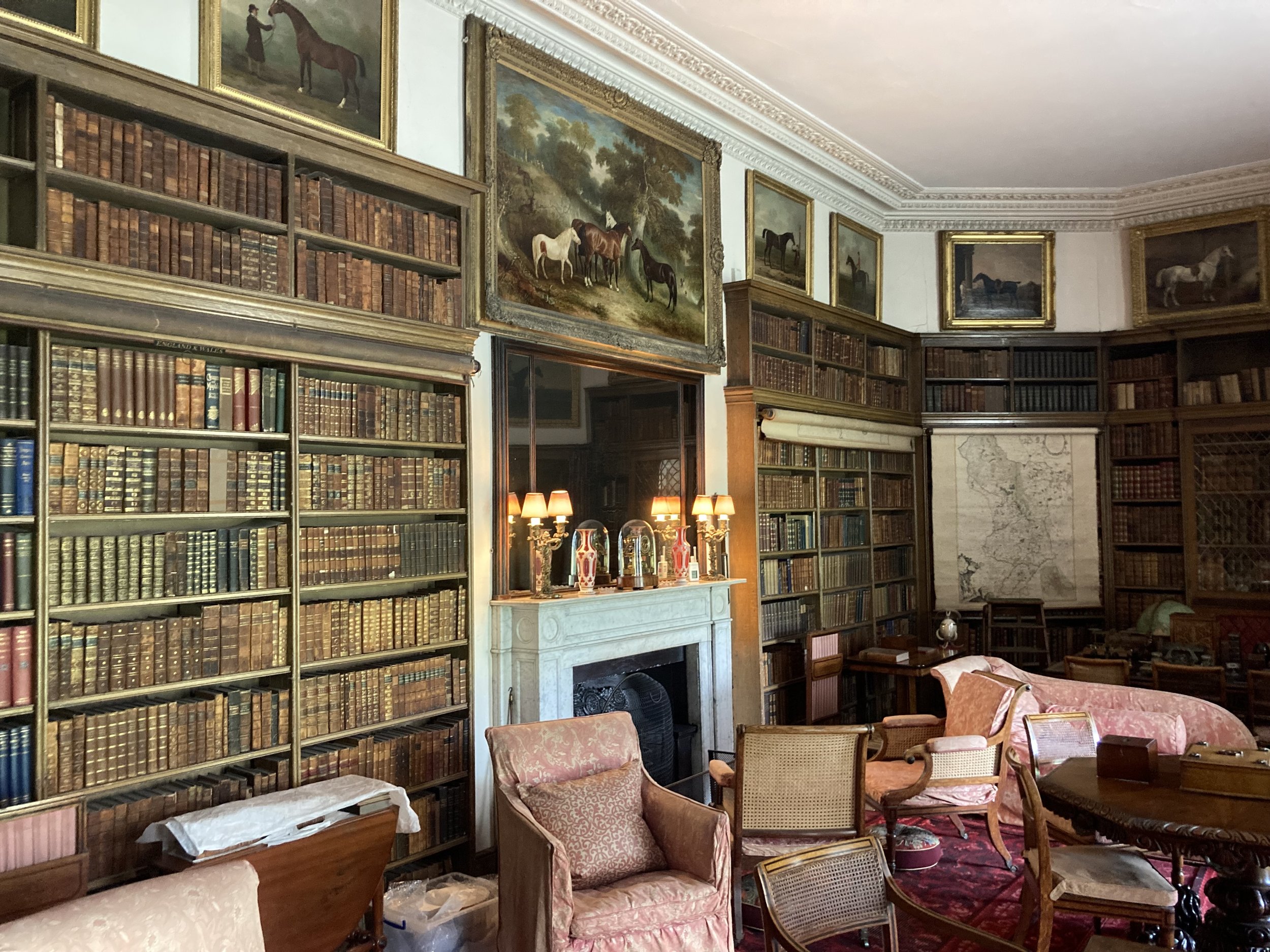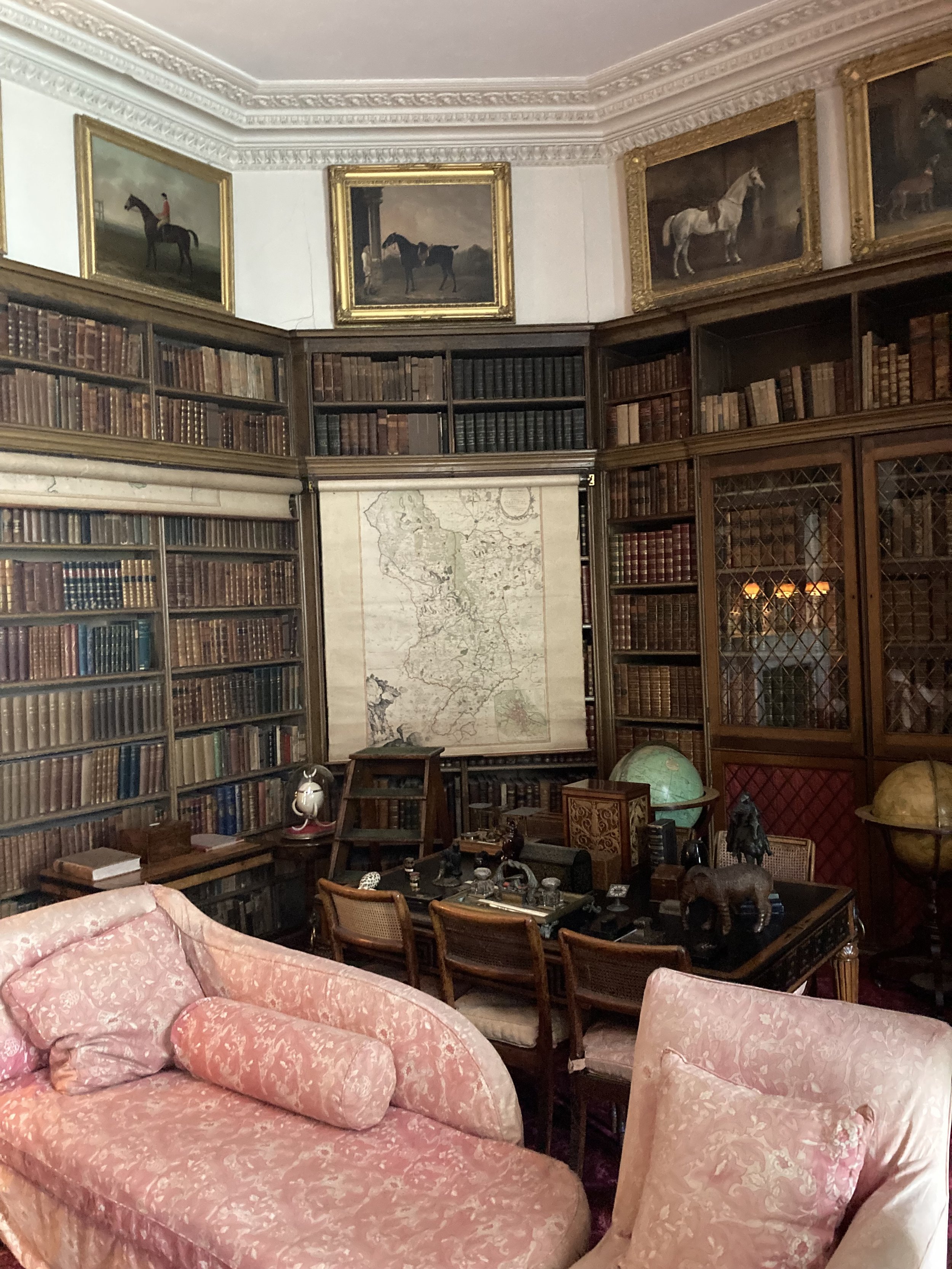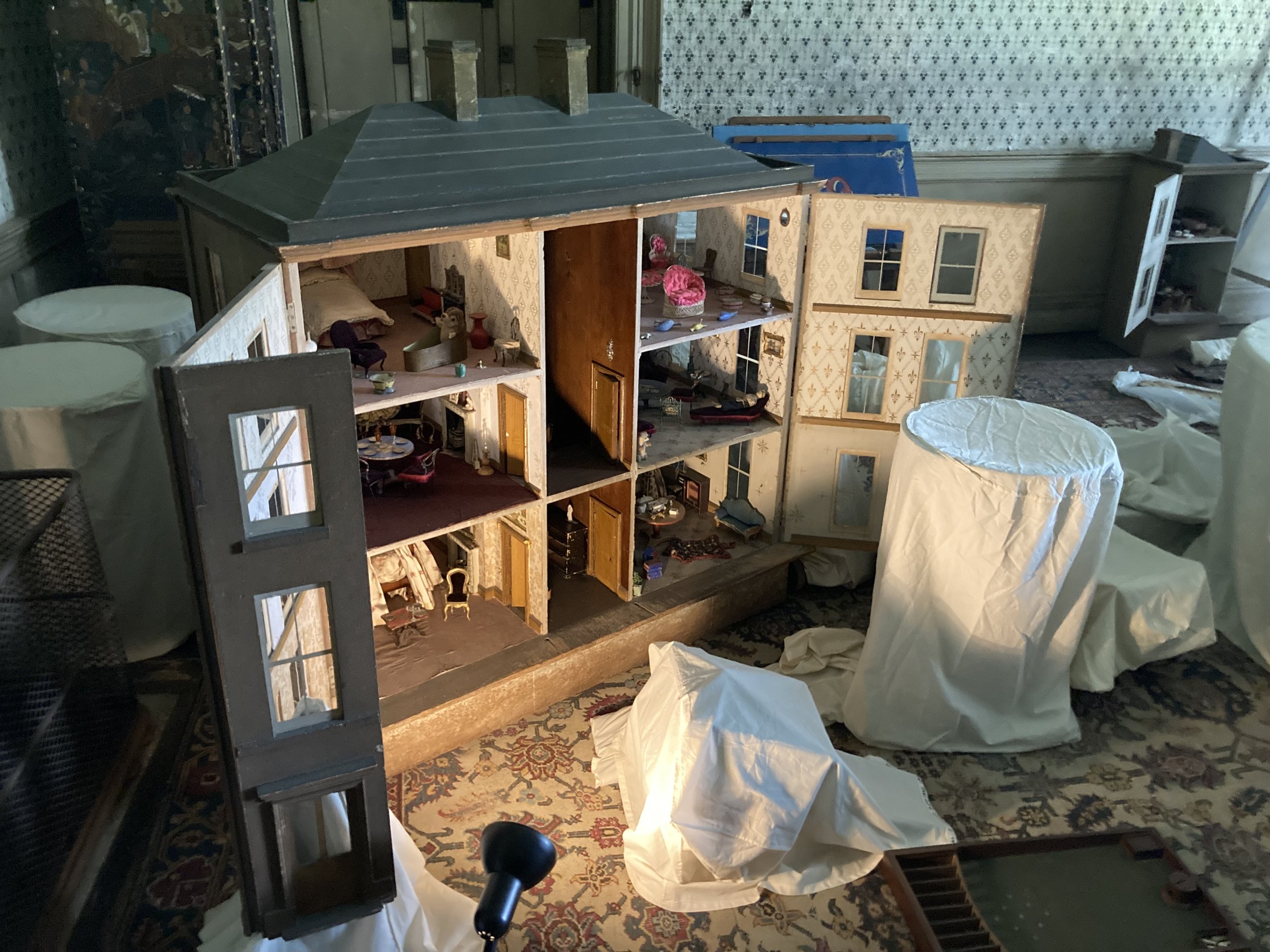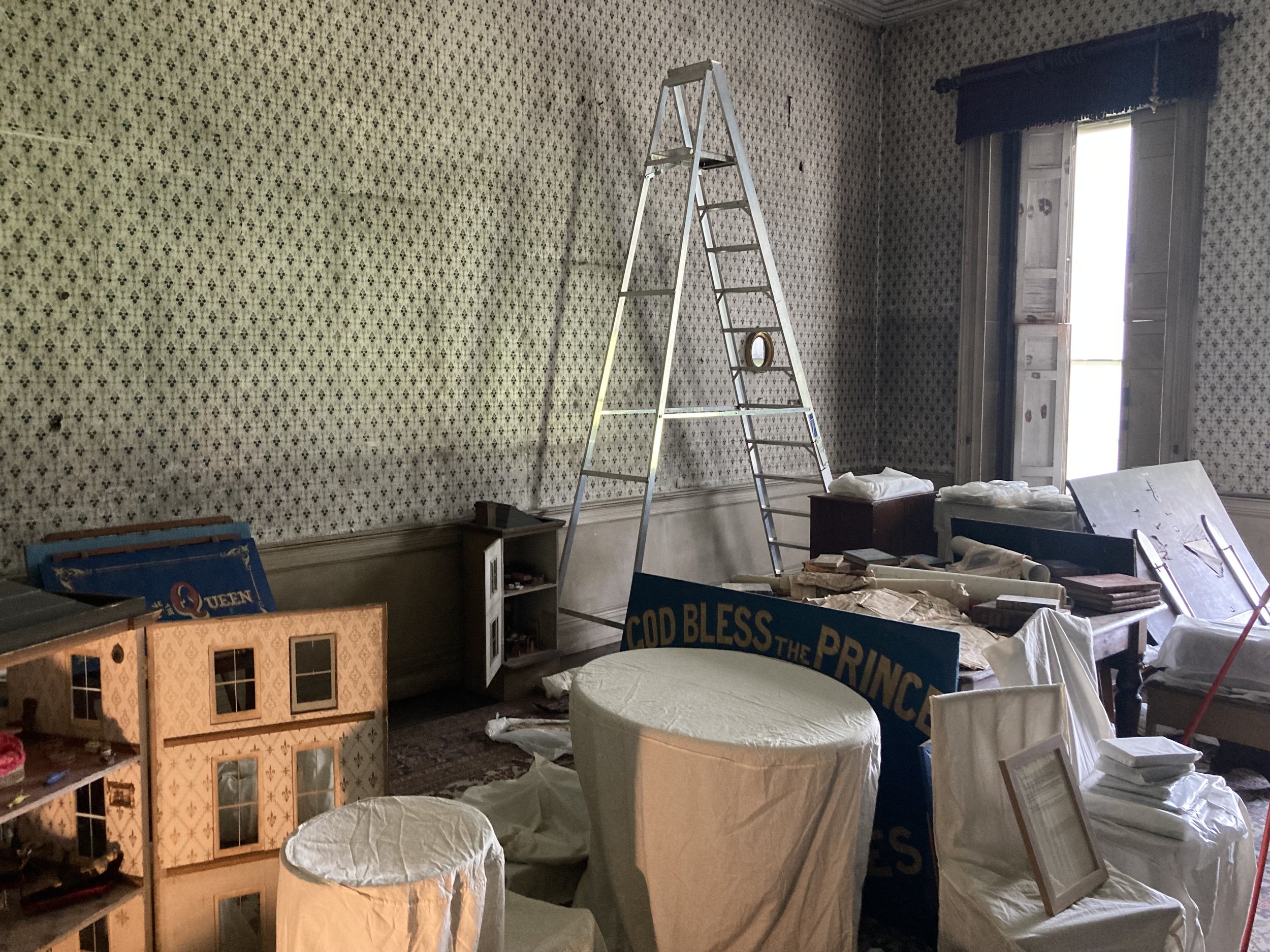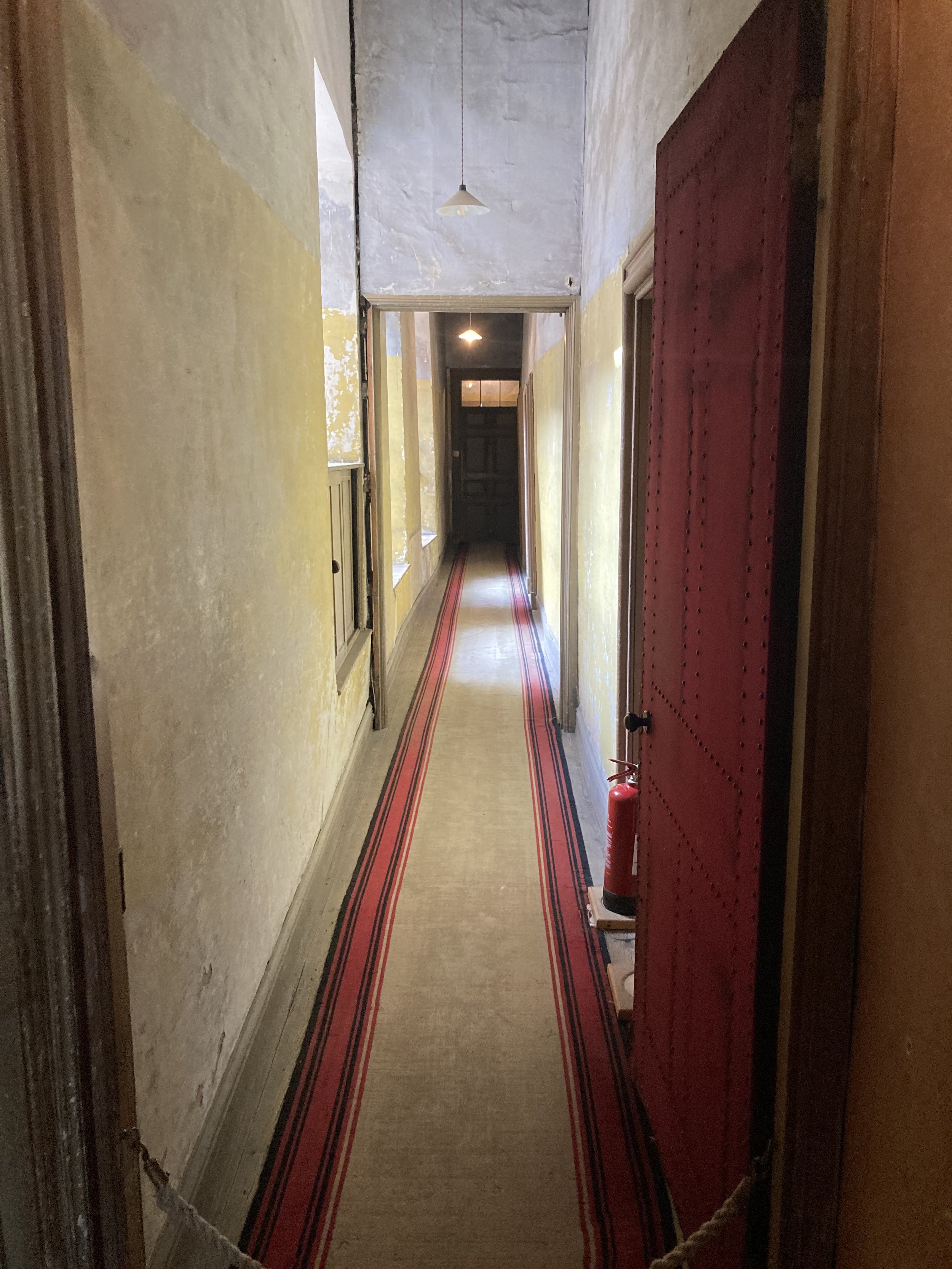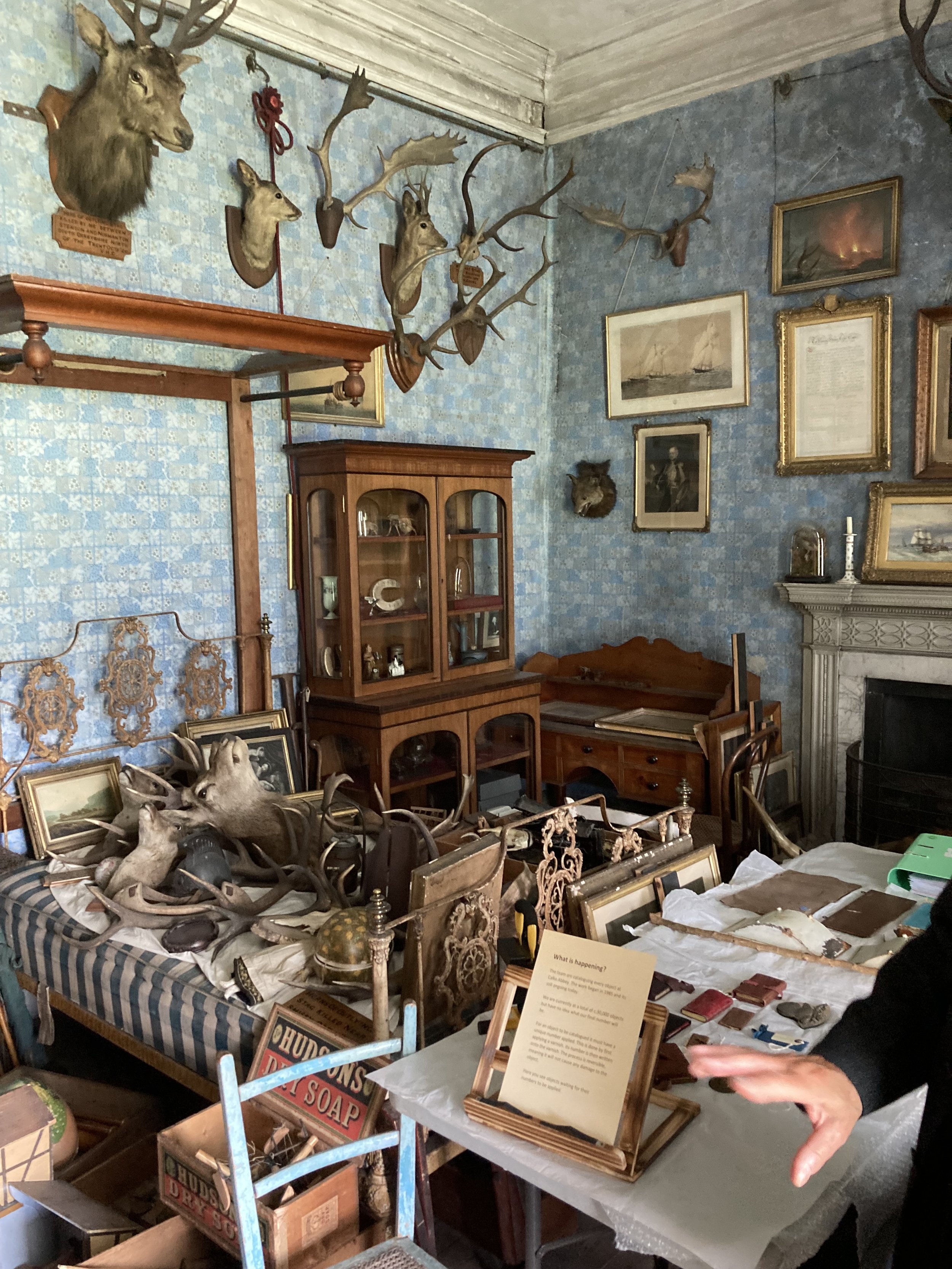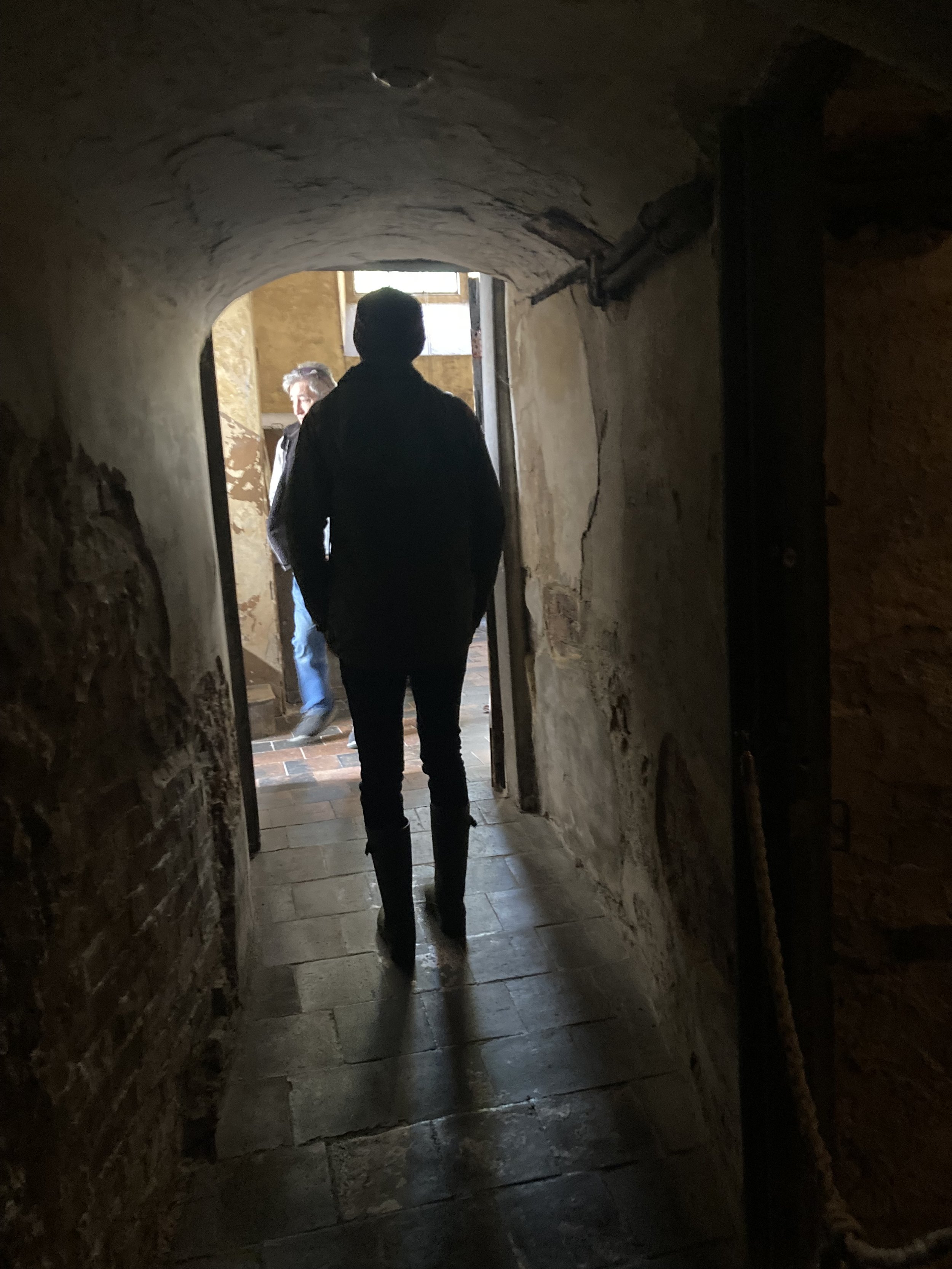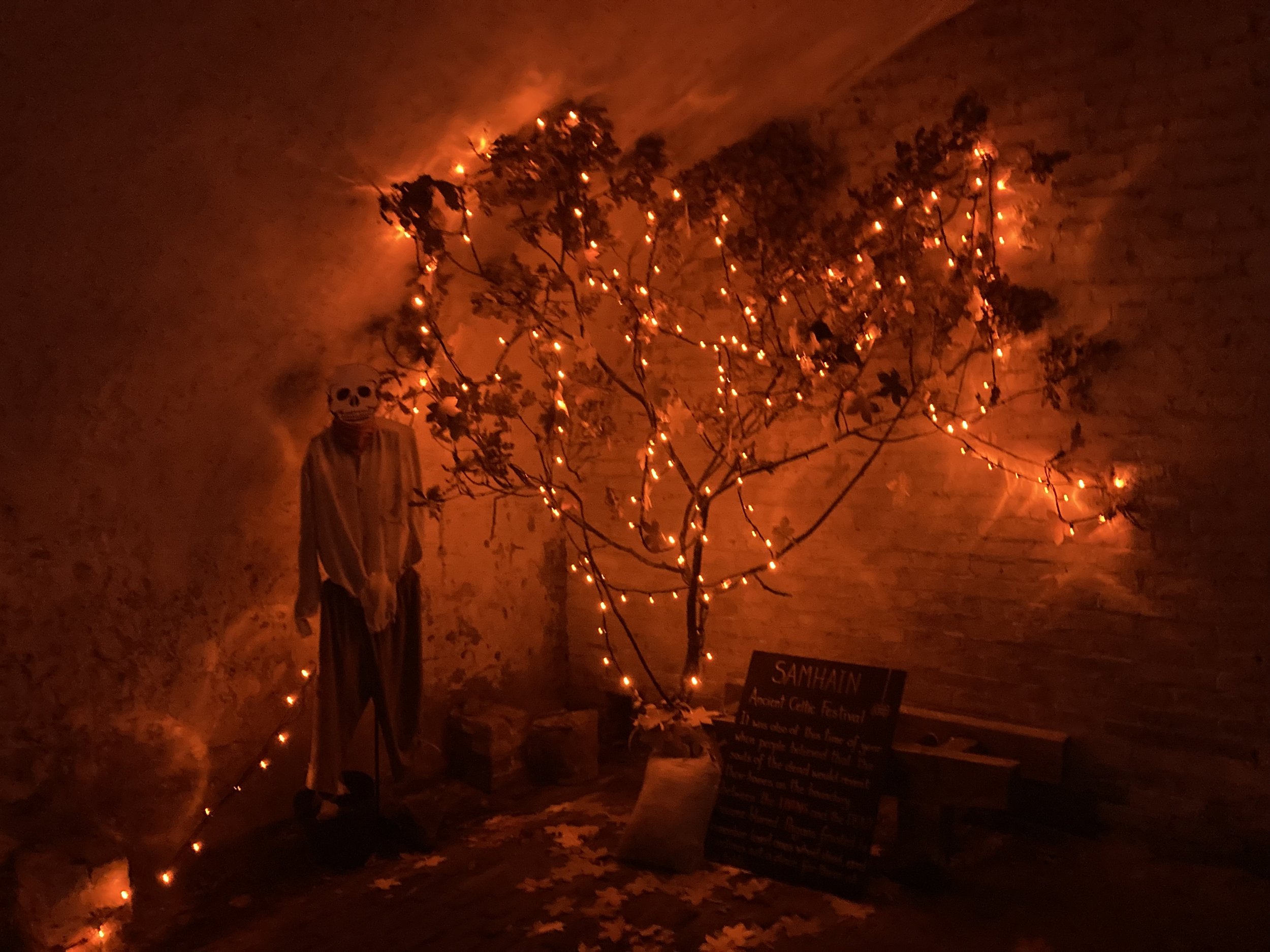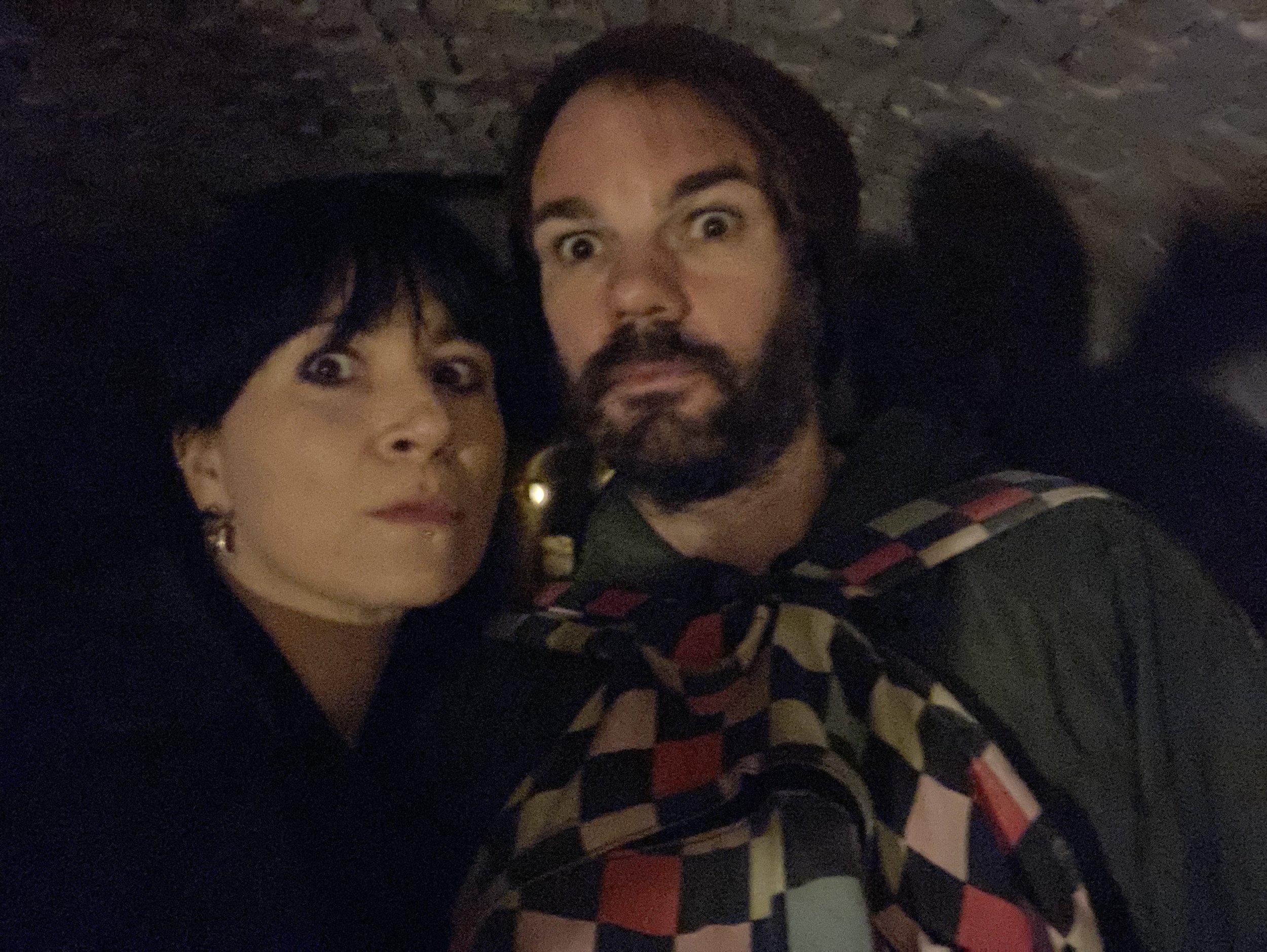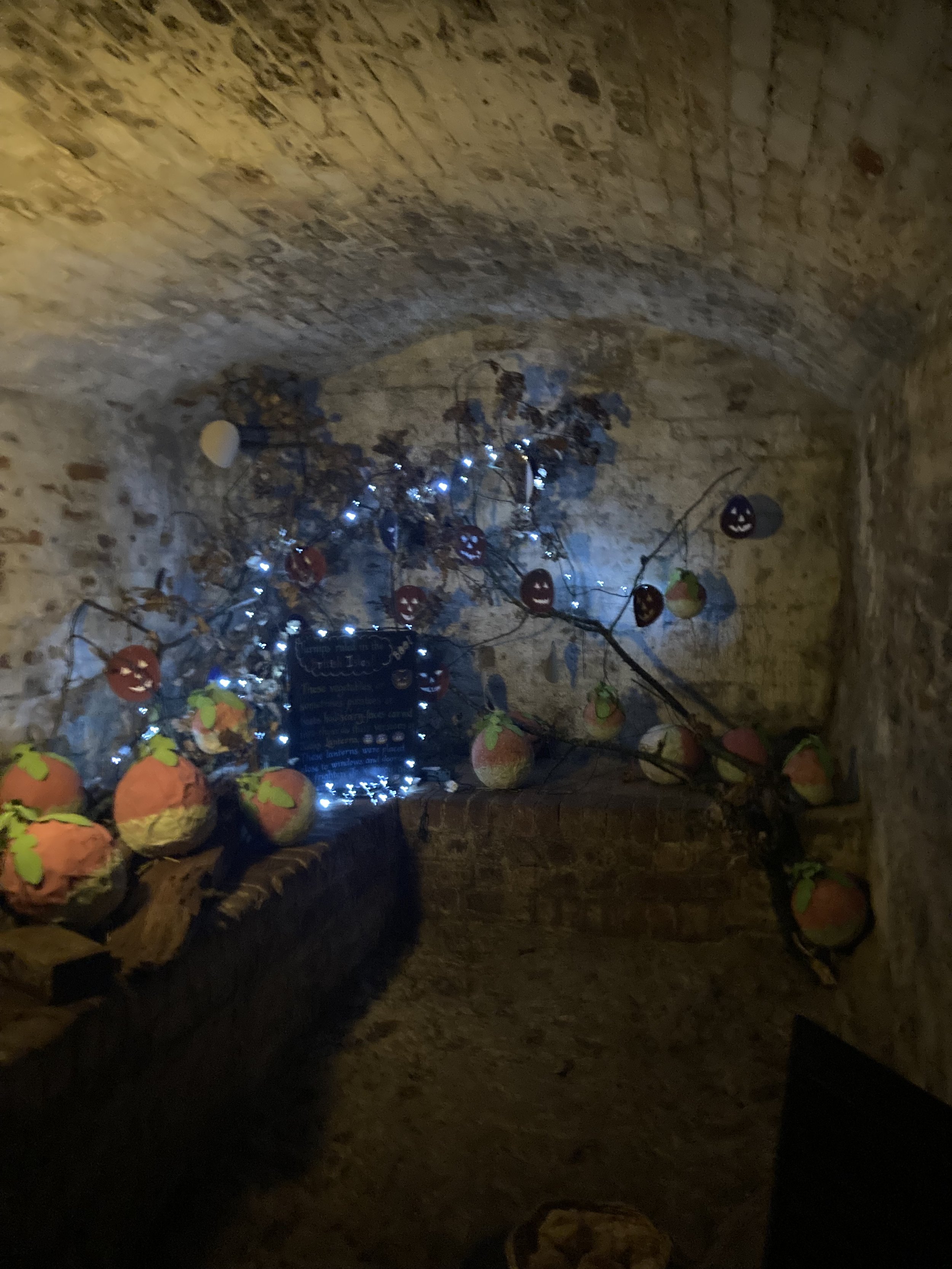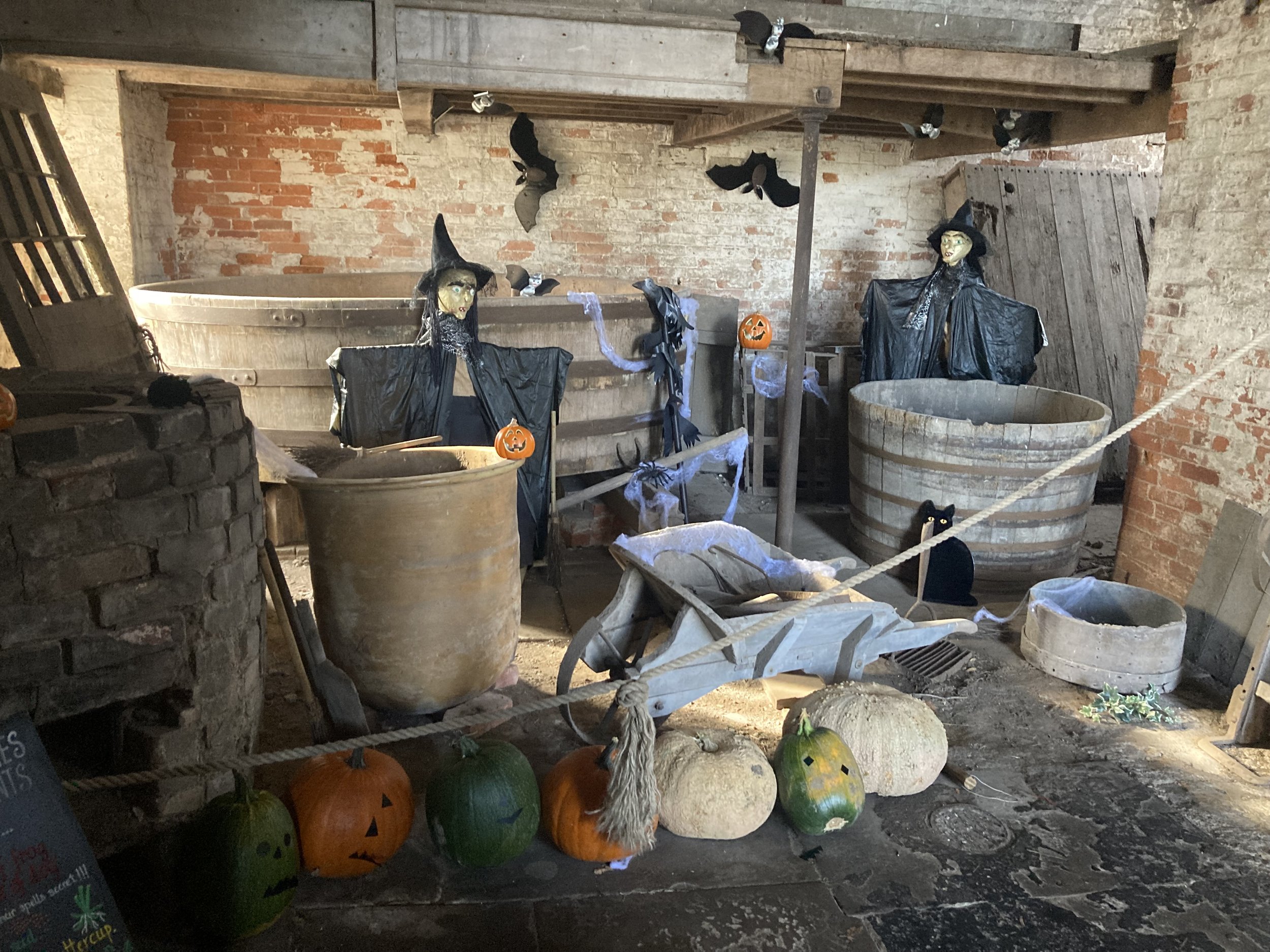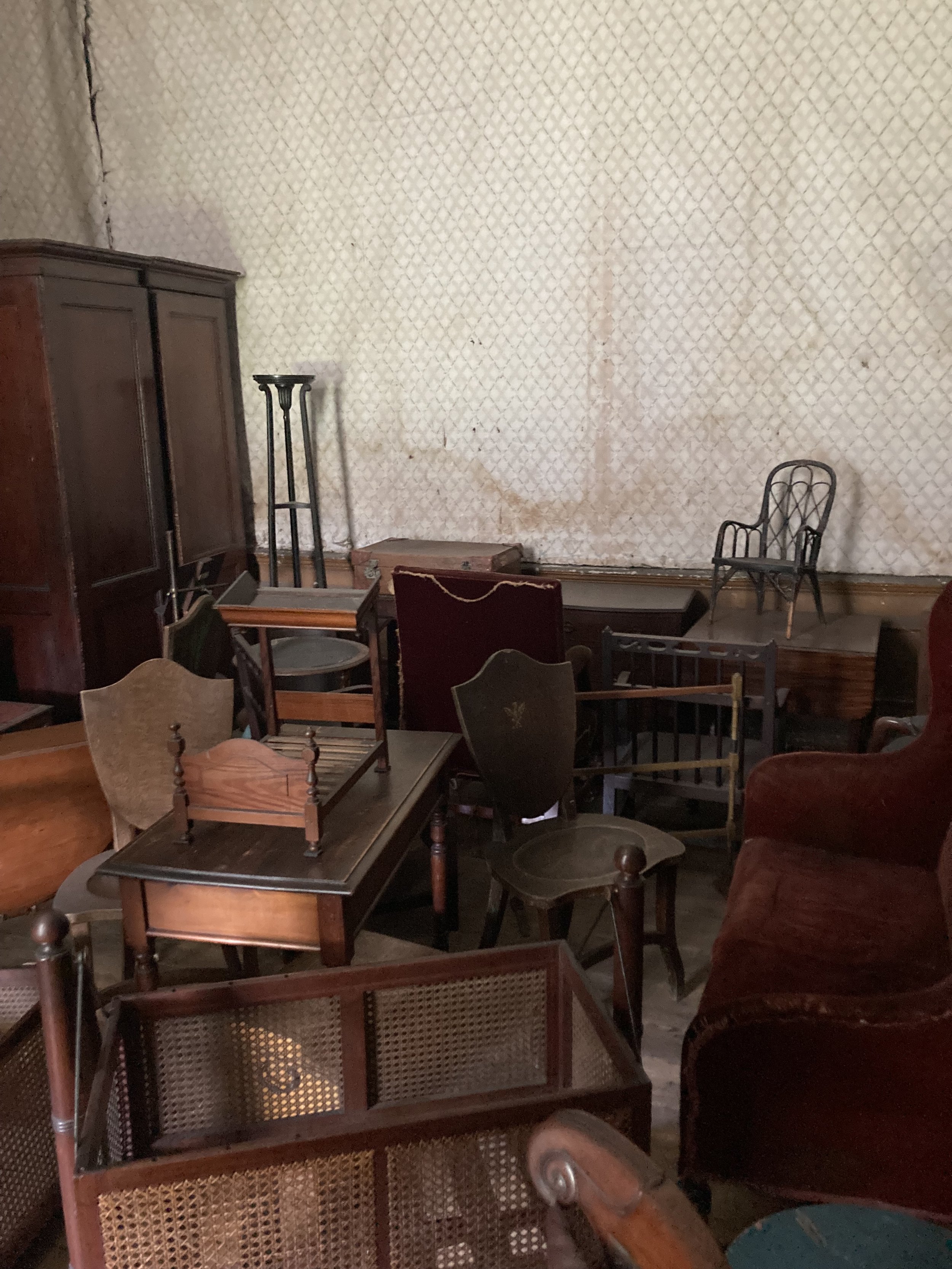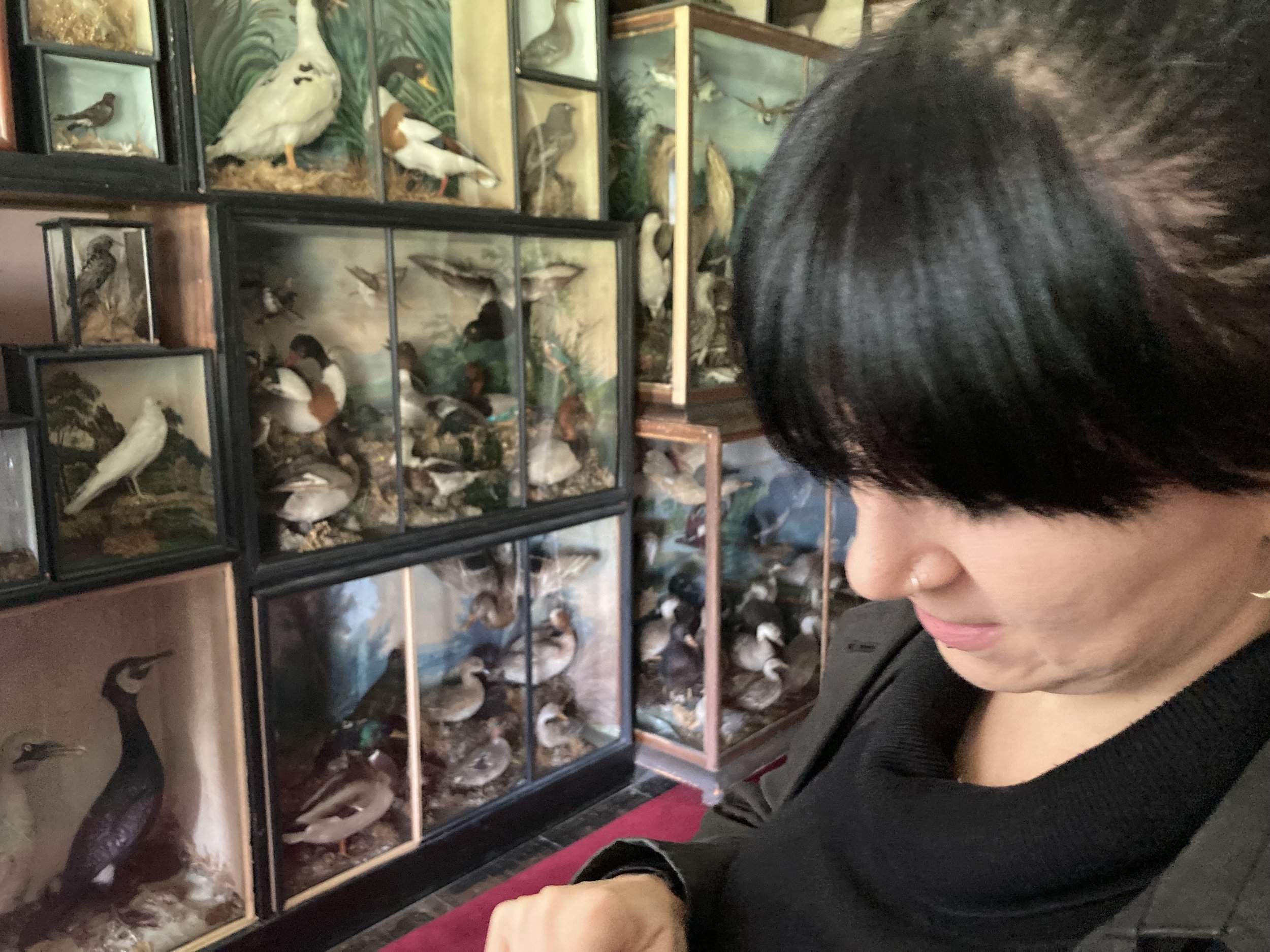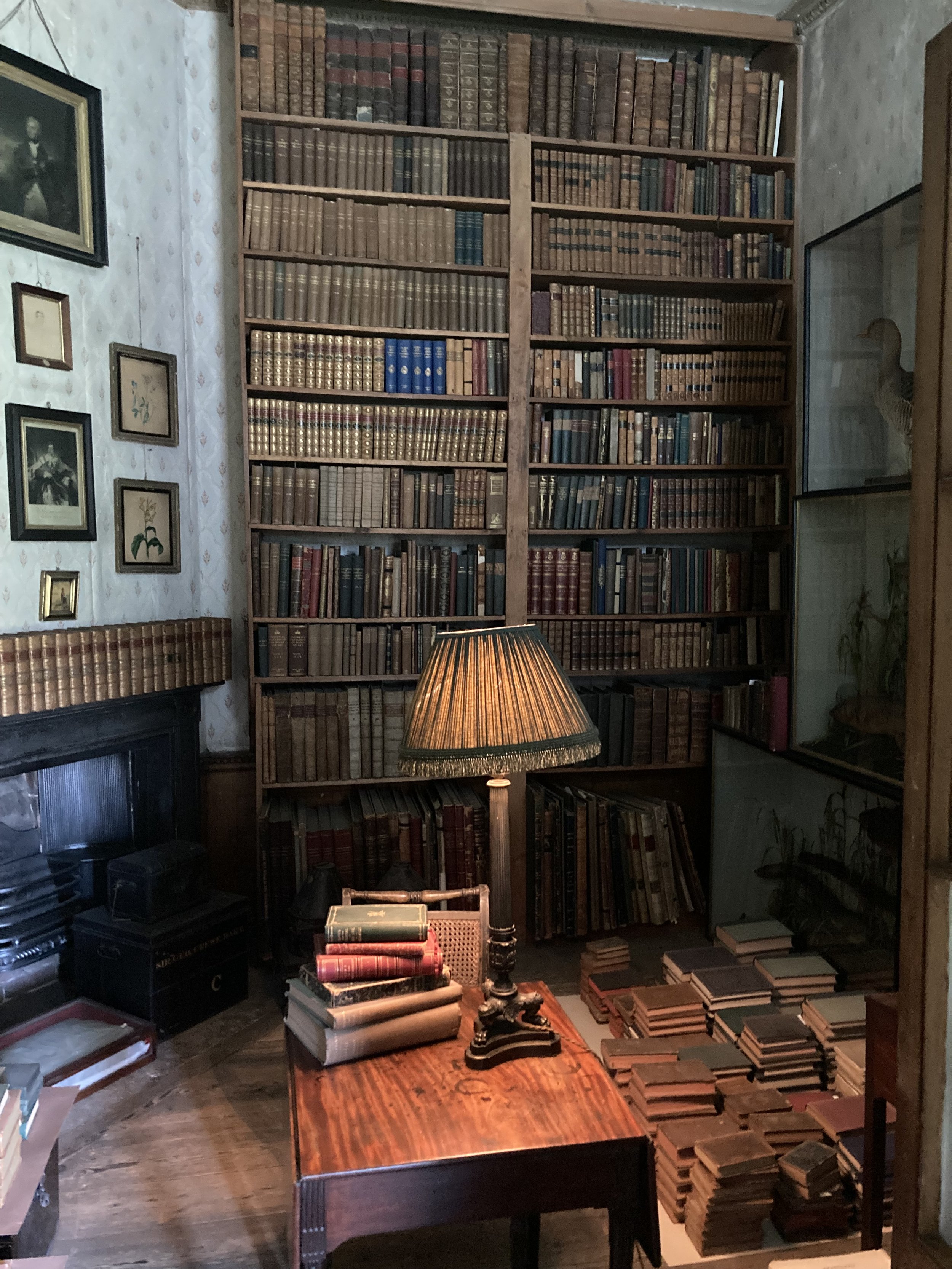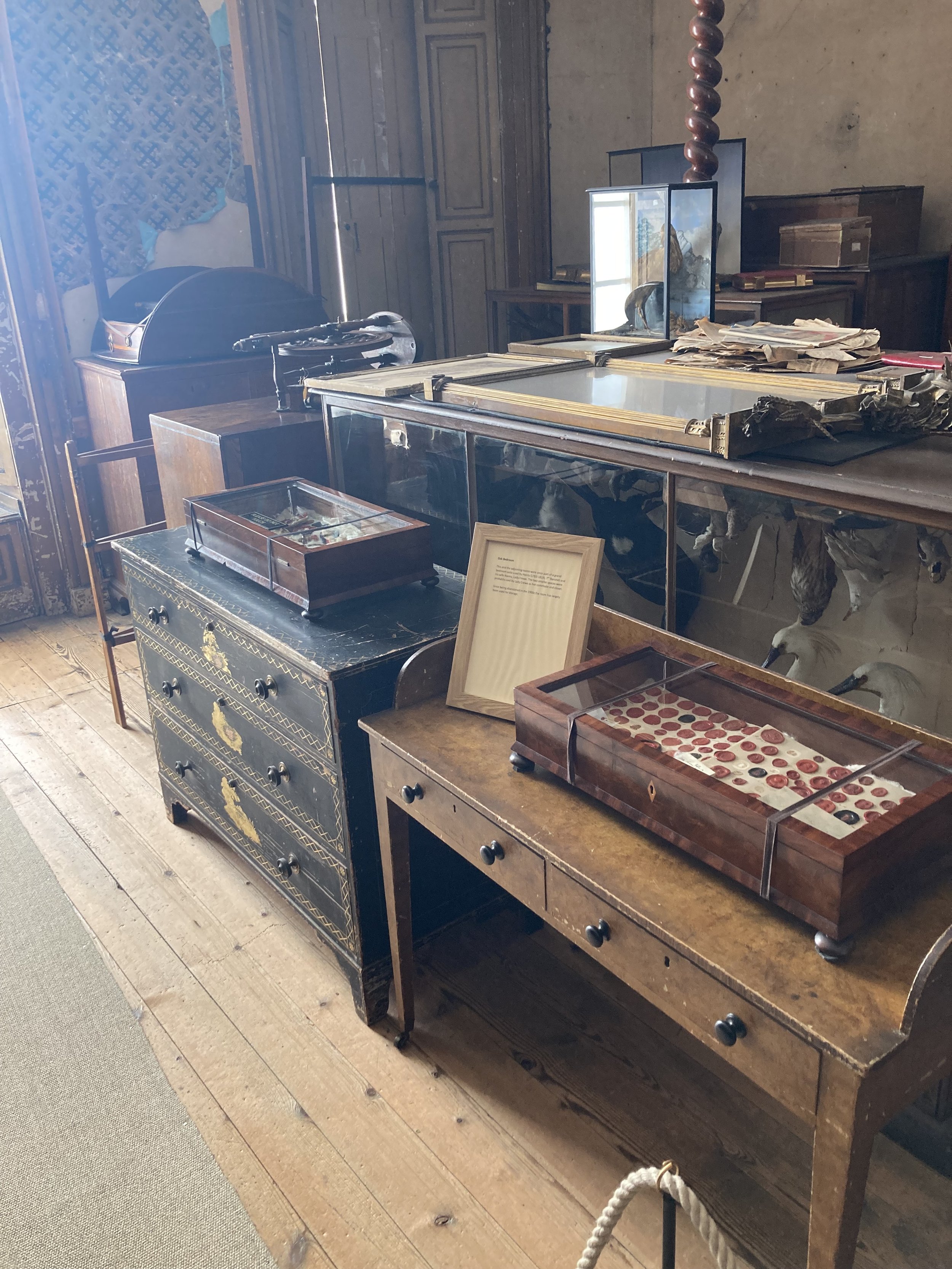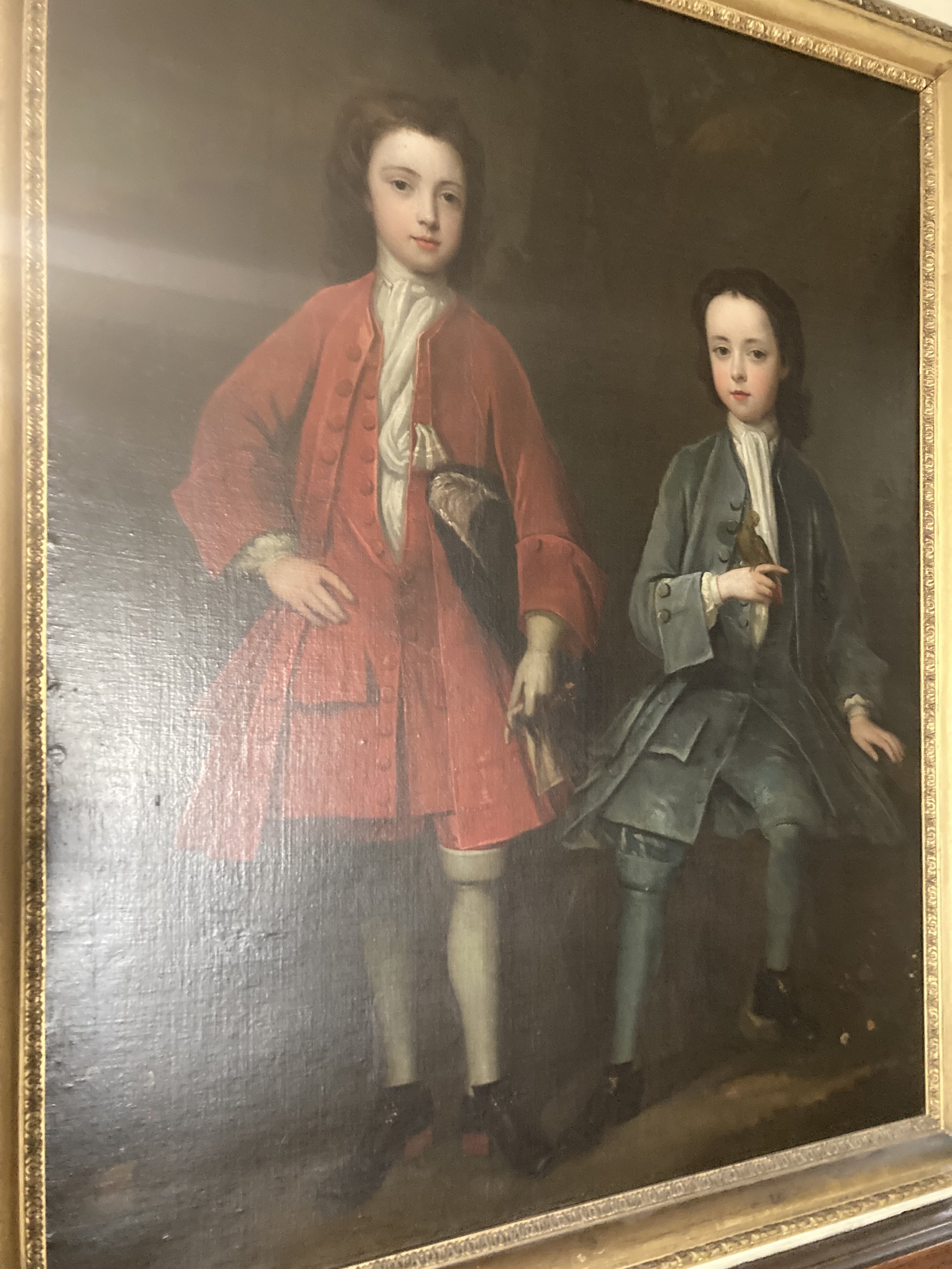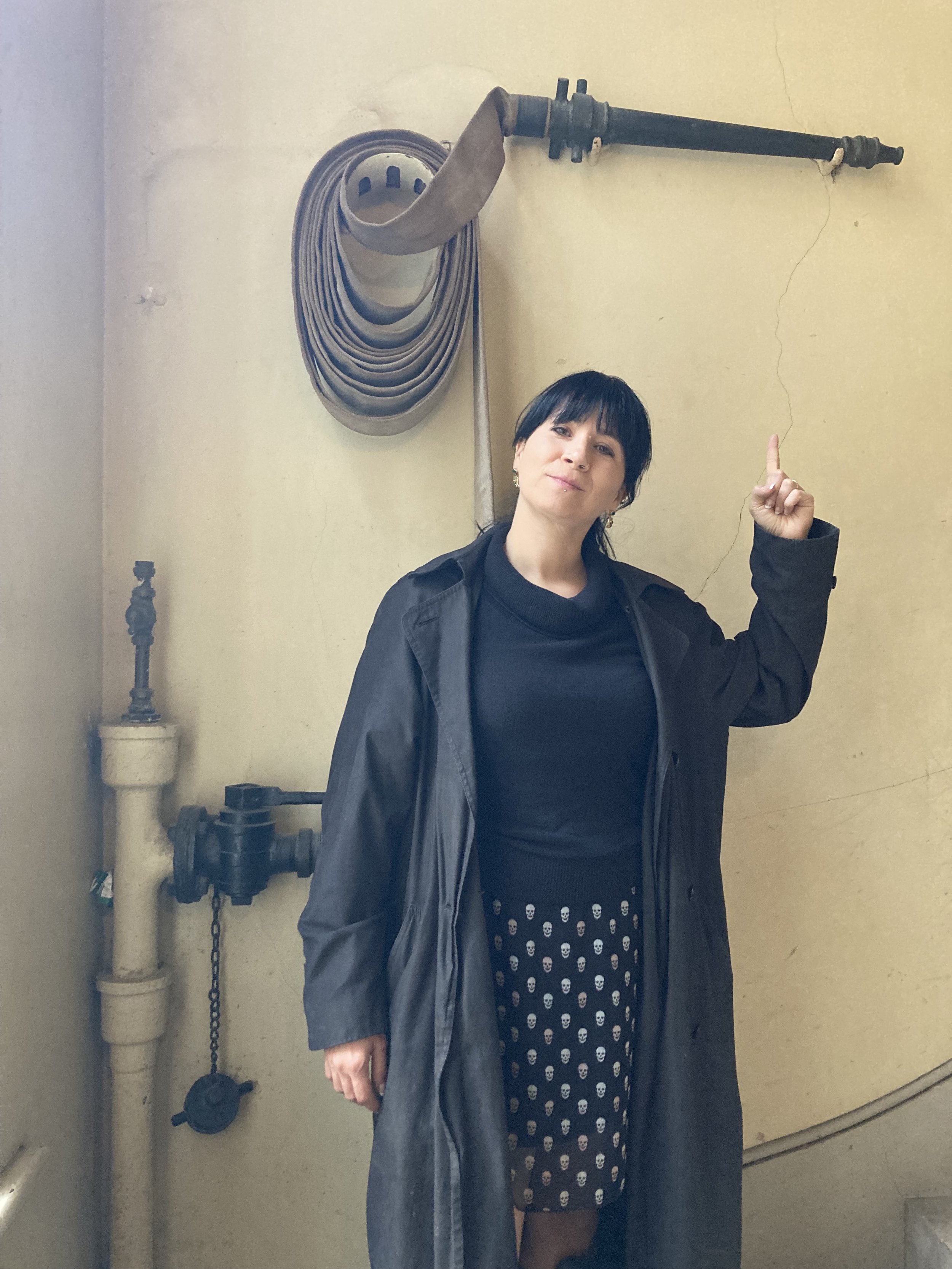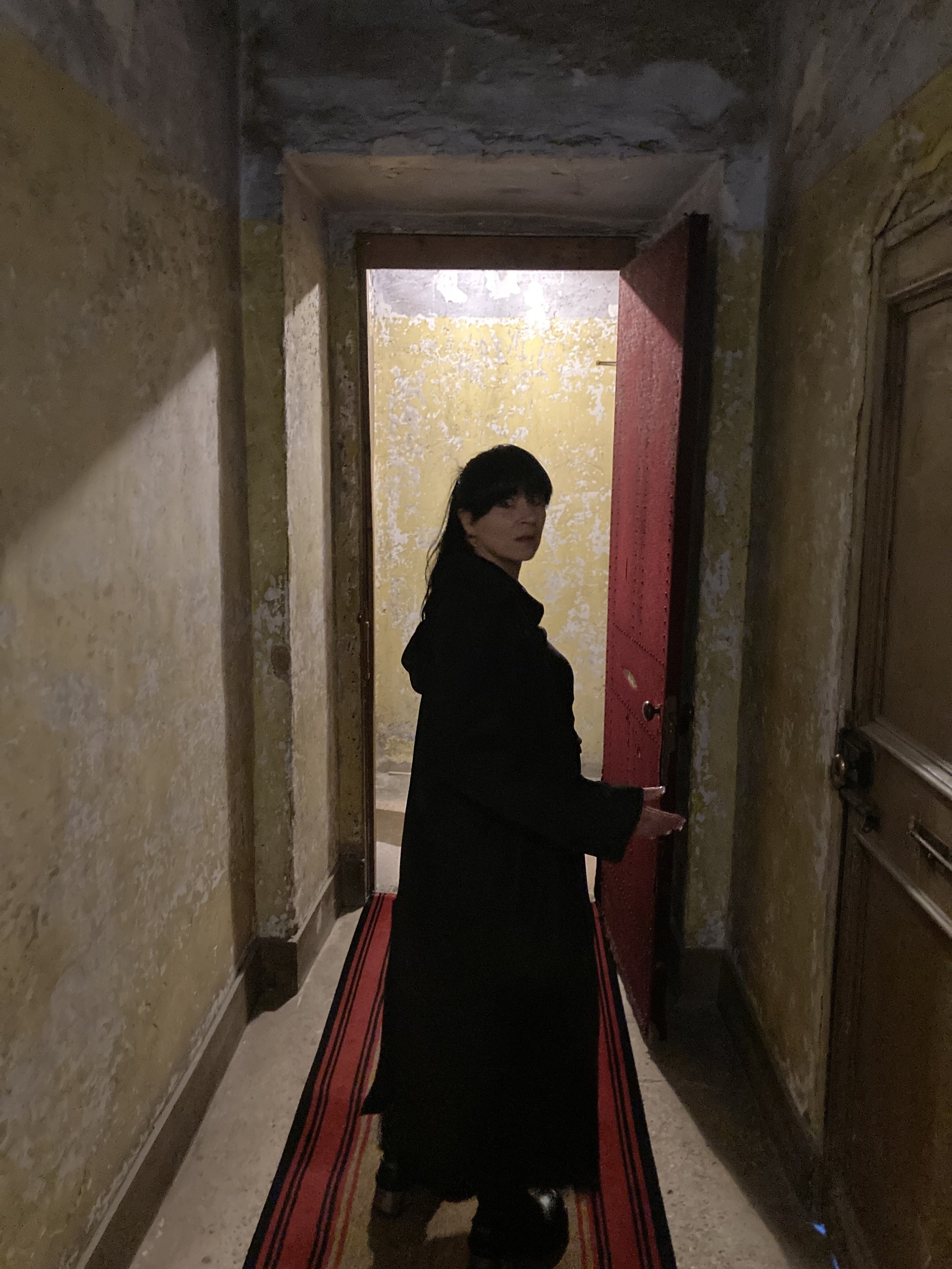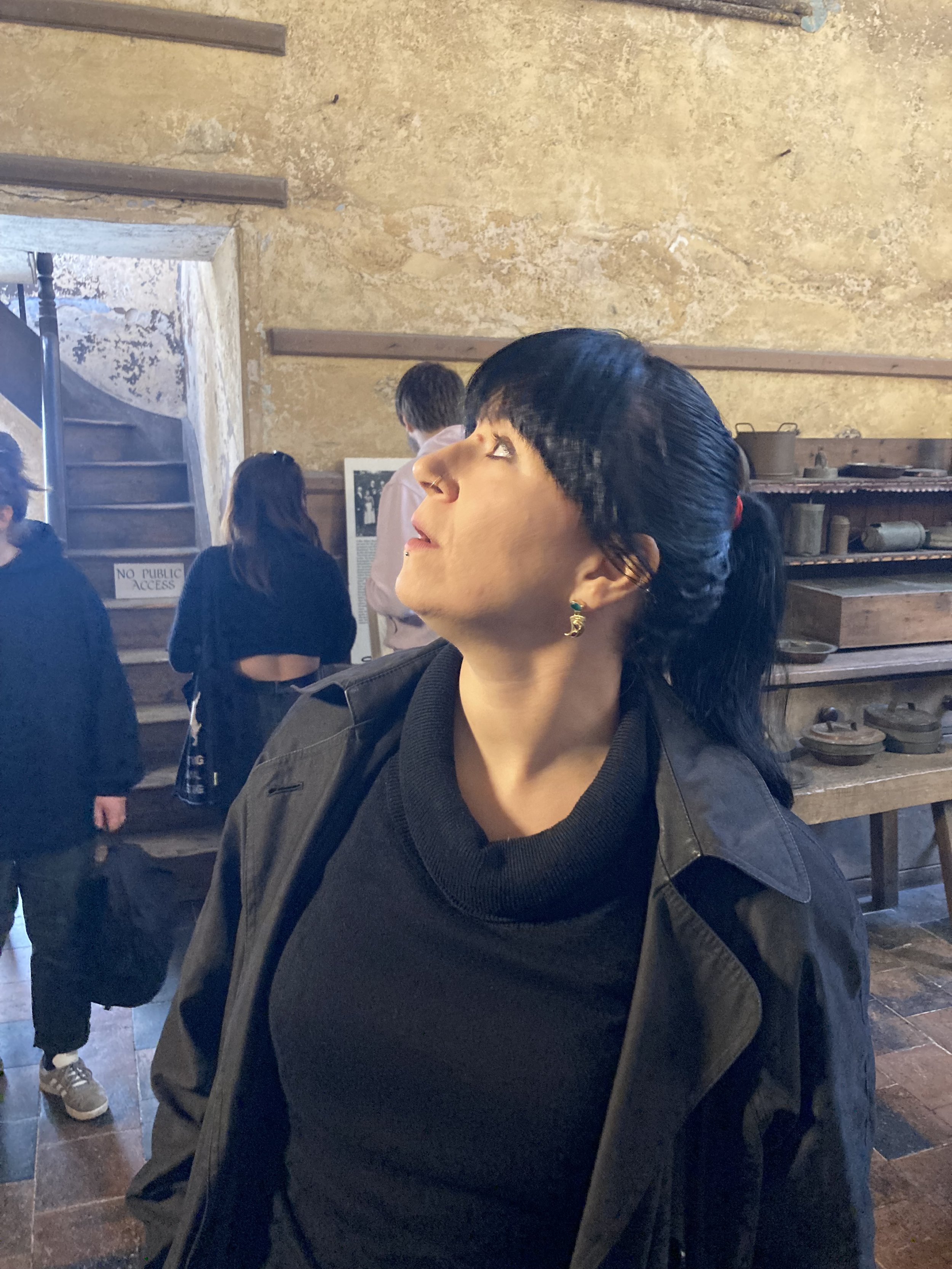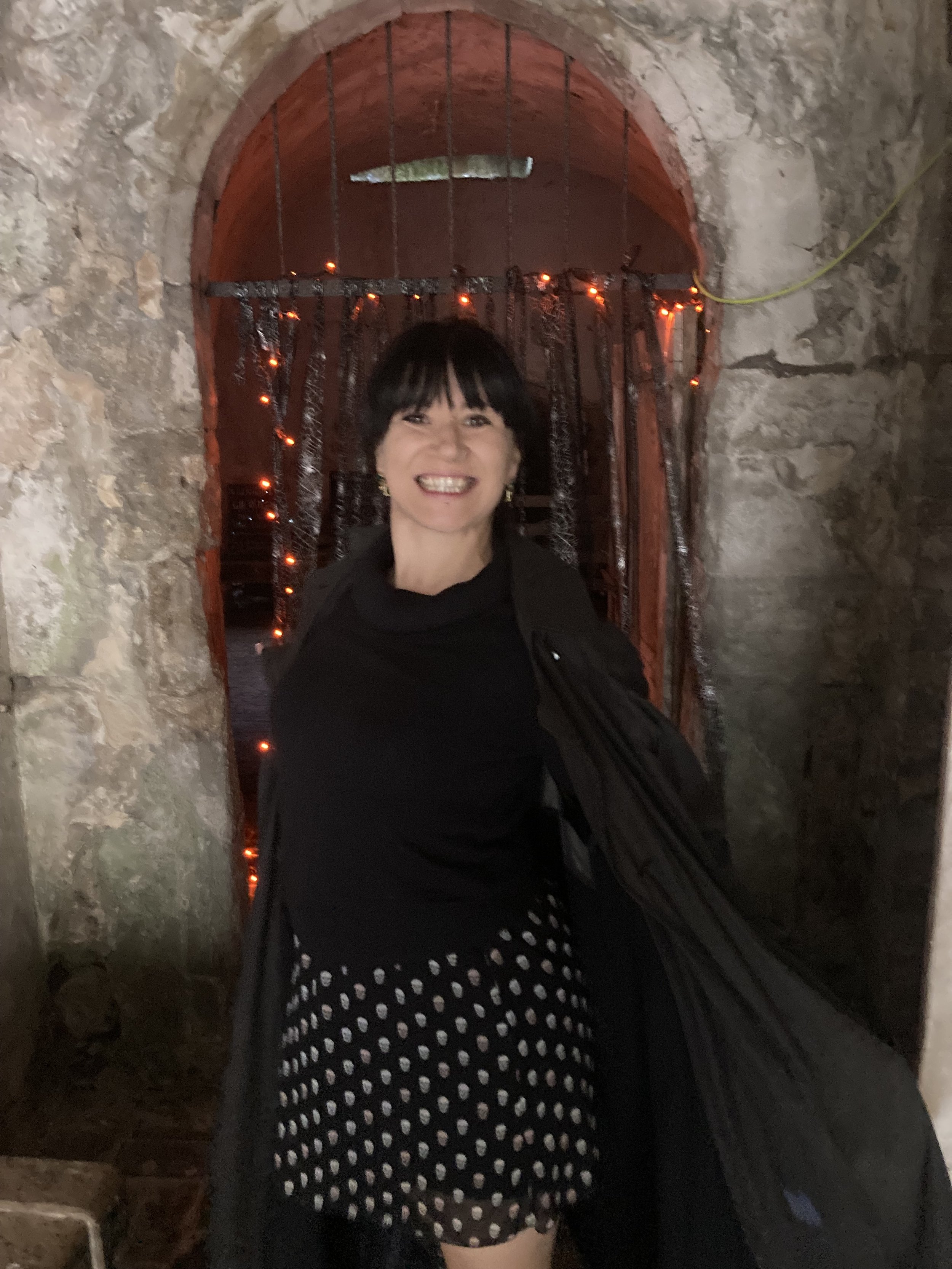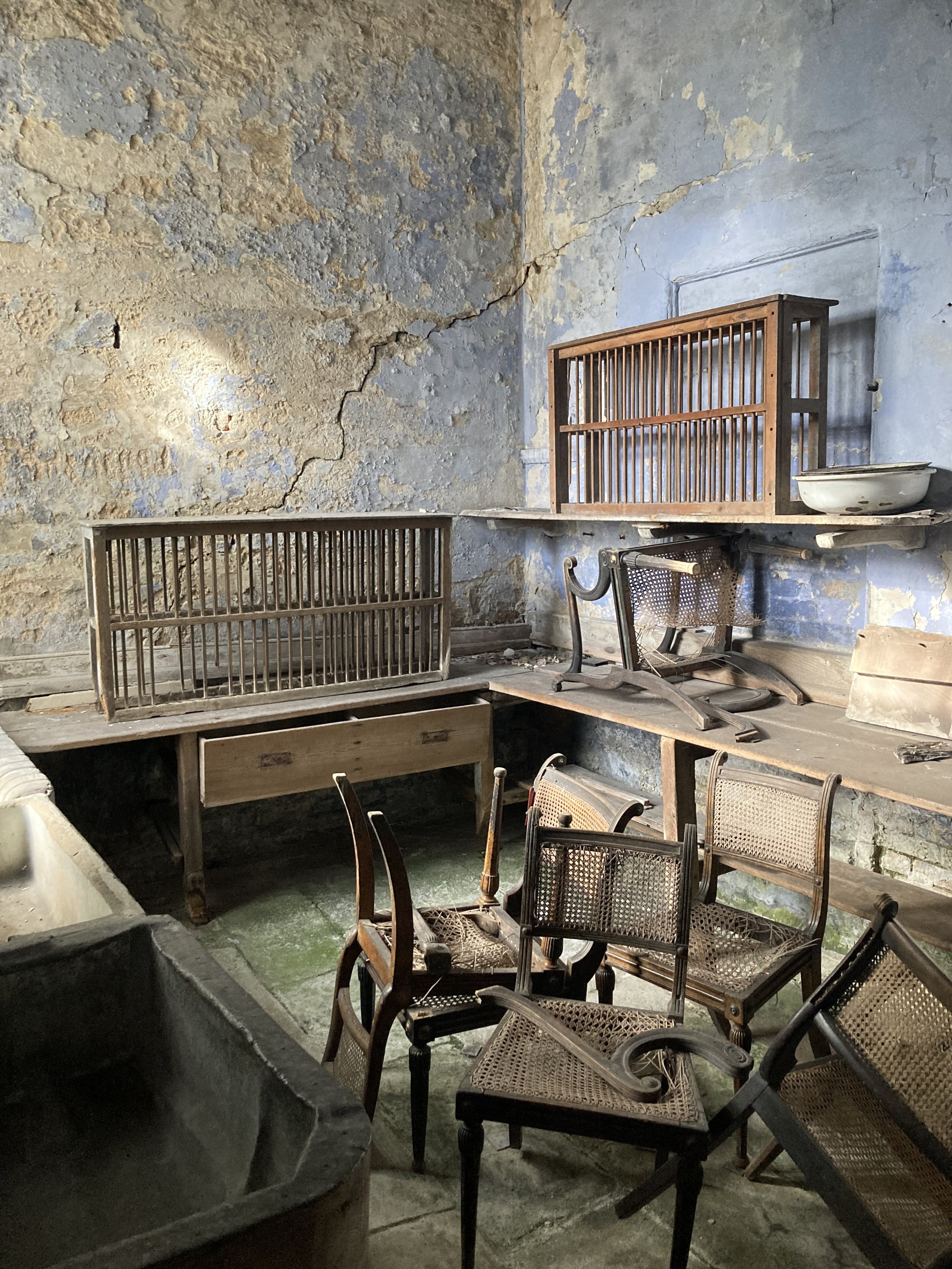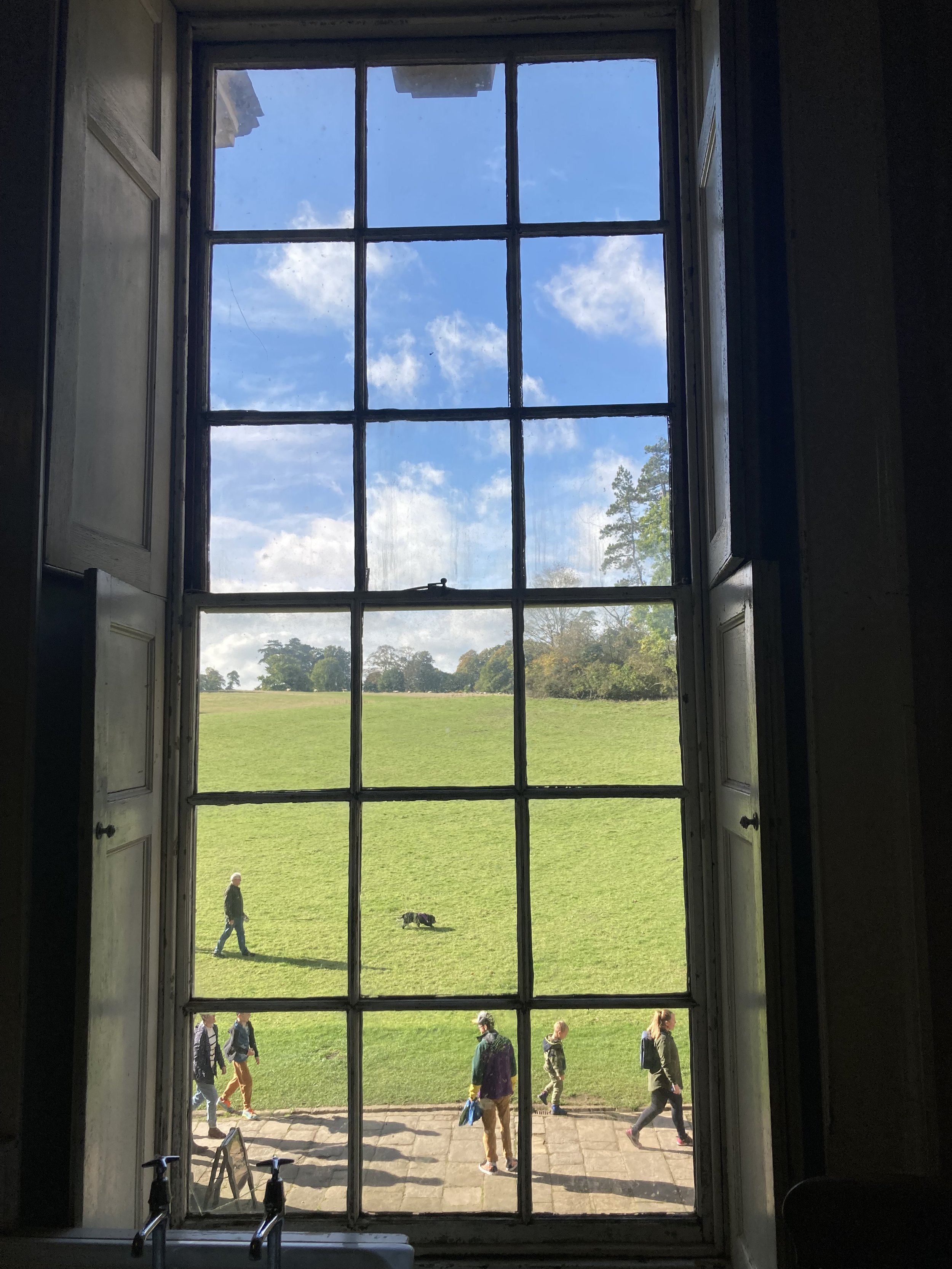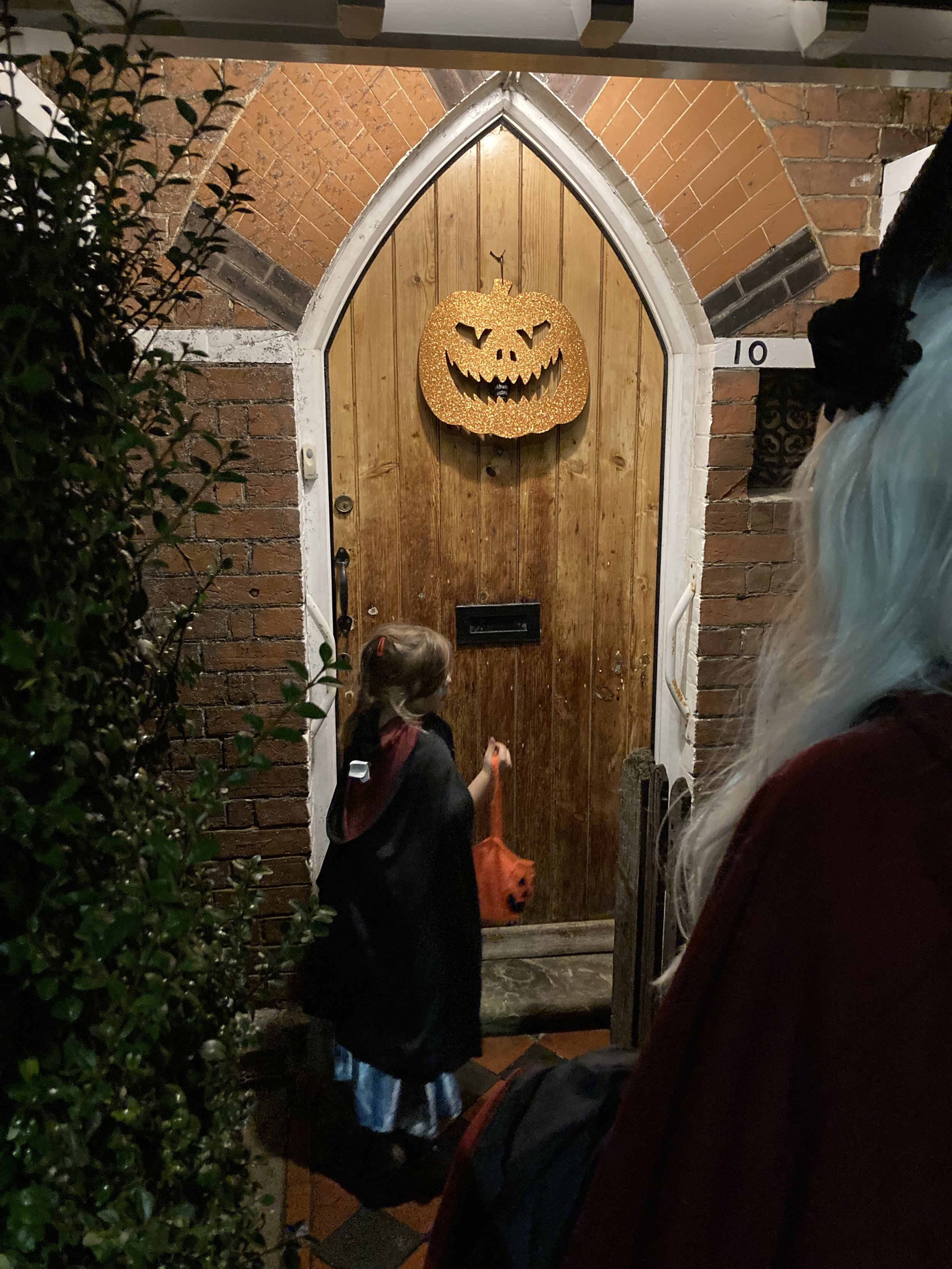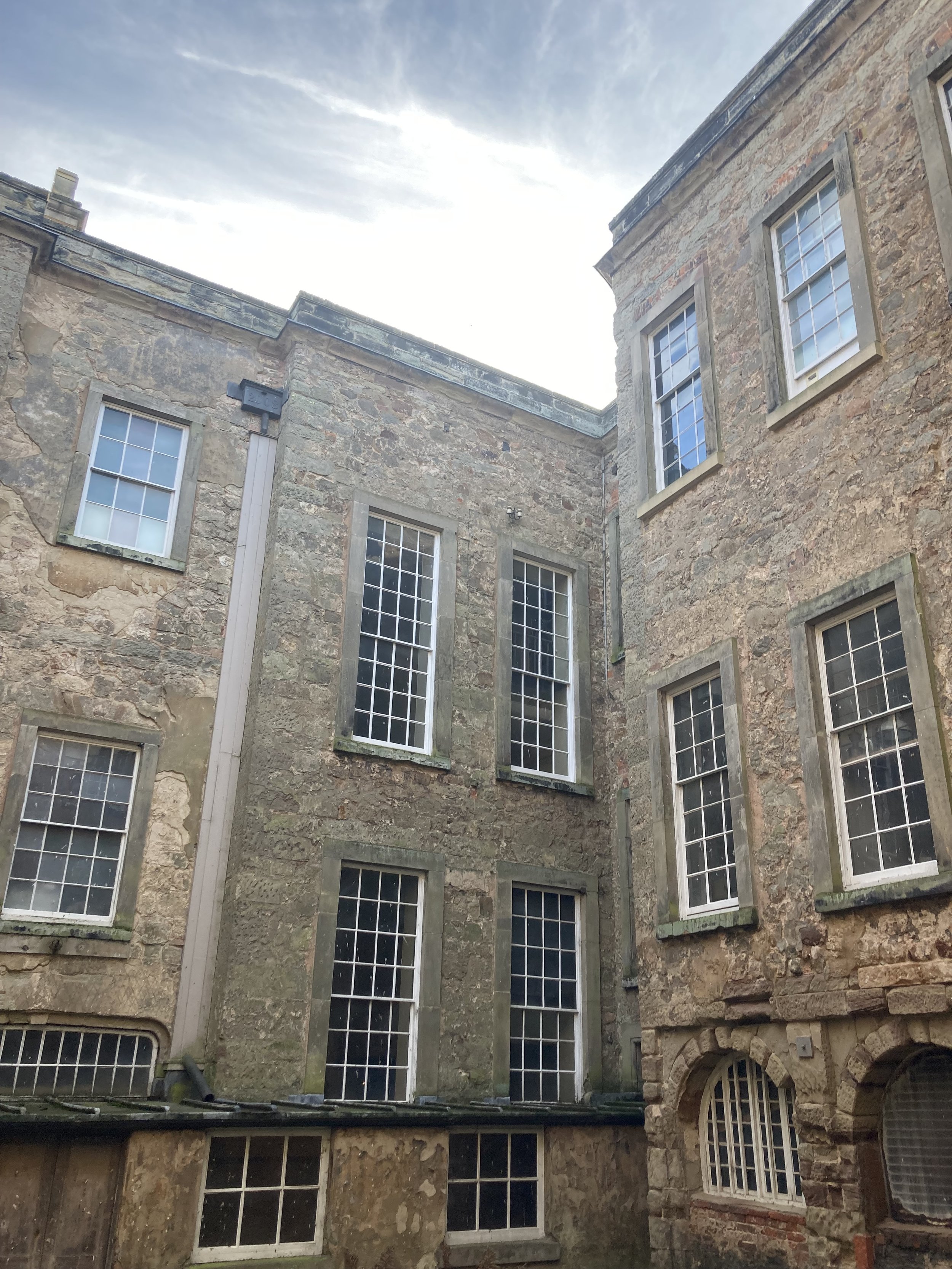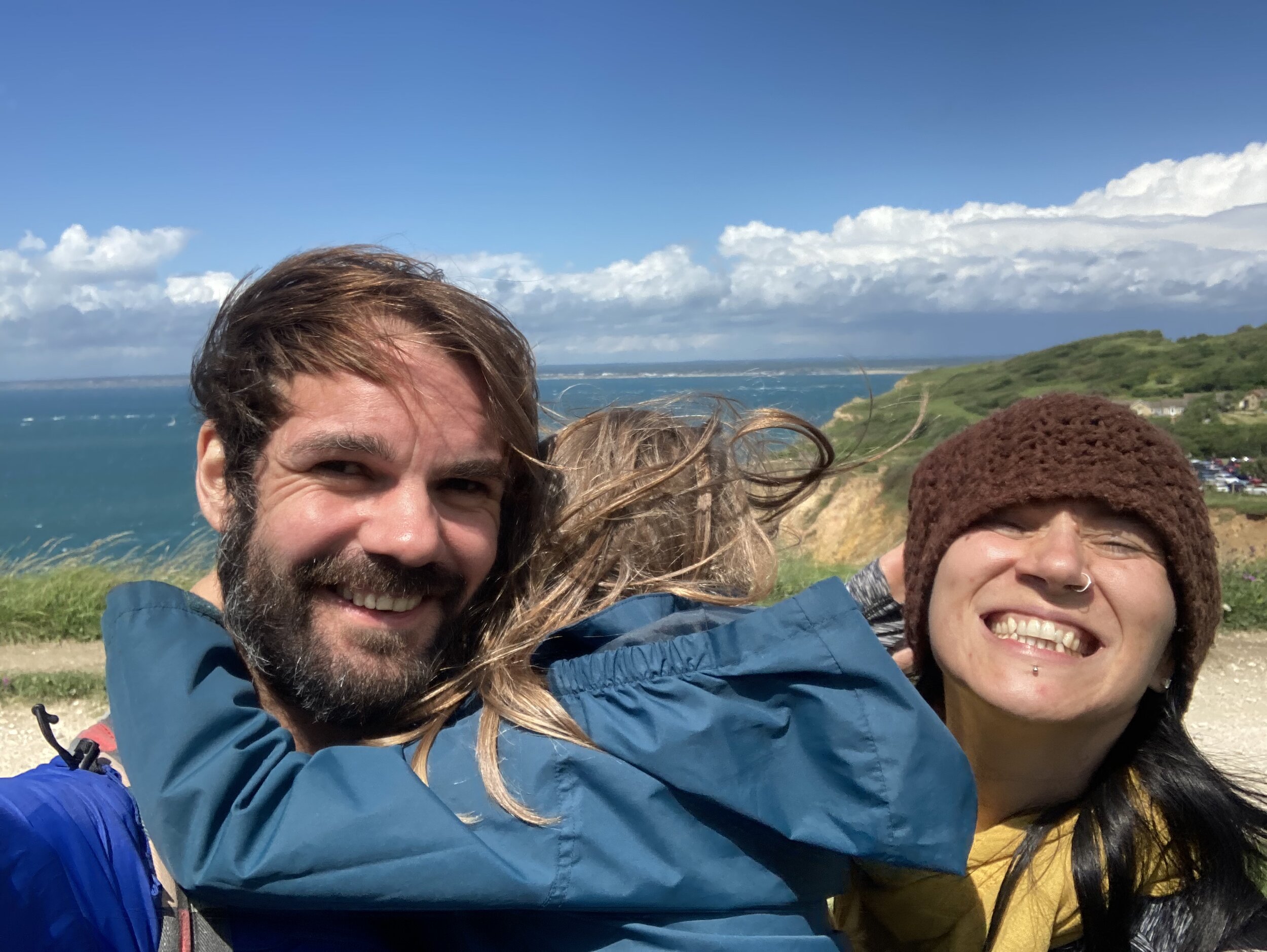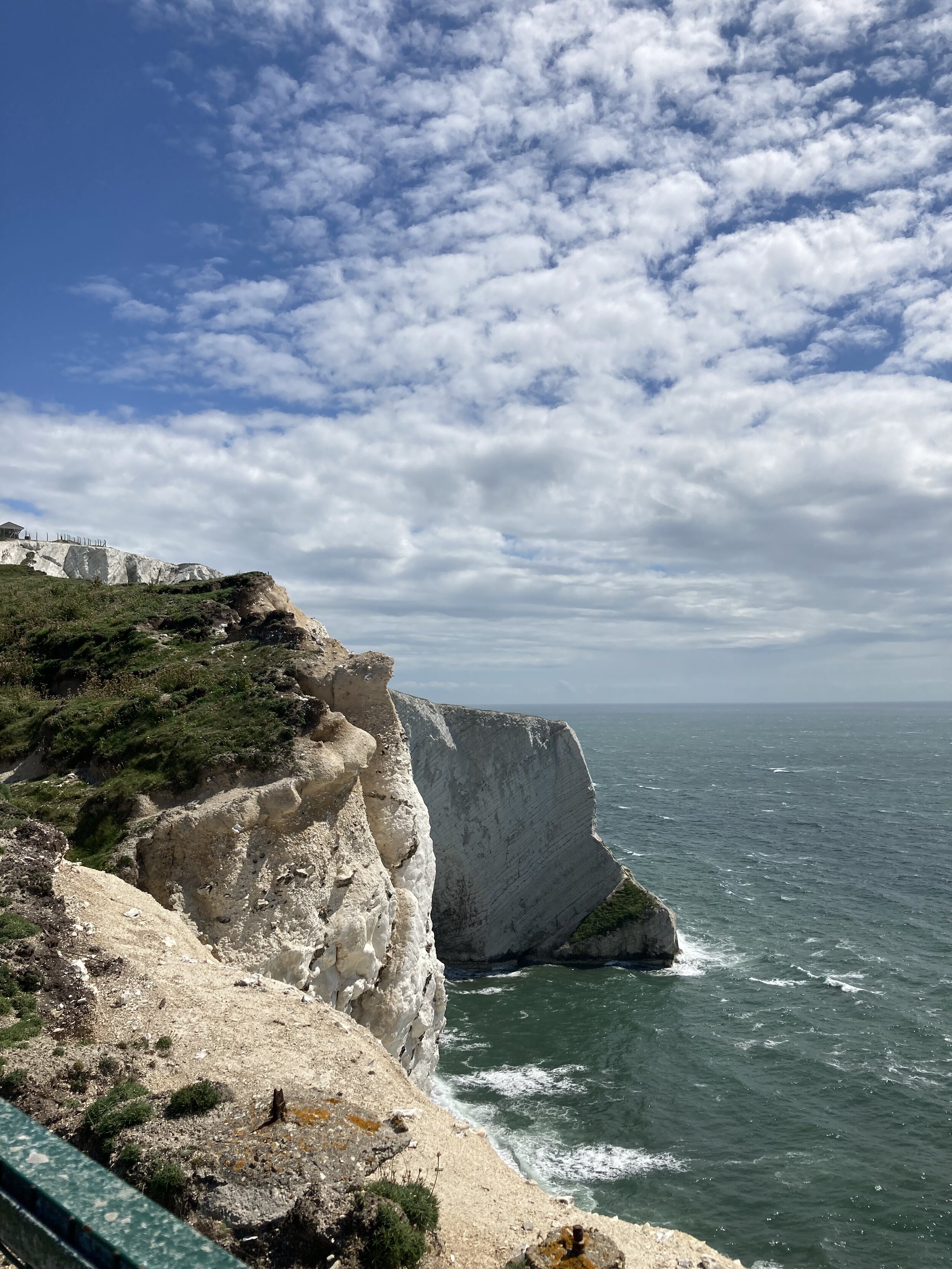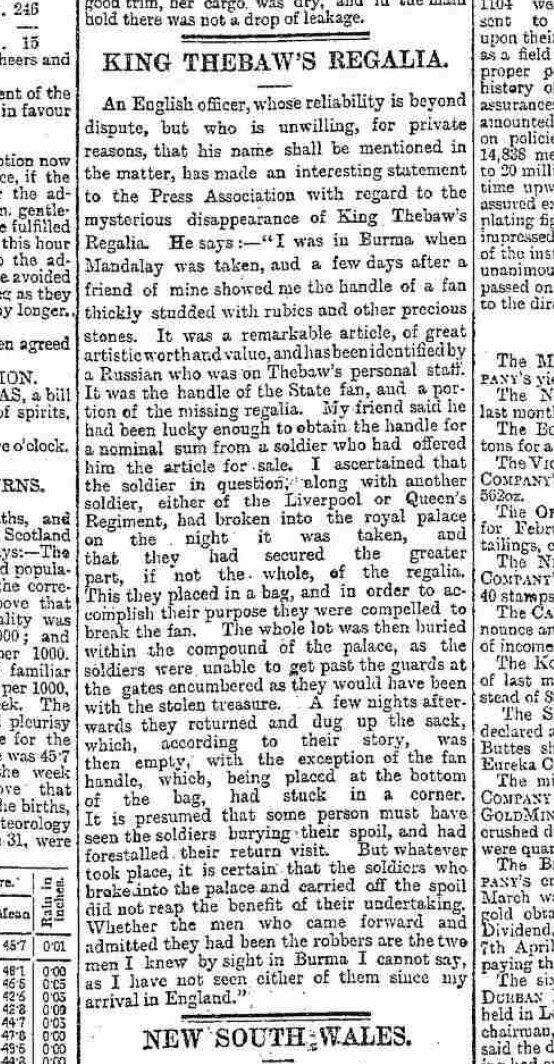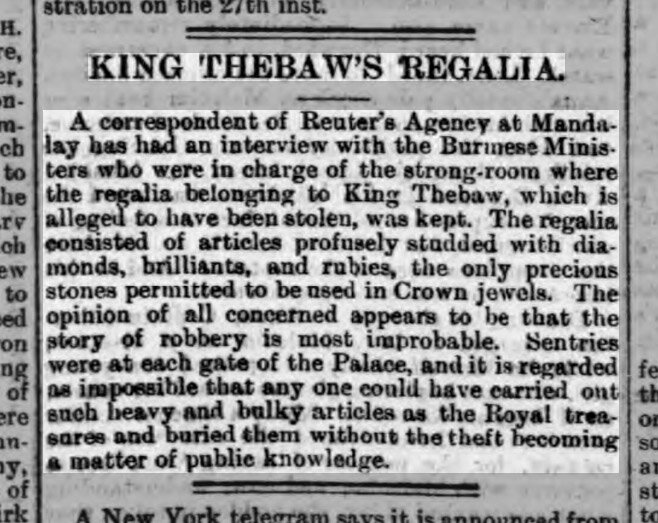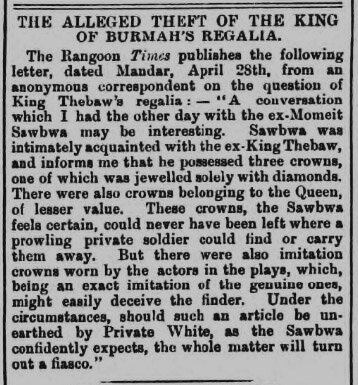The low soupy mists were slow to shift on this early Autumn morning. I awoke to the angry vibrations of a mobile phone from some dark corner of our bedroom. Not expecting any such wake up call, and struggling to see through bleary morning vision, I strained to see the culprit… Unknown Caller!
I do not often answer calls from unknown numbers. I have retained the same phone number for many years, and as such, it appears to have found its way onto endless lists of call centre criminals. Yet something about the timing of the call was curious, and before I could consider the potential dangers ahead, I had clicked the green symbol to accept the call.
To my surprise, the caller did not confront me with an awkward quizzing about some imaginary accident for which I could be due compensation, but was a low, learned voice who offered a direct introduction and some intriguing instructions. She was sharp and to the point.
There was an old house nearby, by the name of Calke Abbey. The house had a rather mysterious history and held a treasure trove of antiquarian hoarding, filled with countless trinkets of a spectacular, surreal, macabre and sinister nature. In recent weeks, a strange incident had occurred upon the nearby Staunton Harold Reservoir. The caller recounted a tale of melancholy, terror and woe.
A mournful figure had been rescued from a raft, way out in the most isolated of reservoir waters. After some time assisting the man, it became clear he was of a surprisingly intellectual nature but appeared severely troubled. When pressed, he admitted to being out so far in the wilderness pursuing what he called, a Daemon. The poor soul went on to explain how his story was connected to Calke Abbey, a terrifying and mind expanding episode in the human endeavour for godliness.
Being aware of our family interests, the lady on the phone wished for us to visit the property, hear the tale in full and explore certain objects in the Calke Abbey collections which were, he claimed, connected to the unfortunate stray.
It was an unusual time for investigations. Dark spirits are frequently abound during this season. As far back as traditions reach, All Hallows Eve has been considered a liminal period, a time when the veil between the dead and the living could be lifted. A good time to stay home and stay safe, but the call had piqued our interest and so we gathered supplies, called in reinforcements from the Archaeograndfolk and set off for Calke Abbey.
Calke Abbey is a Baroque mansion which stands on the site of an Augustinian priory, with origins in the 12th century. Following the migration of the priory Canons to Repton, the site became a subordinate cell of Repton Priory. The estate passed through several hands following the dissolution of the monasteries by Henry VIII. The first to buy the lease for the estate was John Prest or Priest, a member of the London Grocers Company.
This is where our unfortunate drifter’s story began. For the ancient origins of the Apothecaries is tied to that of the Grocers. ‘Grossers’ had originally been responsible for the import and dealing of wholesale goods, including medicines, drugs, confectionaries, perfumes, spices and many other unique and exotic items. Since medicines in the 16th century were mostly based on imported herbs, London apothecaries and grocers were extremely familiar and as such, many of the apothecaries were members of the Grocers Company of London.
John Prest had sinister associations with such exotic imports, and it seems, a penchant for the dark arts. Our rescued gentleman spoke of secret laboratories in the deep catacombs of the estate, where Prest had dabbled in various forms of ancient magic in an attempt to reanimate the dead. His attempts had been unsuccessful, but had laid the foundations of scientific curiosity that would plague the heirs to the estate for centuries to come.
In 1585, the house was sold to extreme protestant Robert Bainbridge. Most believed that Bainbridge chosen Calke as a home knowing the parish was not under the control of a Bishop, therefore his puritan worship could remain unnoticed. According to the mysterious, recently rescued gentleman however, there was another more ominous reason for his being drawn to Calke.
Bainbridge was imprisoned in the Tower of London for disagreeing with Queen Elizabeth’s Church settlement. Whilst here, rumours spread that he was visited frequently by that most curious of characters, Dr John Dee. Dee was a mathematician, astronomer and teacher but was perhaps better known for his obsession with the occult. Our fellow claimed that Dee had been intrigued by the ancient alchemy of John Prest and between himself and Bainbridge, a plan was hatched to conduct experiments using ancient potions with modern technologies of the age. Little is known of the results, but there were unusual screams and wails witnessed on the estate over the decades following Bainbridge’s release from the Tower.
Calke Abbey eventually found its way into the hands of Henry Harpur in 1622, for the bargain price of £5350. The estate would remain in this family for twelve generations before the National Trust took over stewardship in 1985. It was Henry, 7th Baronet, who was responsible for beginning the vast collection of natural history which still adorns the house. During this period of 18th century enlightenment, the pursuit of intellectual science was considered of particular refinement and interest to many in high society. He also had a great interest in art, built a library and studied technology and society.
The fellow found adrift explained that during this period, the first glimmer of success had been attained. Henry’s so called interest in natural history combined with a fascination in modern science and technology had a more alarming objective. The gathering of corpses, the selection of anatomical literature, it all led to the same end, reanimation. The goal was gathering pace.
Following the death of Henry, 7th Baronet in a riding accident, the devout Christian, George Crew became the 8th Baronet. George focussed his mind on the community, rebuilding churches and funding new schools, ensuring better conditions for local people. He devoted his life and time to his family. He retained a passion for collecting and added many important artworks to the house. Whilst the unnatural pursuits quietened during this period, it seems they did not altogether cease, personal tragedy and family turmoil ensured the practice continued throughout the coming generations, albeit to a lesser extent. It only regained its fierce thrust in the practice upon the introduction of Sir Vauncey!
The 10th Baronet, Sir Vauncey Harpur-Crew continued the family fetish for natural history, delighting in the house gardens and adding to the already globally significant natural history collection, bringing all manner of specimens from various hunting expeditions.
Our storyteller explained how these respectable pursuits masked a far more insidious desire. To bring back a life from the dark clutches of death! And eventually, or so our drowned desolate castoff claimed, the age old desire had recently become an achievement!
Using the mass of collected artefacts and documents in the house, ancient relics of curative magic, dedicated, thorough studies of science and technology, medicines, herbs, spices, potions, literature, spells and blended with more than a little demonic ritual, a life had been wrenched from the eternal nothingness of death. Our friend on the reservoir had been hunting the demon, a demon that he himself had created. His hunt had been to no avail. The creature he had brought back to the world had taken on a will and strength of its own, and had left the poor creator in a very sorry state.
Hearing this incredible tale upon our arrival at Calke Abbey, we were keen to explore the house and discover the life producing laboratory for ourselves. Audrey led the way beneath the stone doorway and into the waiting room…
We were instantly face to face, with death.
Death was in the air and all around us. It hung on the walls in rows of severed heads and limbs. It stared back from macabre landscapes in curious glass cabinets. It was delicately stacked upon rickety shelves, masking the peeling wall paper and crumbling plaster. It was in the sombre faces of ancient portraits, each long removed from this mortal realm. Death was definitely on display. But what of life?
We continued through the incredible mansion. Dim lamp light illuminated countless stacks of curiosities covered in dust, faded paint and rusty metals, unmoved for centuries. Faces stared back from the dark, all kinds of faces, the waxy dead eyes of ancient portraits, the black hole cavities of dolls and rocking horses, the tentacled and teeth laden terrors of the insect and animal world. Libraries were stacked to the ceiling with ancient manuscripts covering every interest and intrigue of previous owners. Prehistoric weapons, items of ritual, medieval curiosities, worldwide trinkets of the macabre, all clustered together and labelled erratically. The entire house was a true cabinet of curiosities and we were gawp as if at the zoo.
Having scaled the heights of the building, we finally descended into the tombs, tunnels and catacombs. We rushed through pitch black alleys, moved delicately through old kitchens and stores where butchery was rife and the deliveries of all manner of specialist merchandise would arrive. Eventually we reached a tunnel, it was lit by candles alone and stretched hauntingly into the unknown darkness. There was no end in sight but we were informed this was where the demonic creature had been risen from its place in the underworld.
Treading carefully, we made our way through the brick lined passage, darkness engulfed us. Strange noises seemed to escape from the very stone we stood upon, the temperature seemed both blisteringly hot and freezing cold at once. We huddled close for safety and stumbled forwards, not knowing what fortune might await us. Ahead a light flickered menacingly. We picked up pace, hoping that light meant safety, desperate to retreat from the gloom and terror. As we reached the glowing chamber, we discovered the incredible miracle our host had described. The creature had returned to its place of rebirth. From the grasps of agonising death, it had risen, stronger and more wonderful than it had ever been in life. It was a spectacular site, its body and limbs renovated and conserved, the light burning bright. Rescued from the cliff edge of destruction, a survivor of death.
We gasped in unison as we looked upon… the National Trust gift shop, a testament to the heroes responsible for the resurrection of this incredible estate.
With another successful adventure complete, we enjoyed hot chocolates and cake before heading for home. If you are curious to see a corpse brought back to beautiful life, then Calke Abbey is definitely the place for you, but beware… it still seeks a bride!

